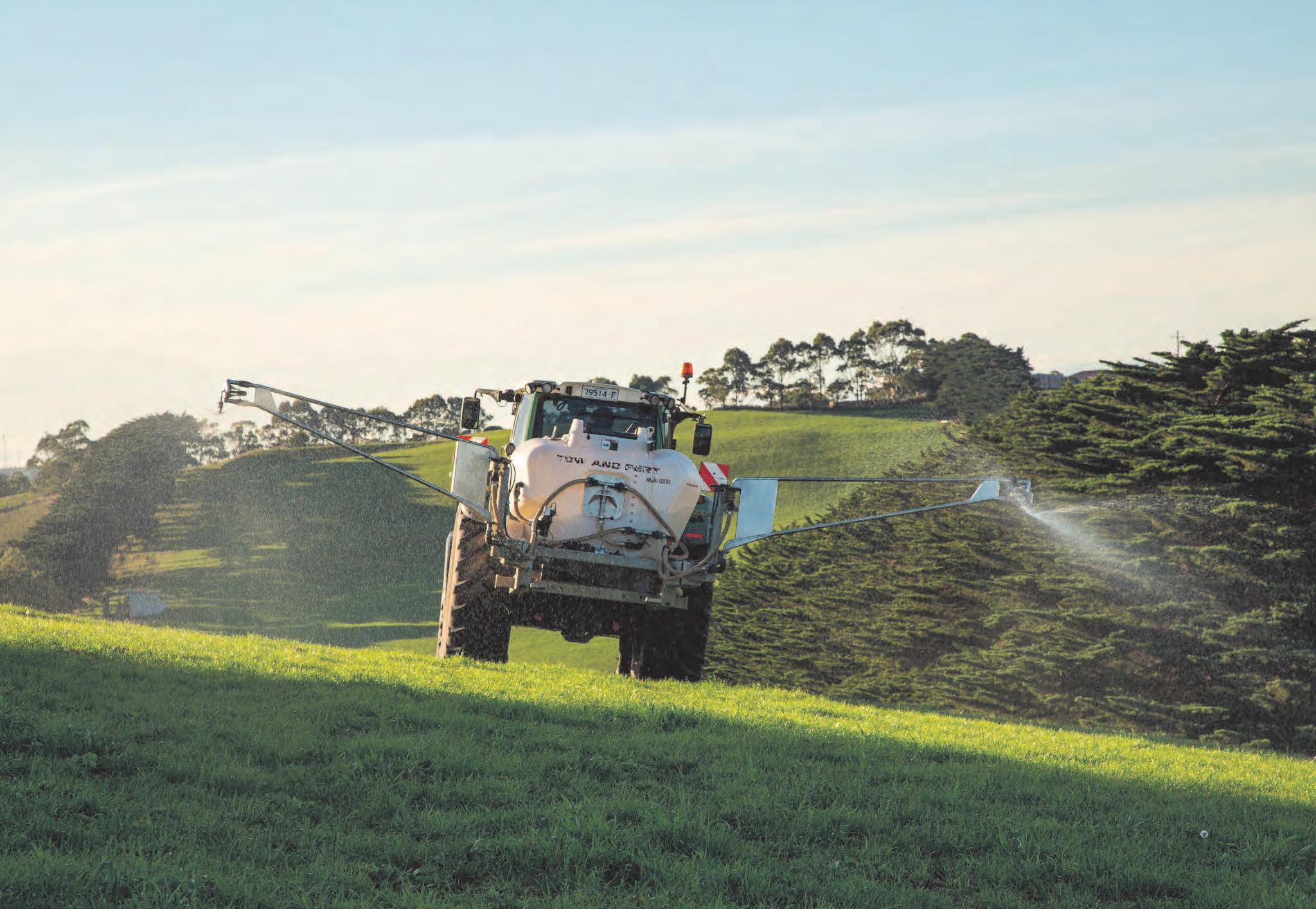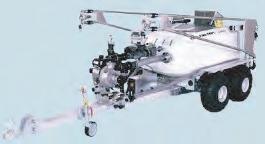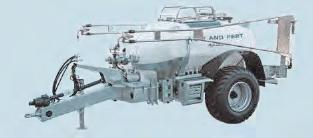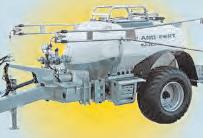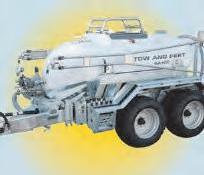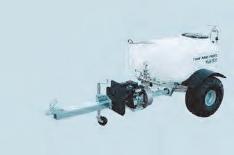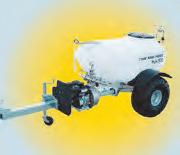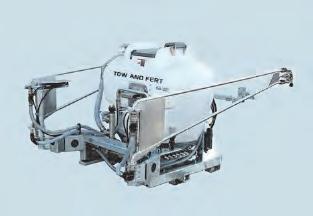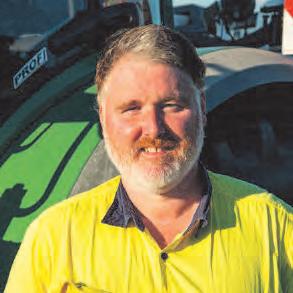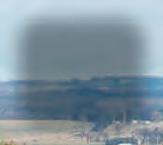
















ProfeSTART PROBIOTIC GEL is a micro-encapsulated, multi-strain probiotic, containing live (viable) naturally occurring microorganisms; fed to calves, dairy cows and beef cattle during times of stress.

Guaranteed analysis: 3 Billion CFU/g.
Application – convenient and easy-to-use digestive aid
Performance – improve health and recovery during times of disease, stress, ill-thrift & gastric upset
Price – exceptional value for ease of application
Natural formulation based on global research, development and innovation
Tried, tested and proven worldwide
Unsurpassed product quality, performance and on-farm infant animal rearing support Endorsed by leading professionals and calf specialists
Available from leading retail outlets nation wide
Newborn survival is dependent on their ability to stand and suckle first colostrum which is rich in energy, protein and disease fighting proteins (lgG). ‘At-Risk’ newborns that are unable to mobilise their energy reserves will benefit from ProviCo ENERGY BOOST so they can stand up, suckle and feed strongly.
FARM GATE milk prices have been driving conversations for a number of months now, and with a lot of price movement within the month following June 1, competitive pressure to secure supply among processors reigns supreme as the key driver of farm gate milk prices offered to farmers.
In addition to the longer-term headwinds around competition for land and farm exits, Australian milk production faced a number of other challenges within the 2022-23 season.

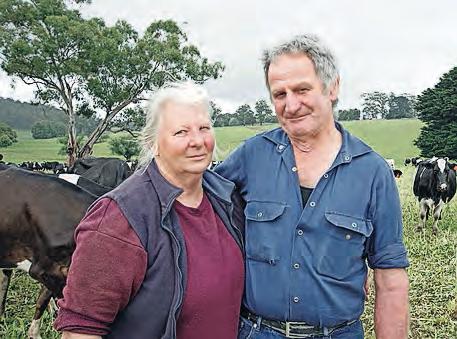
While many were already facing inflated input markets, flooding emerged as an acute and immediate blow to production in a number of regions.
After initial expectations of a steady milk pool, this led to a forecast contraction of between four and six per cent from the previous season’s volumes.
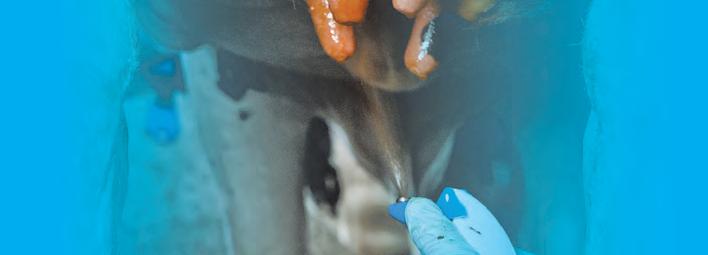




While there has been year-on-year growth recorded in some regions in the final months of the season, these events were the catalyst to declining production across the country.


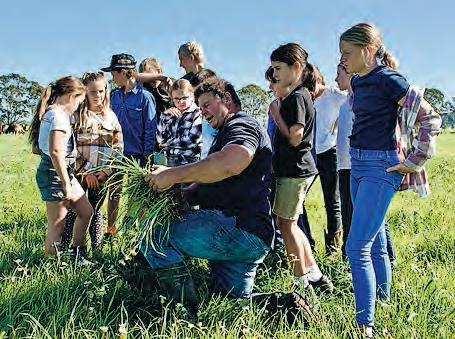
This has reinforced a supply landscape where there is less milk available and excess processing capacity (particularly across Victoria), resulting in processors raising prices offered to farmers in order to stay competitive.
Moving into this new season, Dairy Australia is forecasting that milk production is likely to find some stability around the eight billion litre mark, ensuring the competition to secure milk seen last season flows through into 2023-24.
This is despite export commodity prices diving substantially compared to the same time last year.
Presenting a significantly different global dairy market to a year ago, supply growth out of the United States, parts of Europe and New Zealand (particularly during the second half of the season), and wavering demand from importers, has dampened commodity prices.
Inflation has hit the purses of consumers globally and importers are only willing to purchase as needed, or as they find a ‘good deal’.
As such, the influx of exportable product available over the past 12 months has been struggling to find homes, particularly as domestic consumption in key exporting markets also adapts.

Even though the more export focused Australian processors are facing these pressures at the opposite end of the supply chain, they have had little room to move in terms of offered milk prices.
Throughout the more export-focused southern regions, milk price declines of up to 10 per cent were apparent since minimum opening milk price announcements, reflecting the adjustments made to account for significantly lower export returns and an attempt to ease manufacturing cost pressures.
This was quickly followed by subsequent step-ups from both large and smaller processors across the country.

By July 1, offered milk prices for the season finished close to where they sat in 2022-23, despite suppressed prices for exported product now being a reality.
So, while there are significant challenges being presented at one end of the supply chain for many processors, it is evident that the competition to secure milk remains just as strong as last season, with above average milk prices setting the scene for another season.

Isabel Dando is a Dairy Australia industry analyst
THE AUSTRALIAN dairy industry has welcomed the news that talks on the country’s free trade deal with the European Union have stalled, sending a blunt message “no deal is better than a bad deal”.

Australian Dairy Industry Council chair Rick Gladigau thanked Trade Minister Don Farrell for holding the line and not accepting an inferior agreement without genuine market access concessions from the EU.
Throughout the negotiations, the EU has sought to impose geographical indications (GIs) on Australian dairy manufacturers.
If introduced, this would block Australian companies from using product names such as feta and parmesan. Such a move is expected to result in lost sales, which could cost the industry up to $95 million a year.
“The GIs claim is really just a way of facilitating greater access to the Australian market for subsidised EU product, while stifling genuine competition for Australian products,” Mr Gladigau said.
“The claim would also impact the sales, profitability and productivity of Australian dairy businesses.
“GIs also hamper the ability of new Australian entrants to the market and goes against the Australian dairy industry’s support of free and fair trade.
“The dairy industry thanks Minister Farrell, along with Agriculture Minister Murray Watt and the Department of Foreign Affairs and Trade negotiators for their genuine engagement and support to date and looks forward to continuing to work with them.”
Negotiations over the EU free trade deal broke down in July, although it is hopeful
another round will start this month.
“We continue to argue that the sensible thing to do ... is to establish meaningful economic access for Australian agricultural products into the European markets,” Senator Farrell said.

“I’m confident that if there’s goodwill, if we can make progress towards an agreement, that we’ll have good news for Australian businesses and Australian producers.”
A European Commission representative said in a statement progress had been made on the free trade agreement but “more work is required to address key outstanding issues”.
Federal Treasurer Jim Chalmers said the government was committed to securing a deal.
“This is a big market for our exporters, our farmers and workers,” he said.
“We want a good deal here but it cannot be a deal at any cost. If it takes a bit longer to strike a deal which is in Australia’s national interest, then so be it.”
National Farmers’ Federation chief executive Tony Mahar backed the Federal Government’s strong line on negotiations while remaining optimistic an agreement could be struck.
“We applaud Minister Farrell and the negotiating team for rejecting a sub-standard deal,” Mr Mahar said.
“We’re hopeful that with some grit and goodwill from both sides, we can get this thing done in a way that benefits everyone, including Aussie farmers.”
Negotiations were launched in 2018 to seal an agreement that could especially benefit Australian exports of cheese, beef, sheep meat, sugar and rice, which are significantly constrained by EU tariff quotas.

Emu Banks Holsteins has taken out the Highest BPI Award at the National Herd Development Winter Fair for the second year in a row with Emu Banks Lambda Carly 13614.
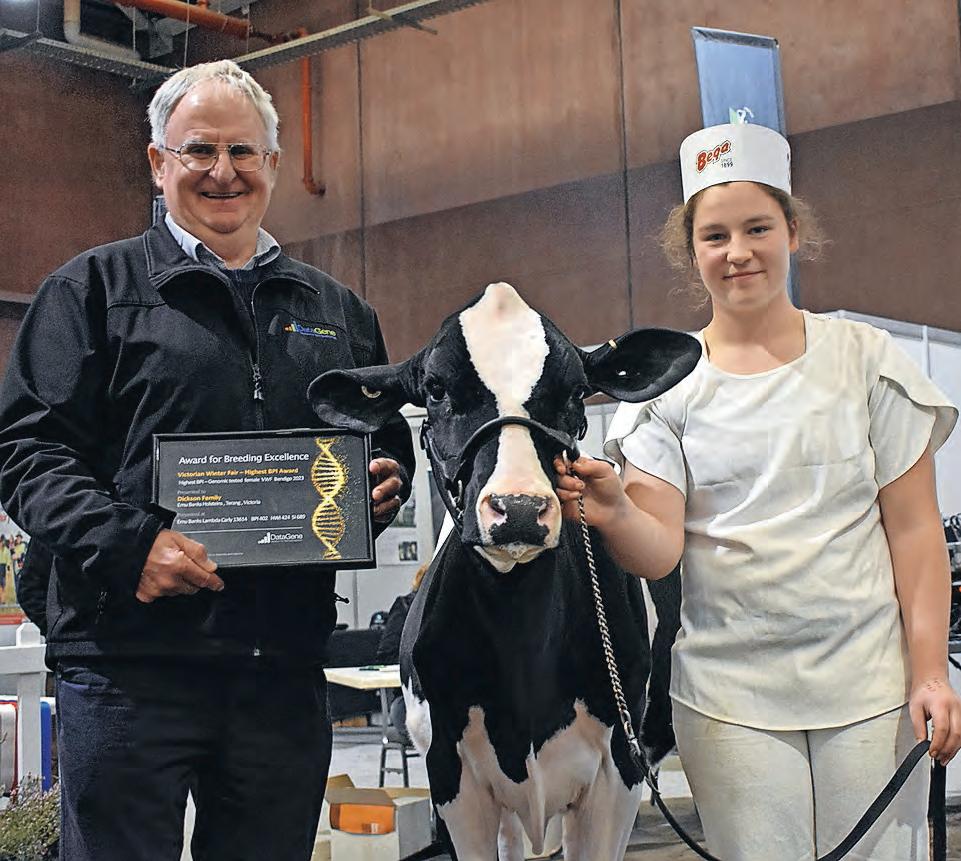
The Balanced Performance Index (BPI)
Highest Female Award was presented by DataGene in collaboration with Holstein Australia and the Winter Fair Committee.
The BPI is a measure of an Australian dairy animal’s genetic merit for the combination traits that contribute to a profitable business including production, health and fertility, overall type and feed efficiency.
At just 15 months old, Lambda Carly’s genomic results provide detailed insight into her future performance.
Of all the females entered in the Winter Fair, Emu Banks Lambda Carly 13614 had the top BPI calculated by DataGene in the June 2023 genetic evaluations. At BPI 402, she sits in the top one per cent of Australian Holstein females.
Peter Williams, from DataGene, congratulated breeders Bryan and Jo Dickson from Terang in south-west Victoria.
“Most dairy farmers want to breed cows that will have long, productive lives in their herd,” Peter said.
“To do this they need a combination of traits for profitable production and strong conformation and the genes to produce the next generation of great cows.”
Lambda Carly’s high BPI comes from an exceptionally high Protein Australian Breeding Value (ABV) and well above average ABVs for health traits such as Cell Count, Mastitis Resistance, Daughter Fertility and Survival.


“We congratulate the Dickson family on their success in breeding outstanding cows and presenting them at the Winter Fair,” Peter said.
Not only does Lambda Carly have a big BPI she also performed well in the show ring, placing fourth in Class 7 for a winter calf born 16/8/22 - 30/9/22.
The National Herd Development Winter Fair was held in Bendigo, Victoria, from June 27 to 29.

More Winter Fair stories on pages 18 to 21.
Ultra fine 20 micron particles in every granule means 100% efficiency for faster results than traditional bulk products. Whether you are using Ozcal Lime for pH adjustment or Ozgyp gypsum to improve soil structure, a quick robust result will give immediate benefits to your pasture/crop.


It has also been proven that fast reaction of ultra fine particles does not come at the expense of long term results.
 The ADIC wants a fair deal for Australian dairy products exported to the EU.
The ADIC wants a fair deal for Australian dairy products exported to the EU.
CONCERNS HAVE been raised over Coles’ plan to buy two milk processing facilities, with the consumer watchdog questioning whether it could send prices down for dairy farmers.
The supermarket giant is proposing to buy the plants in Victoria and NSW from Canadian dairy company Saputo.
The Australian Competition and Consumer Commission, along with a “significant” number of industry players, have raised concerns given it will result in major changes to the industry.



The watchdog will consider whether the acquisition will give the supermarket giant greater power and bargaining influence on the market.
That could lead to reduced competition at the wholesale level, impacting milk processors with flow-on effects to farmers in NSW and Queensland.
Coles chief executive Leah Weckert is confident any concerns can be addressed.
“We see no lessening of competition in any relevant market, noting that Coles already acquires approximately 80 per cent of the volumes at the facilities,” she said on July 20.
The ACCC will also weigh up the chances of Saputo leaving the NSW milk market after the acquisition, which deputy chair Mick Keogh said would concern farmers.
“If Saputo does exit NSW as a result of the acquisition, this would leave limited competition in regions of NSW, which could result in farmers receiving lower prices for their raw milk,” Mr Keogh said.
“We have heard strong concerns across the industry about how the acquisition will strengthen Coles’ position in the dairy supply chain.
A group of disaffected Victorian farmers have formed a breakaway representative dairy body .
The group, Dairy Farmers of Victoria, comprises most of the current United Dairyfarmers of Victoria policy council, which is part of the Victorian Farmers Federation.
The new president, Mark Billing — who also remains president of the UDV — said the farmers were unhappy with the lack of resources available to the UDV under the VFF umbrella, and want to establish a model similar to one operating in South Australia, where the dairy farmers have an independent body which still works with the broader farm advocacy group.
Mr Billing has met with the VFF and hopes they will agree to a co-operative model, but is prepared to go it alone if that doesn’t work.
He said Victorian dairy farmers contribute about $1 million annually to the VFF and dairy does not have a dedicated staff member within the organisation.
He said the lack of resources made it difficult to effectively lobby on issues like the Murray-Darling Basin water recovery plans, which were critical to irrigation dairy farmers in northern Victoria.
Among the 11 foundation members of the new group are northern Victorian farmers Ann Gardiner, Craig Emmett and

Nathan Shannon.
Mr Billing said the disaffected farmers had been developing the group for about six months, had created a constitution, been allocated an ABN and opened an account.
While some financial contributions had been made, he said they weren’t actively seeking subscriptions until they had determined how the relationship with the VFF was going to work.
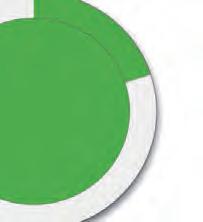
VFF president Emma Germano said the VFF had no capacity to stop the creation of a new group, nor would they want to go against the will of anyone who wanted to start an organisation.
“I suggest it is an opportunity in this constitutional review we are doing to consider how the UDV operates,” Ms Germano said on ABC Country Hour
“Everyone would agree we need a strong, unified voice and we are in discussions with Mark about how we can move forward given concerns that have been spoken about.
“But it’s very early days in understanding ... the model that Mark and others are putting to the VFF.”


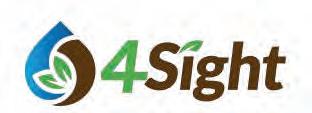

Asked about the lack of commodity policy officers, Ms Germano said they had asked farmers what advocacy they needed and in a survey, more than 75 per cent said cross commodity issues are what are

“Many industry participants have expressed concerns that the acquisition will result in Coles consolidating its private label milk production, which would increase its bargaining power in negotiations with dairy processors and dairy wholesalers.”
Should Coles’ bid be successful, it will be the first time a supermarket will own and operate its own milk processing facilities.
NSW and Victorian farmers currently sell raw milk to the supermarket giant, which is turned into Coles-brand fresh milk under arrangements with dairy processors, including Saputo.
The two Saputo plants Coles wants to buy are at Laverton North in Victoria and Erskine Park in NSW.
While Coles is by far the largest customer of these two facilities, they do supply a range of


other milk products to retailers.


Australian Dairy Farmers president Rick Gladigau said ADF was reassured by the ACCC’s announcement that it would progress the review of the proposed acquisition with a formal Statement of Issues.
Mr Gladigau said this decision suggested the ACCC recognised there were potential competition concerns that warrant further investigation.
“Dairy farmers need strong competition for their milk at the farm gate. ADF does not wish to see a sale that disadvantages dairy farmers in the long-term,” Mr Gladigau said.
“ADF looks forward to engaging with the ACCC further to ensure an outcome is achieved that benefits — or at least does not disadvantage — dairy farmers and the market, more generally.”
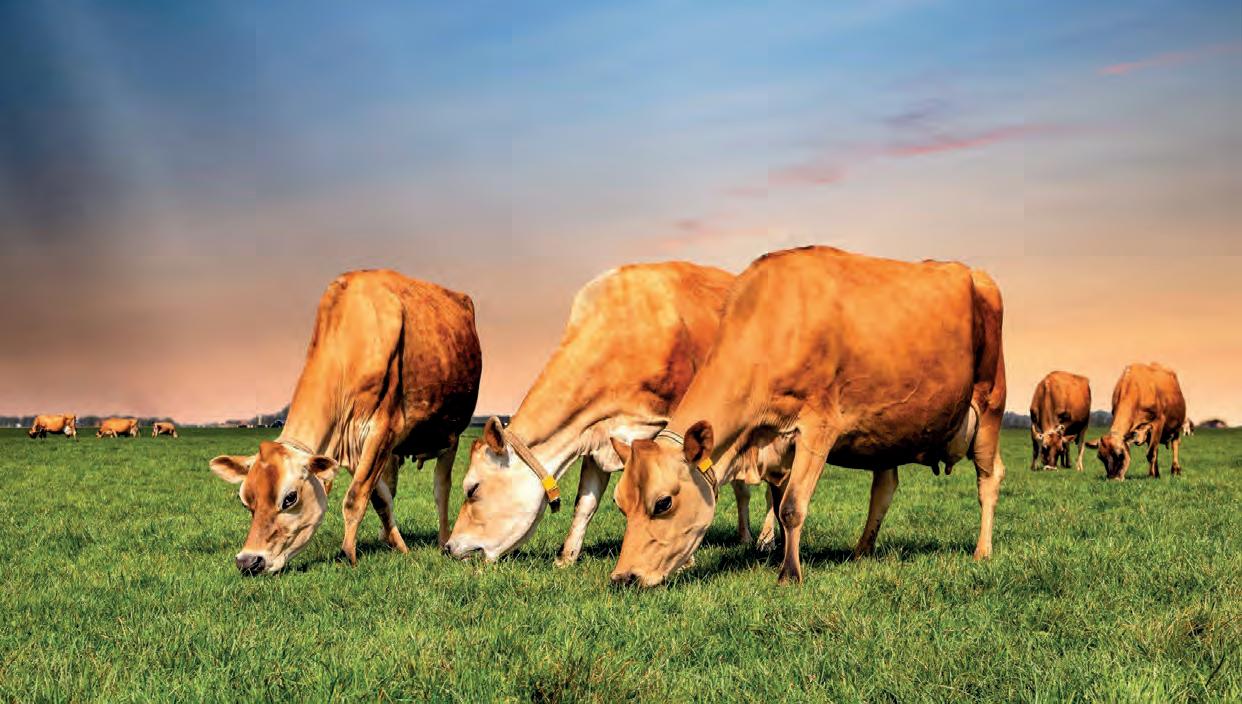
important.
She said the old model had led the organisation into debt, loss of members and losing influence with government.
Asked about the loss of revenue if they lost dairy farmers, she said the VFF had its own resources to support it, if it experienced a membership loss.
Mr Billing operates a 400-cow dairy business at Larpent, near Colac, with his

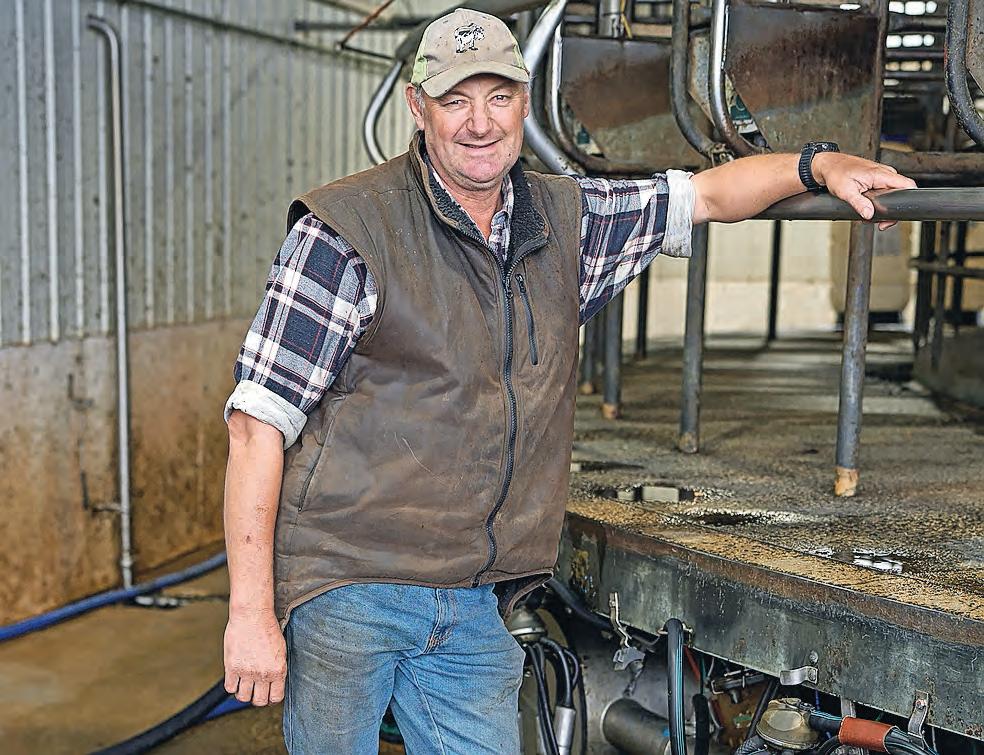
wife Sam Simpson, and supplies dairy processor ACM.
He is a former deputy chair of WestVic Dairy and a former director of the Bonlac Supply Company, served on a Fonterra advisory body and has also been a CFA group officer.
The VFF annual conference was being held on July 24 and 25 as Dairy News Australia went to print.
ROB AND Jenni Marshall have just begun their fourth season since they changed from twice-a-day to once-a-day milking.
Their production system returns from oncea-day milking are sufficient to make it financially worthwhile.
The herd of largely Holstein cows produces 300kg of milk solids. The herd is also maintaining its fertility, retaining a 17 per cent empty rate.
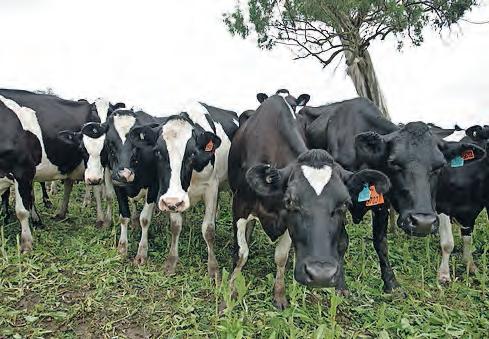
In the past couple of years, Rob and Jenni have made changes.
Their dryland farm is 67 hectares of undulating country at Lardner in south-eastern Victoria, in a high rainfall zone of 1000mm.
Rob said when they were milking twice a day, the couple had retained lease country for several years. That enlarged their holdings to 121ha. They also leased outblocks for dry cows and raising heifers.
This enabled them to build their herd size to 320 cows while they were milking twice a day.
“We leased a farm and built up an asset [in cow numbers],” Rob said.
In the first two seasons of milking once a day, they reduced the herd size to 270 cows. After giving up the leased farm a year ago, they reduced the herd size again, to milk 160 cows.
That is now their optimum number, given the amount and type of country they are on.
“We sold the excess cows and cleared most of our debt,” Rob said.
The couple also sold their Holstein heifers into the export market, only retaining a few each year for the herd.
This year, they will calve down 200 cows, and reduce back to 160 milkers, turning off older cows and any with mastitis problems.
“They’ll go straight up the race and onto the truck,” Rob said.
They will also keep their heifer calves and begin rebuilding a younger herd going forward.
“Last year we were still selling export heifers, keeping few of our own,” Rob said.
“We bought in half-a-dozen heifers, and kept good milking cows that have a bit of age on them.
“We have 38 heifers to calve this year, and we’ll turf out the equivalent from the cow herd.”
Rob and Jenni have also tightened their spring calving pattern in the past couple of years.
The decisions around joining is Jenni’s domain.
They joined the herd over three weeks of artificial insemination, using dairy sexed semen for the first two-thirds of the herd.
Then they used Angus semen at the end of the AI program, and the herd was turned out with an Angus bull.
Their few heifers were joined with Friesian semen in a fixed time AI program, then ran in a paddock with a Jersey bull.
After pregnancy scanning, their overall empty rate was 17 per cent. The 17 per cent is a consistent rate with when they were milking twice a day.
The empty cows and heifers were sold when the herd was dried off.
“Jenni has identified 26 cows will have dairybeef Angus calves,” Rob said.
Calving began on July 26, for 20 days.
“We’ve really tightened up joining,” Rob said. “Last year we joined 95 per cent of the cows in the first three weeks.”
Reducing their land holdings to 64ha also saw a fair bit of pressure on their country, and Rob uses fertiliser and gibberellic acid to build a feed bank, especially ahead of the calving cows.
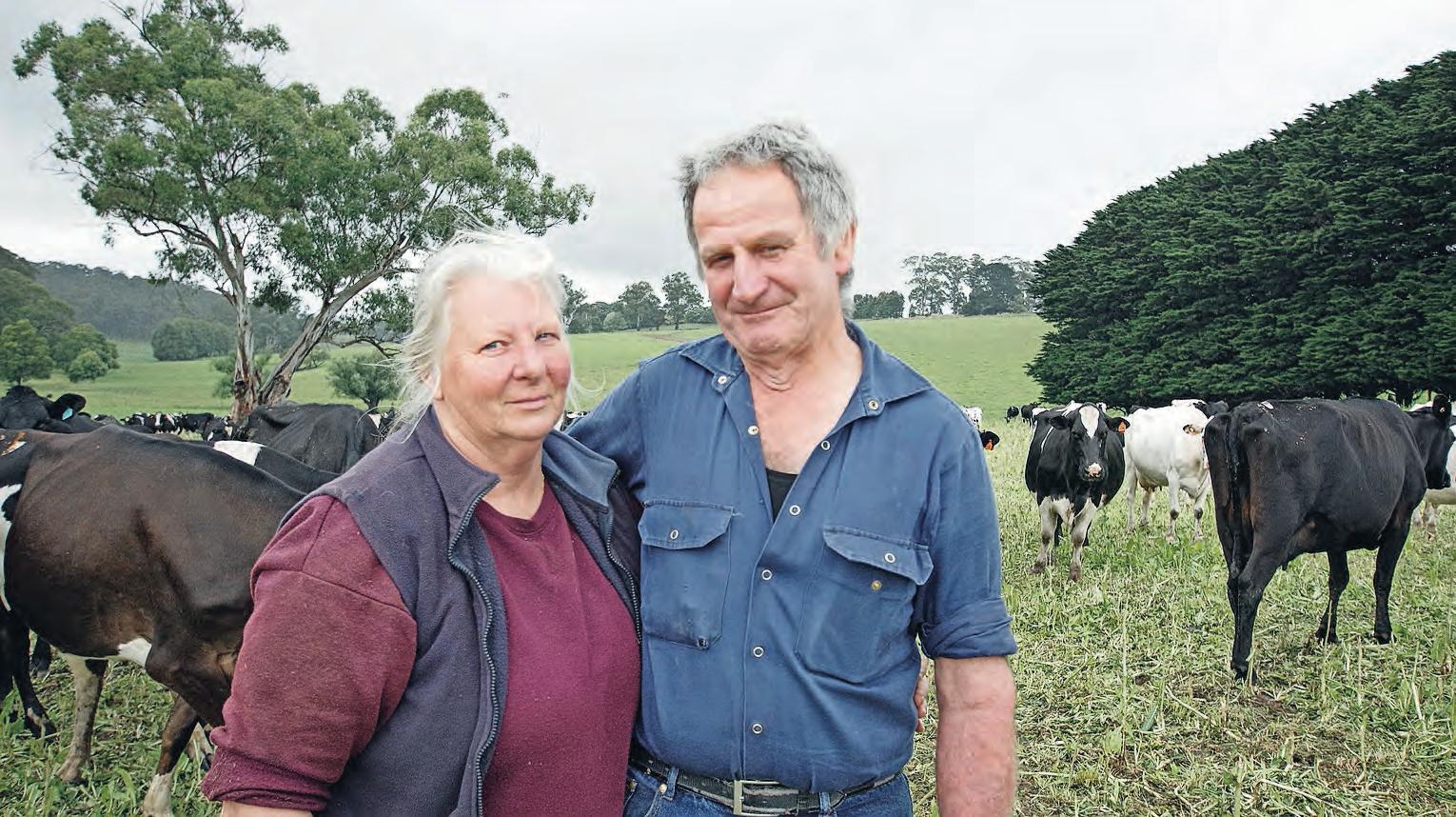
While he still harvests some fodder, these days most pit silage and hay is bought in.
He buys in silage, lucerne and oaten hay. He also looks for local opportunities to harvest fodder.
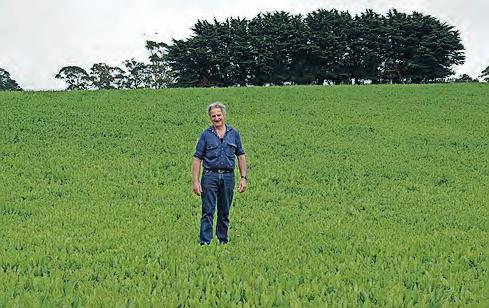
“When we were milking 230 cows, we had the pasture growth to the boards,” Rob said.
“We decided to buy in fodder, even when we reduced our milking herd to 160 cows.
“We’ve made some good contacts in the fodder industry and I said to Jenni, we’ll order early in the season for what we’ll want.”
At the beginning of last season, they also changed suppliers.
Rob has traditionally supplied milk to a large processing company, but a chance conversation at an on-farm discussion group led him to a small family-run cheesemaker.
“We’ve been supplying to Alba Cheese in these last 12 months,” he said.
“It’s a small, family-run factory, and we feel part of the family.
“Being a Holstein-cross farm, we’re standard milk producers.
“I was talking to a dairy farmer who was retiring from the industry and he was supplying
Alba Cheese. I was interested and he put me onto their field officer.
“There was an opening for a new supplier. Our system is easy to manage to supply Alba Cheese.”
The Marshall farm is one of about 10 suppliers.
Overall, Rob and Jenni are happy with their move to once-a-day milking.
“This year, we dried-off the cows for a shorter period,” he said.
“Production per cow has picked up over the past few seasons, even though we were milking them less; because we were able to feed them better as a smaller herd. Keeping condition on the cows is easier.
“This year we weren’t able to pick up lease country for the dry cows, and we kept them here and it was easier to feed them. We found they dried-off easier.
“At the end of the season the cell count sneaks a bit over 250, and we’ve found ways to manage that.
“There’s no lameness, and hoof condition remains good throughout the year. Fertility has improved marginally.”
Then there’s the lifestyle improvements, as both have found time for their hobbies.
“I muck around with old tractors and we’re decking out a shed to play around with that a bit more,” Rob said.
But the best thing is longevity as farmers.
“I’ll be 70 this year,” Rob said.
“Milking once a day means I’ll be able to keep dairy farming. I’m working because I want to work, not because I have to work.”
welcomes contributions from stakeholders in the dairy industry, and particularly from organisations wishing to advance the industry.
Contributions and photos can be sent to: editor@dairynewsaustralia.com.au
Letters to the editor on topical issues are also welcome.
Letters should be concise and carry the name and town address of the author, as well as a contact phone number, not for publication.
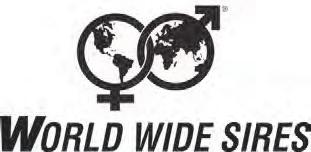
Your cow’s ears are full of vital information which tells you how they’re doing. Our ear sensors monitor your cows’ rumination, eating, inactivity, activity, ear temperature and high active behaviour. Giving you actionable insights about the health, fertility and nutrition of your herd, so you know exactly which cows to focus on – and why. www.cowmanager.com



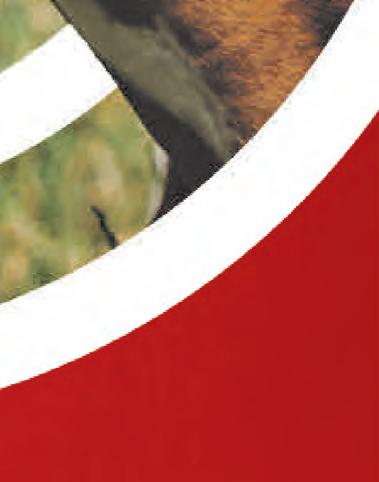


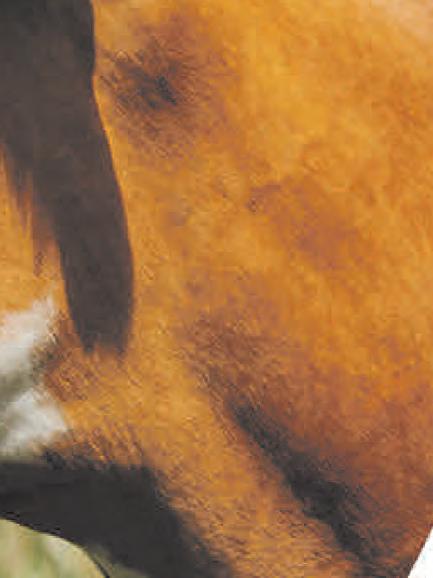



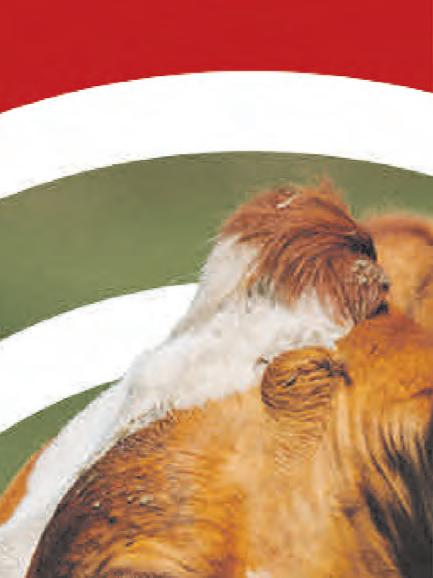


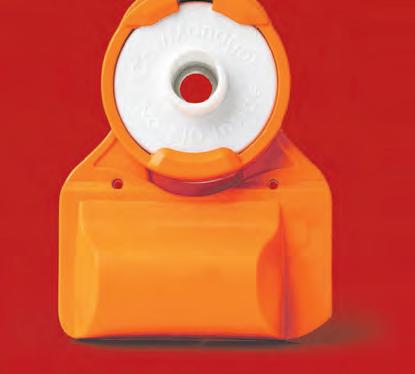






JOSH KEIGHTLEY and Remeny McCann faced some big challenges as they approached their first sharefarming agreement.
With mastitis and the herd’s cell count unacceptably high, the young couple knew they had to make some major adjustments to set off on the right foot.
They did, and the changes have worked perfectly. They launched into the next phase of their careers as sharefarmers on July 1 with a clean bill of health for their herd and the benefits of a fresh milk contract.
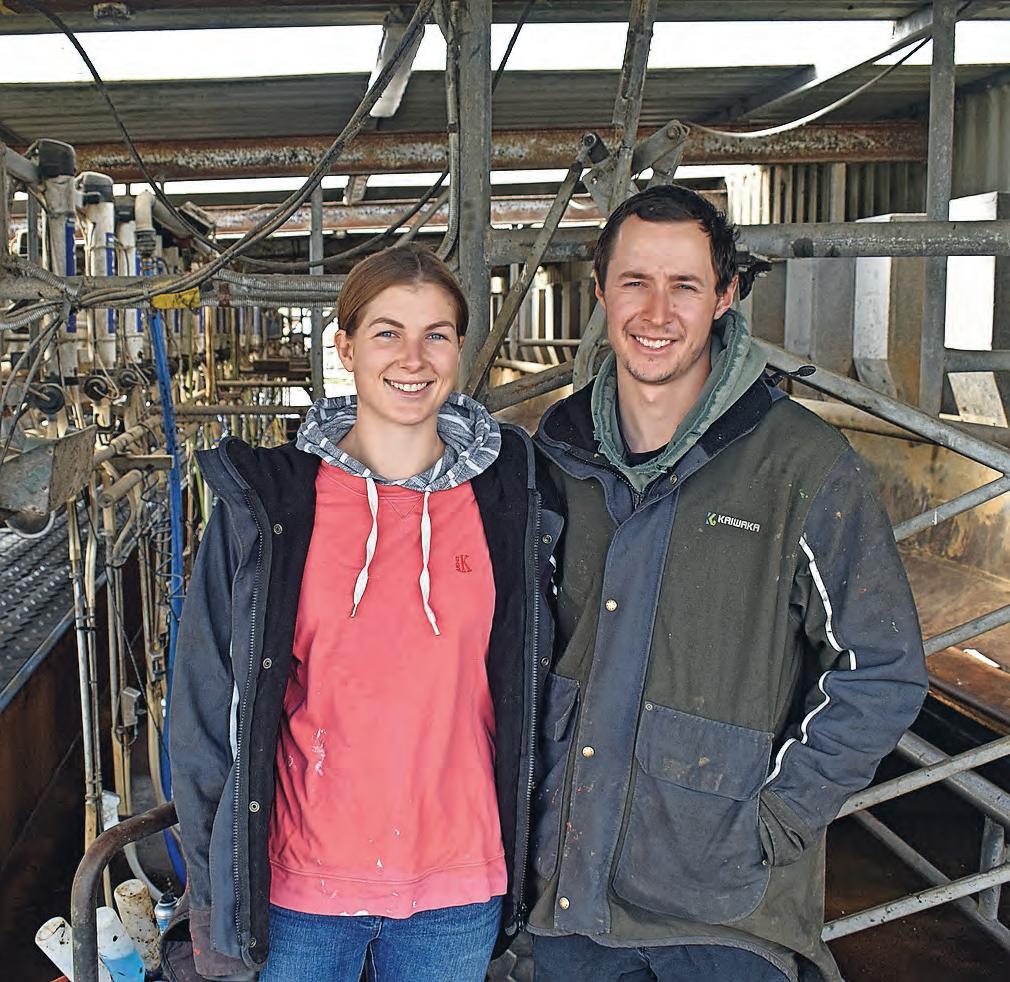
For the past two years, Josh has managed the farm owned by his parents Kirsti and Stu for more than 20 years. Remeny joined last year.

The farm is at Wallacedale in south-western Victoria.
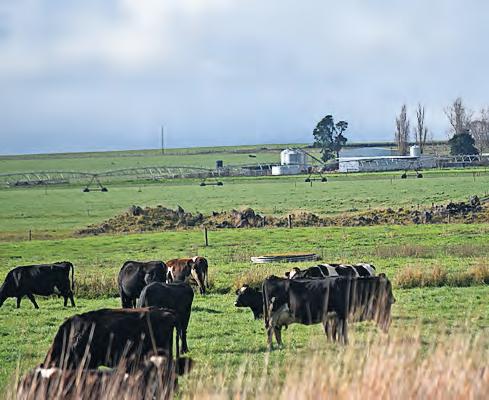
They have started on a 30-70 agreement, contributing some calves, heifers, machinery and a lot of enthusiasm.
The New Zealand Jersey-Friesian cross herd produces well and suits the land.
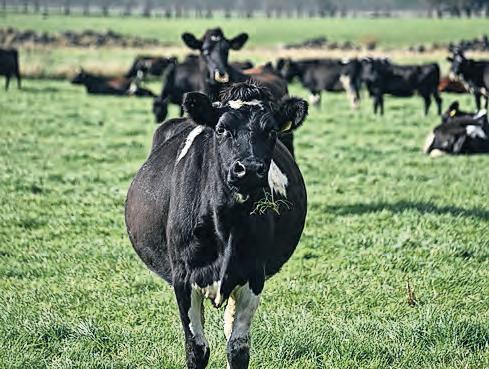
“They’re a smaller stature which is good for us,” Josh said.
“They cost a lot less to feed and they produce very well for us.”
At the end of June, they were still producing about 16.5 litres, a good volume close to dry off. Last year they peaked about 25-26 litres but it was a down season and Josh and Remeny expect better results this year.
“We had a tough year with conditions, cell count, sub-clinical mastitis and trace element issues so we unfortunately had a lot of injured heifers,” Remeny said.
The reintroduction of copper bullets for heifers, changing the size of the milking machine shells for milking in the dairy and generally improving hygiene led to a dramatic turnaround in cell count and herd health.
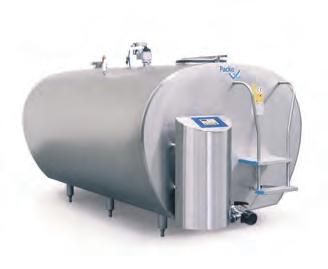
They also culled heavily which saw the herd reduced by about 60 to 352. They hope to return to about 400 after this year’s calving and eventually peak around 410-415.
“We dropped our cell count from an average of 334 in November to as low as 116 and we haven’t been going over 200,” Josh said.
“We culled a lot of older cows. It was a really wet year and they were a bit copper and calcium deficient and it knocked them around.
“We know we are copper deficient in our land which gives them brittle bones so reintroducing the bullets has really helped.”
They supply Fonterra on a fresh milk contract so had to be strict about the cell count.

“We have to stick under 200 otherwise we
get penalised,” Josh said.
The June average in 2023 was 117 compared to 175 at the same time last year.
“The changes we’ve made have been amazing,” Remeny said.
“We’ve improved hygiene in the shed, make sure the cows aren’t destroying the pastures
Remeny and Josh have culled heavily, which saw the herd reduced by about 60 to 352. They hope to return to about 400 after this year’s calving and eventually peak around 410 to 415.
and we keep everything as clean as possible and ensure the machinery is working properly.”
The fit-out change in the dairy was a big factor.
“We had shells that were made for big Holstein cows but we had little crossies. That was a huge change.”
In the scale of things, changing the shells and liners was only a small investment but it paid off.
“That led to a drastic change in the cell count because the cows milk out better and it gets the cell count down.”
They also reintroduced herd testing.
“When I started, there hadn’t been a herd test since 2018 but we’ve done 12 in the past two years,” Josh said.
“I’m big on data and knowing what’s going on. Without herd testing; you don’t know what your cows are doing.
“We had sub-clinical mastitis and clinical mastitis that wasn’t getting picked up in the shed and it spread like wildfire. We got back on top of it before calving which is due to start in mid-July for heifers and end of July for cows.”
Milking is now “a breeze” in the 30-a-side herringbone.
Remeny said the cows were good natured.
“I love animals. I was a nurse before I met Josh and came back into dairy. That nurturing side means I want to make sure our animals are treated well and have a good nature. My nursing background definitely helps in the shed.”
The farm has a 196ha milking platform boosted by a leased 27ha outpaddock.
Although it’s only one of four dairy farms in the area, Josh said the land was well suited to the enterprise.
“It’s beautiful volcanic soil that grows grass like anything and holds its moisture. It takes a few extra weeks to kick in but come spring it will take off and it will go longer.”
He is renovating from annuals into perennials, completing about 65 per cent of the farm this year.
“Each year we will do 20-30 hectares of perennials,” he said.
“Ideally in two of three years, we will only be topping up 20-30 per cent.”

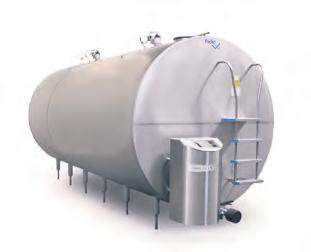
“We aim to get more perennials. The pastures hold up pretty well but it has been hard the past couple of years because it has been so wet.”
They are excited to be starting their new sharefarming adventure, although there’s no time frame to go to 50-50.
“It’s super exciting but a bit daunting when you see the bills and look at it from the business side of things,” Remeny said.
“Being sharefarmers with Josh’s parents means not much will change because we already talk and collaborate a lot with them.
“We made our first purchase of 25 calves the other day which was exciting. We’ve got some we reared from last year so we now have 65 calves, a good start to our herd.”
The Kiwi-cross herd is well-suited to the land and the cows produce well for the new sharefarmers.
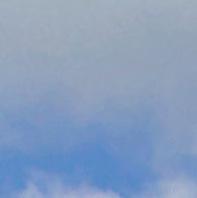









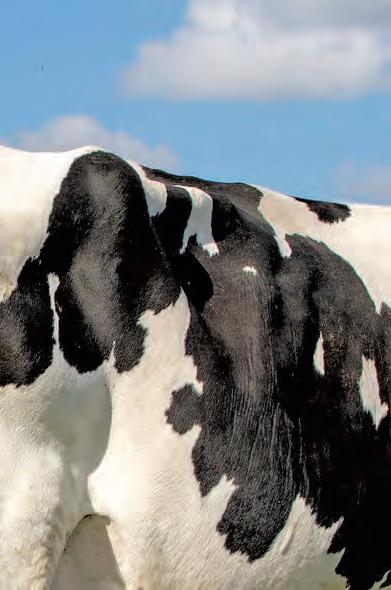

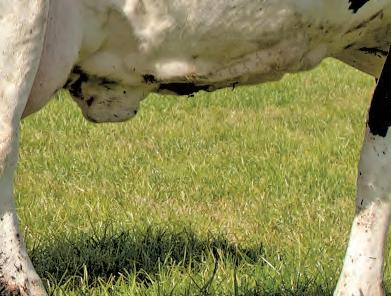
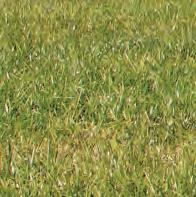


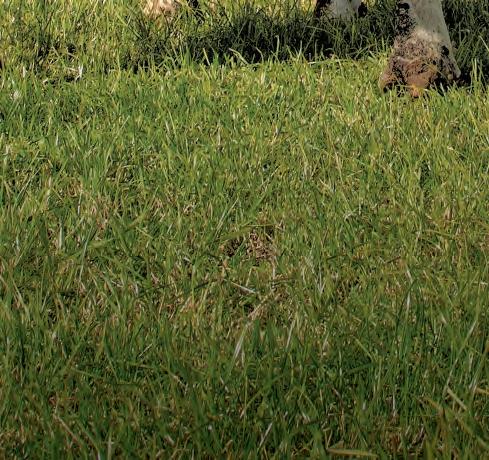



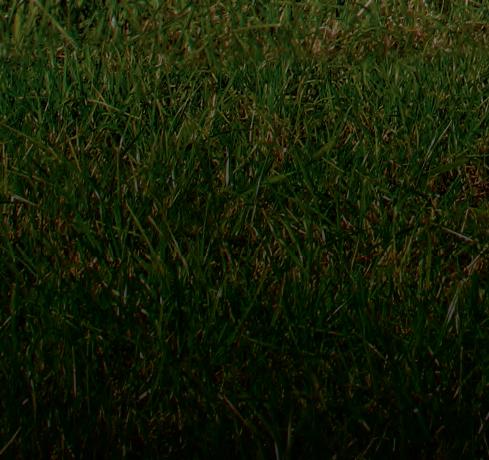
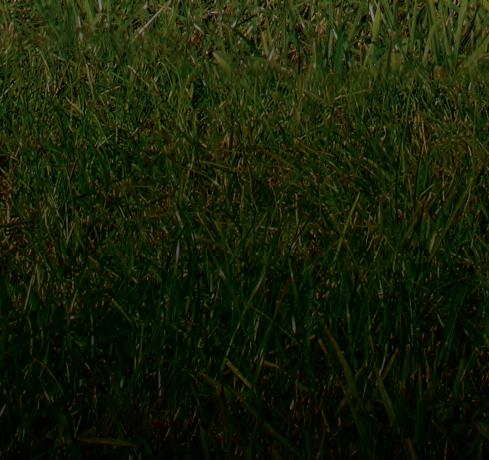











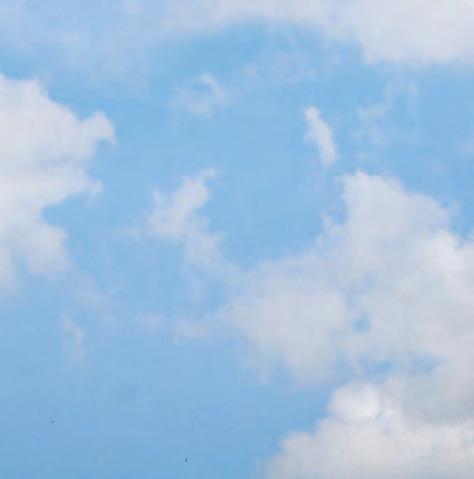





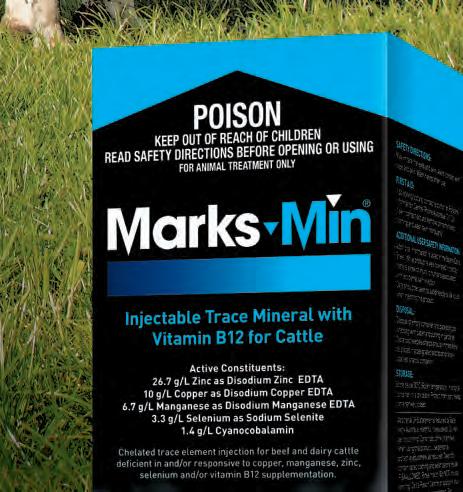






Wednesday 6th September at 11am Is


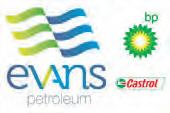





Is the grass greener on the other side or does dairy offer a longterm financial reward that compensates for the hard work and volatility?








Join Facilitator Matt Harms, from ONFARM Consulting and panel members Mark and Trish Hammond (Labertouche dairy farmers), David Linda Brumby (recent entrants to dairy farming at Leongatha), Luke Wallace (Poowong North dairy farmer with recently installed robots), Nick Leppin (Wattlebank) and Matt Colwill (Nerrena) (both former dairy farmers), to discuss whether dairy farming is improving with age or is it on the nose? Come along and listen to a passionate range of views and experiences, to really determine whether dairy farming is improving with age.

















































Why Gippsland is Australia’s premier dairy region! Panel Discussion, Jersey Milky Cocktails, Beverages & Snacks by Matty Wilson.


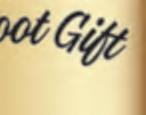
Date: 3pm Wednesday 6th (Football Clubrooms)
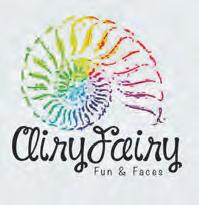










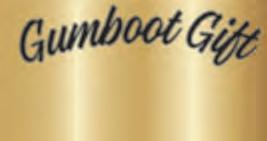
Tickets: $30 members, $50 non-members includes Expo entry from 10am Booking: https://diaa.asn.au/events




• Australian Family owned business


• Trusted Performance since 1984
• The bank with the heart of a farmer
• Proud supporters of Gippsland’s thriving dairy industry
• Our tractor and machinery offerings represent a class-leading product range

• Visit our website www.afm3820.com.au
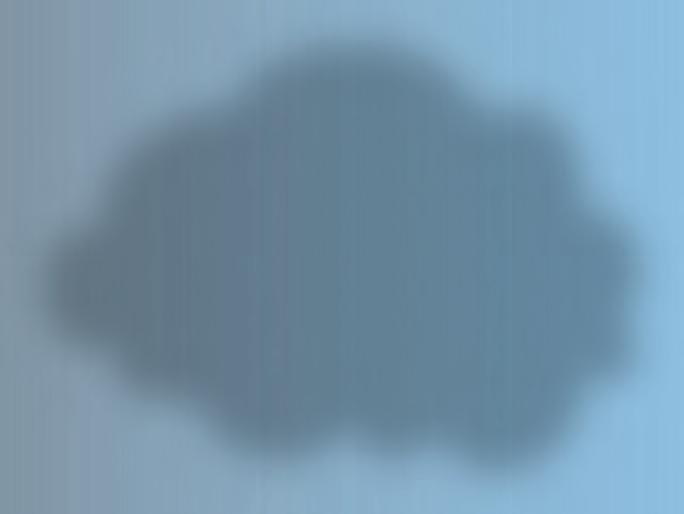
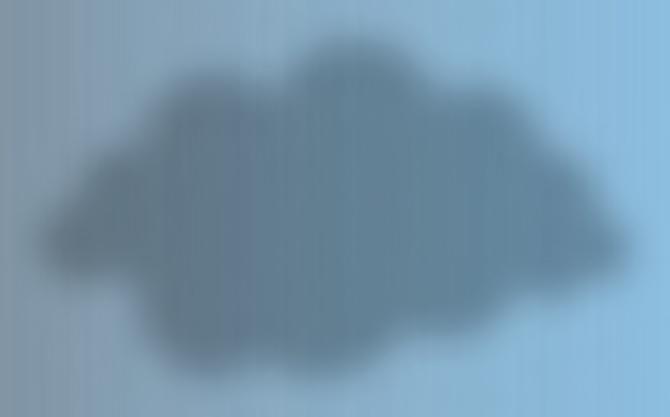









• Specialists in biological soil and plant health programs that assists you in improving your soil, pastures and animal performance while reducing reliance on synthetic fertilisers such as Urea and Super



• The most versatile sprayer in the world
• Apply all your fertiliser in one pass
• Premium milk replacer supplier using Australian ingredients
• One-stop calf rearing shop and support service
• Supporting profitable and sustainable dairy farming
• Visit our website www.gippsdairy.com.au





• A leading dairy processor in Australia




• High quality dairy products for domestic & international markets
• Milk Safely, Gently, Quickly and Completely with GEA
• Take the Next Step with GEA
• Your farm deserves Australia’s leading dairy automation systems proudly backed by the team who designs and builds it

• 20 Years of great products and exceptional service


• Increase the herd milk production with an Entegra Shelter or Ridgeback™ barn

• Site specific engineering to optimise the design performance
• ProDairy; we’ve got you covered
• Designed for Dairy Farmers, Delivered by Dairy Vets




• Fuels, Lubricants & Ad Blue
• Farm, industrial & retail
• Locally owned and operated
• www.evanspetroleum.com.au
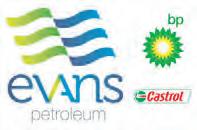
• Renewable Energy as a Service (REaaS) provider
















































• Embrace Clean, Green Energy with REDEI - No Upfront Investment Required!







• Locally Designed & Manufactured Systems operating at 5 Gippsland Dairies and Counting!

AN AUTOMATED irrigation system from Water Dynamics is helping Tasmania in its goal to lead the nation in research and innovation to support the productivity, sustainability and future of the dairy industry.
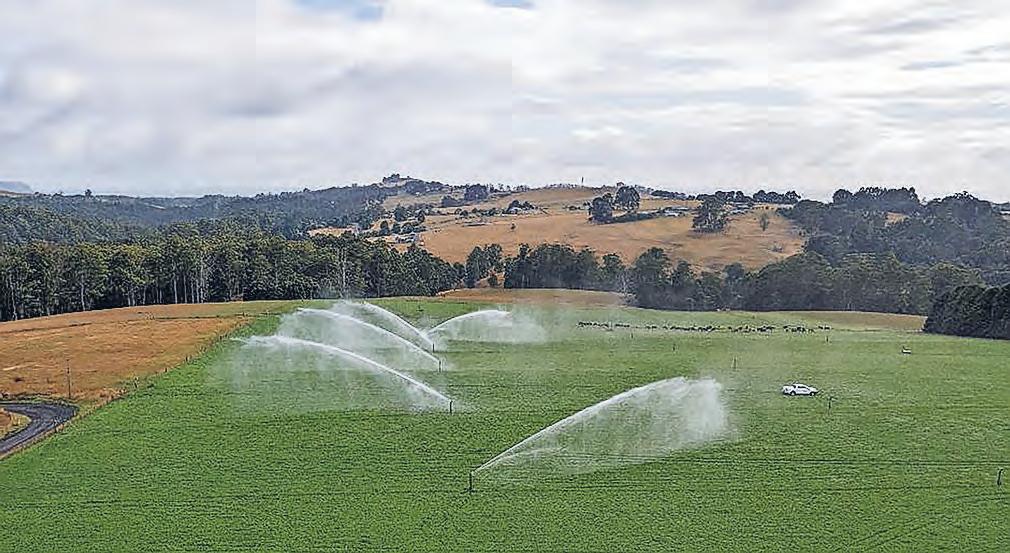

The farmlet system involved in the Tasmanian Institute of Agriculture’s Tasmanian Dairy Research Facility at Elliott in the state’s north-west is among the ongoing projects supported by the Tasmanian Government as part of its target to grow the state’s annual farm gate value of agriculture to $10 billion per year by 2050.
“The upgrades at TDRF are part of a $7.8 million joint investment by the Tasmanian Government and the University of Tasmania to support the success of TIA research farms,” Water Dynamics’ national operations manager Andrew Summerton said.
The TDRF upgrade includes a 50-bay rotary dairy, a new 12.5 megalitre effluent dam, and a boost to irrigation water storage capacity in one of the dams, from 24 to 115 Ml.
The increased storage capacity is distributed by 11km of underground pipeline installed by Water Dynamics to irrigate 32ha of previously unirrigated land for farmlet trials.
The TIA will use four farmlets, each with eight 1 ha paddocks, to test research hypotheses under real farm conditions and ensure the results provide practical solutions for farmers.
“Fine control of irrigation system is essential to the function of the farmlets, so we had to combine a system that was simultaneously capable of extensive water reach over the area, as well as elegantly simple automation system to ensure fingertip control by PC or smartphone,” the Water Dynamics Longford branch said.
Based on extensive experience in major irrigation areas — including in Tasmania, Mt Gambier, Mildura, Yarrawonga and the Northern Territory — Water Dynamics employed a next-generation central control system called Goldtec DREAM 2. It allows combining various technologies to suit each project’s specific need.
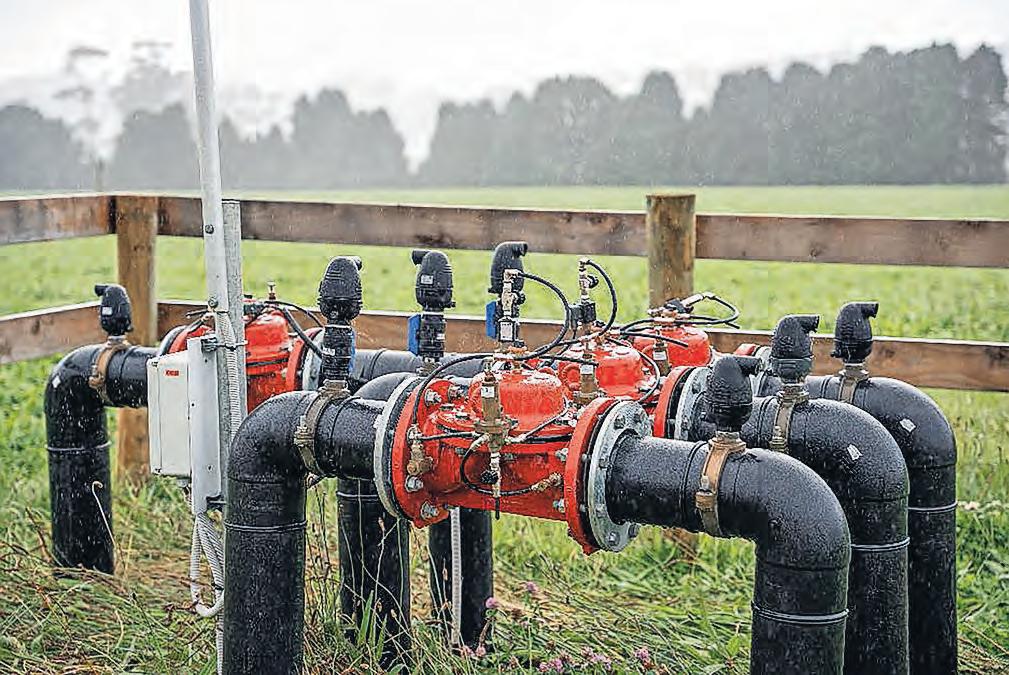
“It is an internet-enabled controller system, so the user can control everything from a PC or Smartphone, which is essential on a widely varying and extensive project such as this,” Andrew said.
“The automation system can handle multiple irrigation heads installed on the TIA project, enabling the user to manage medium-tovery-large projects with many irrigation lines using a single controller.
“Such a flexible system — employing user-changeable network definitions — is important to an irrigation system as
sophisticated and extensive as the TIA project.”
The system, installed by Water Dynamics and now successfully in service, includes:
11km of PVC and polypipe.
A new pump shed and high-efficiency pump from the global Caprari Group.
187 Toro Perrot PS2 piston-drive sprinklers with a maximum throw of more than 50m and high rotation speeds that can be adjusted as required.
43 Netafim control valves operated by the Goldtec control system, through remote terminal units solenoid valve configurations.
Overall system control capable of handling multiple irrigation lines with flexible and user-changeable network definitions. The system’s large pool of irrigation programs each contain the sequence of participating valves, water and fertiliser dosage, operation timing and conditions.
“This was a complex job,” Andrew said.
“One of the challenges was the sheer size of the area and being able to co-ordinate work within it to efficiently complete the job in a short timeframe needed by the customer.
“The project needed to happen time-efficiently in order to secure millions of dollars’ worth of government funding, so time was of the essence.
“Fortunately, we had a strong, well-equipped Tasmanian team on the ground and experience in working in the customer and state regulatory framework.

“This undoubtedly saved time, and we also had pools of expertise in other Water Dynamics branches which we could draw to bolster resources as needs arose.”
In order to get the job done on time in 2022, Water Dynamics’ service technicians from its Yarrawonga branch were flown in to assist in moving the project along.
“Work was fast-tracked to ensure the farm was operational for the start of the milking
season in August to enable a five-year research program that has been co-funded by Dairy Australia,” Andrew said.
The TIA’s $6.5 million Dairy HIGH 2 (high integrity grass-fed herds) project will focus on pasture-based dairy systems and seeks to address industry challenges and opportunities to achieve highly productive and profitable dairy operations that are sustainable into the future.
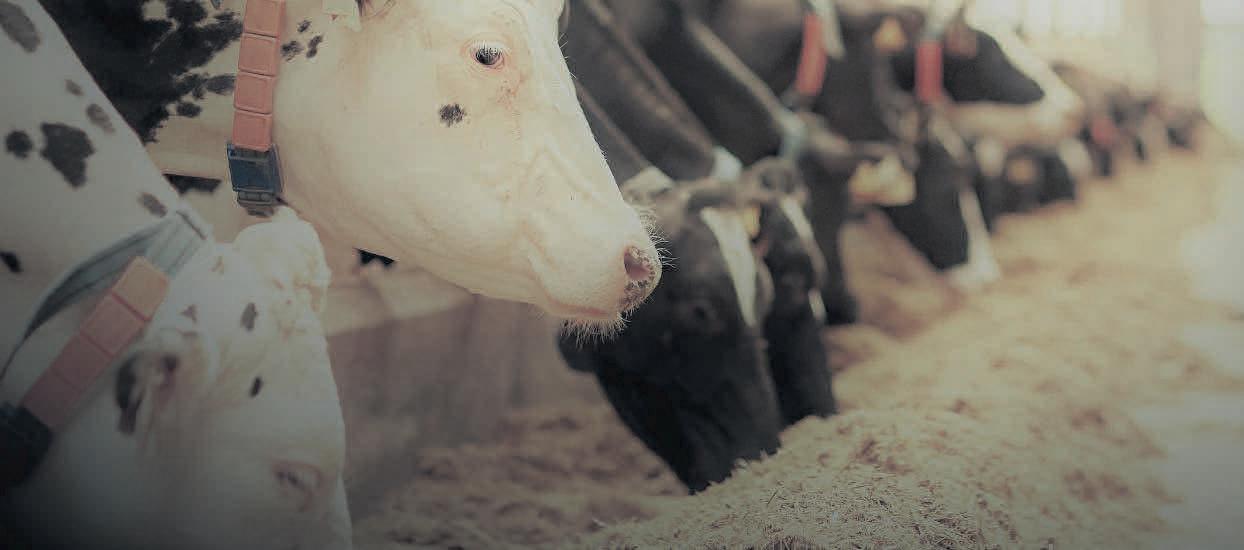
“The research at Elliott has become more relevant over the past 12 months, with high input costs and the need to better understand major nutrients like nitrogen,” Dairy Australia managing director David Nation said.
Andrew Summerton said the TIA project would help transform knowledge of agriculture, food production and post-farm gate practices, to the sustainable economic benefit of Tasmania and farmers further afield.
“Sustainable use of water plays an absolutely critical part in ensuring the viability of farming not only in Tasmania, but also throughout Australia and globally,” he said.
“Whether we will all have to address water scarcity is no longer a question: it is a given. This applies whether the projects in which we are involved are individual farms or agribusinesses, or far-sighted industry projects such as this TIA initiative.”
Water Dynamics draws upon years of irrigation knowledge and deploys its experienced local and national service team to help ensure larger and more secure infrastructure. The Perrot PS2 Toro sprinklers in operation at the Tasmanian Institute of Agriculture’s Tasmanian Dairy Research Facility.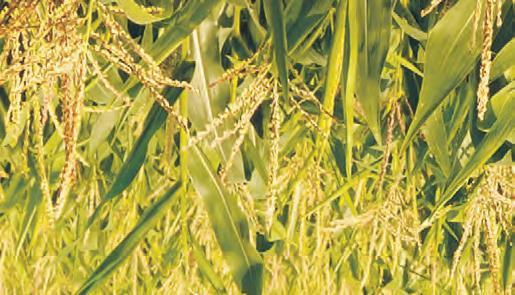
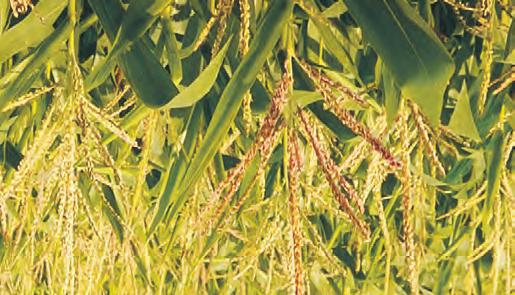

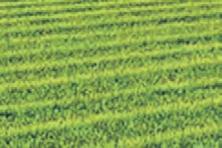





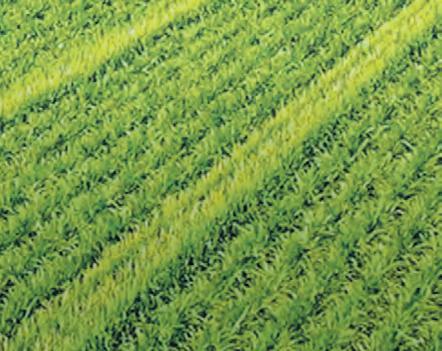
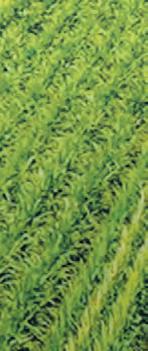


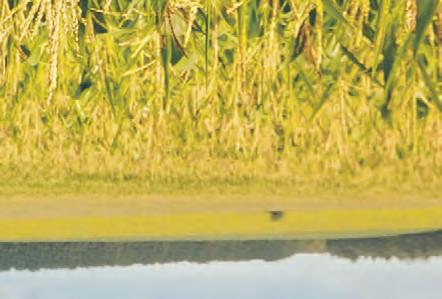
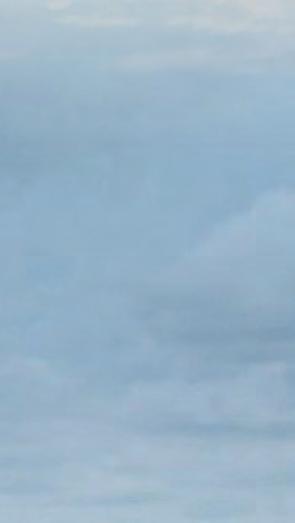

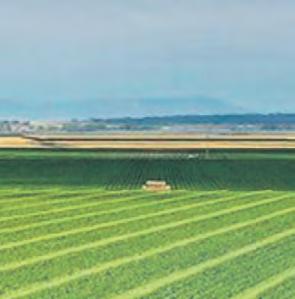

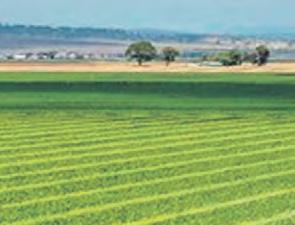




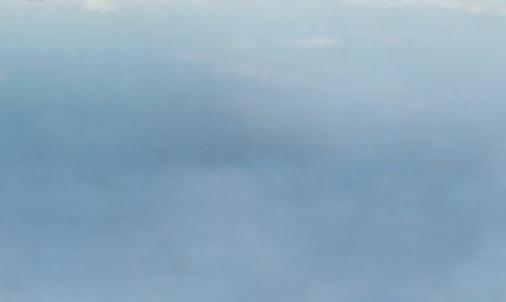


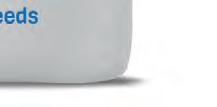
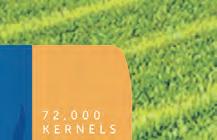


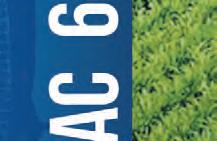





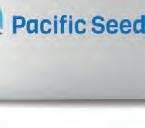



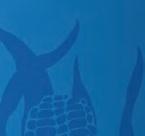








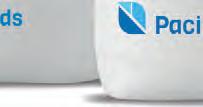


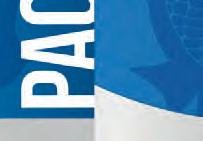

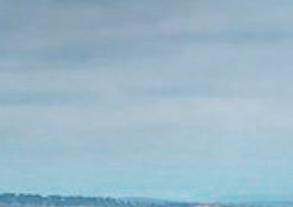
Chris and Ann Eggert have a 200-hectare organic farm at Wauchope, on the NSW Mid North Coast.
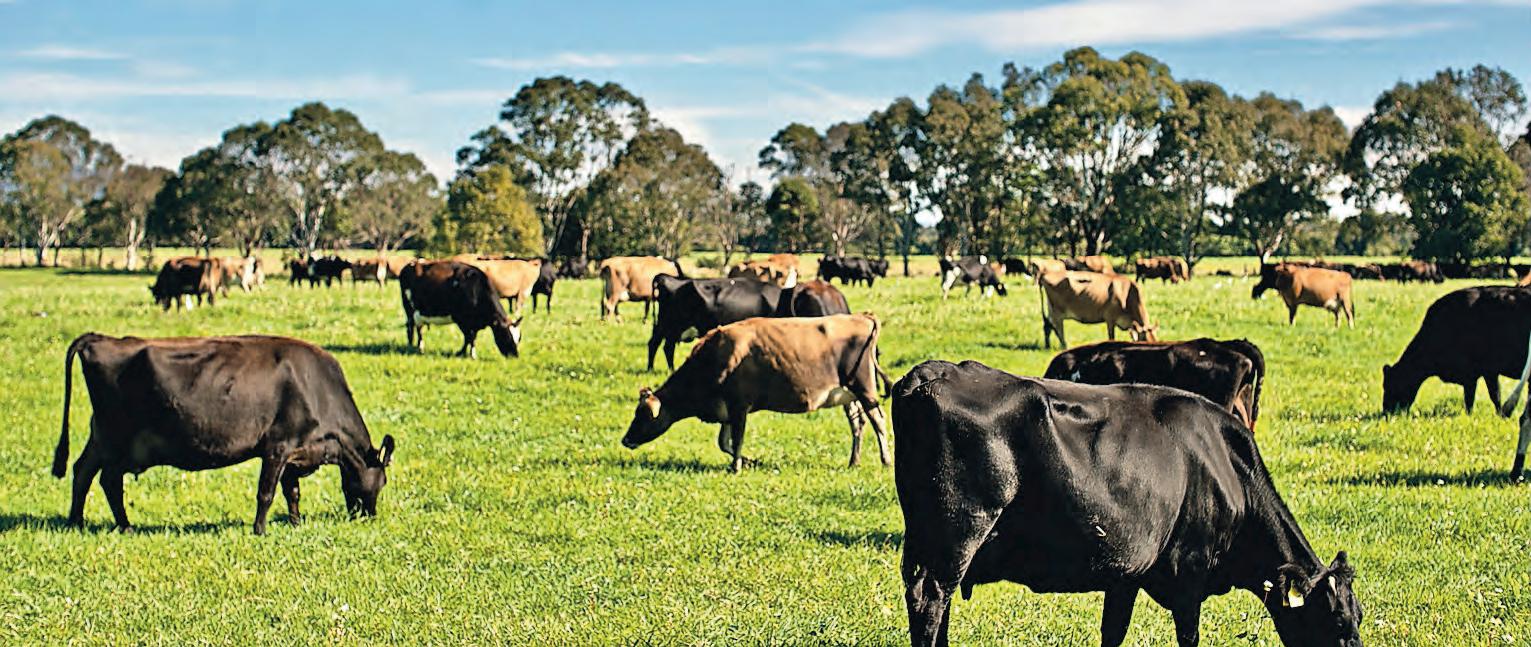
They belong to Australia’s largest and oldest dairy co-operative, Norco, and proudly serve as Norco’s biggest organic milk supplier.


Chris is a fourth-generation farmer, continuing the traditions of his great-grandfather.
Chris and Ann, both 49, met at the University of New England in Armidale in 1995 and Ann joined Chris on the family farm 24 years ago when they got married.
Chris’s parents continue to help on the farm with general farm work and assist in milking their 200 cows.
Chris and Ann have three boys — Lachie, 20, Jimmy, 18, and Billy, 13. This year their 18-yearold joined the farm as a fifth-generation dairy farmer.
The youngest, Billy, is also heavily involved in the farm life collecting the eggs, milking the cows, feeding the calves, shifting fences, watering the animals, driving the tractor and any other general farm work.
Although Chris and Ann have been dairy farmers for 24 years, they decided to try their hand at organic farming 12 years ago — first with pigs, then with farming organic eggs.
From 2013 they started managing the whole egg operation themselves and for the past three years have been supplying organic meat to retail.
This includes making all their own compost from cow manure which they mix with hay or sawdust to use as fertiliser. They are also strong advocates for recycling to improve the farm and environment.
Chris said there was a societal perception that cows are bad for the environment. However, cows actually put carbon in the soil, which improves the environment in the long run.
“Healthy soil means healthy plants and animals, which results in healthier products and milk for consumers,” he said.
Chris and Ann have established a grazing rotation and through diversifying their pastures they see healthy soil with a lot of worms. It also prepares the land to be resilient to floods and droughts.
For 22 years the Eggerts have been on a path of education and sustainability and a decade ago they started doing the Hastings Farm Gate tour where they open their farm up to schools and the community.
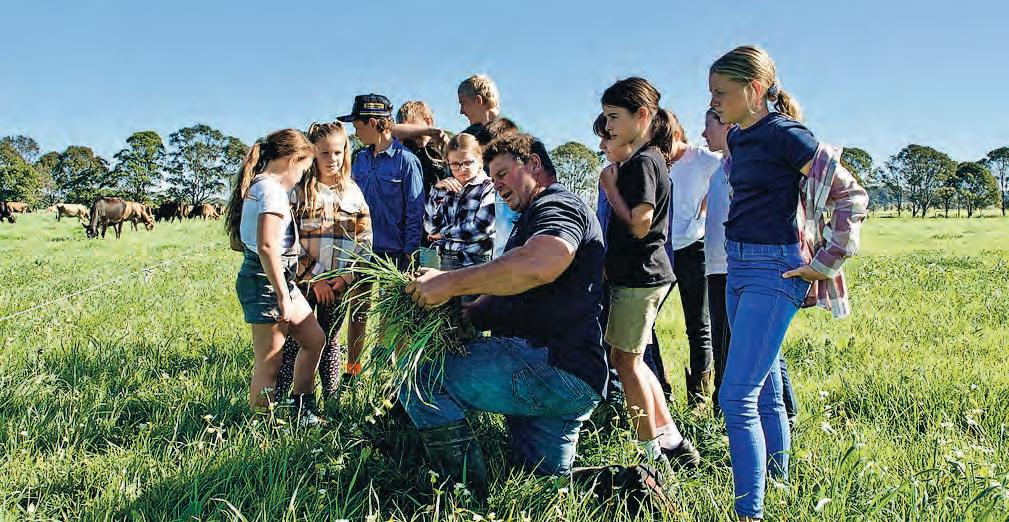
Chris said during COVID-19 the school tours had to cease, but they are now full steam ahead with an average of one farm tour booked per month with anywhere from 40 to 100 students in attendance.
“Many of the children on our tours have never had the chance to visit a farm before. We provide them the opportunity to experience something entirely new and different.
“When we have a tour booked, we keep 10 cows aside for children to experience milking and they are surprised to learn milk comes from a cow and not a bottle at the supermarket.
“After milking we take them over to the chickens and they get the opportunity to collect fresh eggs.
“I also dig into the soil and talk about where the nutrients come from and how important it is to look after the environment for our cows to produce milk with high quality fat and protein content.
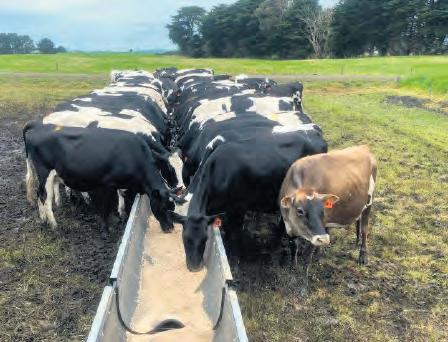


We have designed a simple but very effective Feed Trough, to cut your feed wastage and save you money.
The endless troughs can be laid in a continuous length, they are also stackable, so you can move them easily from one paddock to another. The frame is made from Australian Steel, with repurposed rubber conveyor belt used to make the trough, its nylon based and will last a lifetime.

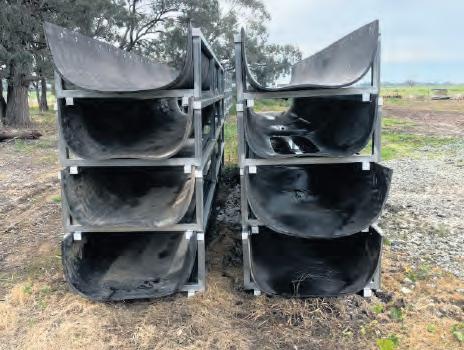
Ann said the opportunity to take part in the Hastings Farm Gate was to celebrate quality locally grown produce across the greater Hastings, Port Macquarie and Camden Haven region.
“Many people these days have no idea where the food they purchase at the grocery store comes from,” she said.
“We love the opportunity to open to the public for tours, field days and various events aimed at educating more Australians.
“Not only on the benefits of organic farming and how sustainability can heal the earth, but also so they appreciate our vital agricultural industry and have an understanding on where their food comes from.”
Ann said the people who attend the tours
really enjoy being showed what they do on the farm and how the food they eat is produced.
“The children are highly engaged to learn about all the product we produce on our farm.
“They love the opportunity to milk the cows, collect the eggs and try some of our delights from the vegetable gardens.
“As a result of attending our farm tours, they realise that organic farming is really beneficial to the landscape and can be really productive without the use of anything artificial or synthetic.
“Not only do they have the opportunity for hands on learning during the tours they also have a greater appreciation for the hard work and dedication involved in farming.”
Wauchope dairy farmer Chris Eggert is Norco’s biggest organic milk supplier. The Eggerts open their farm up to schools and the community.IT LOOKS like 2023 is going to be a great year for Kieran Coburn, Jess Eagles, Angus Fraser, Rebekah Love and Kyella McKenna.
The young dairy industry participants will represent Australia on the world dairy youth stage in August at the Young Breeders School in Battice, Belgium — an area regarded as one of the most productive dairying regions in the world.
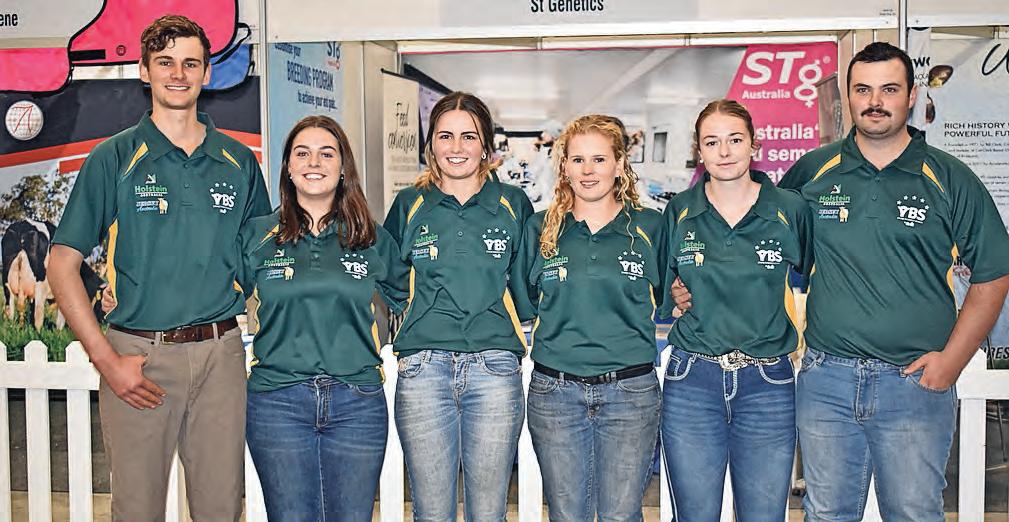
Led by Kelly Bleijendaal from Winwood Holsteins, Cohuna, the Young Breeders School is an annual five-day event involving handson and class-based sessions, based on many aspects of showing cattle from showmanship and clipping through to marketing and herd management.
Following on from the school, the Australian team will travel through Holland on an educational tour visiting farms, Alta Genetics and Lely.
This will be Jess Eagles’ first trip overseas.
Hailing from Moto in NSW, Jess is a fourth-generation farmer and said the ability to represent Australia on an international scale while doing something she is passionate about is just mind blowing.
“It is possibly a once-in-a-lifetime opportunity and I am sure there will be a lot of new experiences and a lot of people to learn from to further the fundamentals I already have,” Jess said.
Jess has grown up showing and breeding Ayrshires and even though her family stopped dairy farming last year, they continue to work with some animals.
Jess currently works in town with the local vet.
Angus Fraser from Tandara said he was looking forward to Belgium and he can’t wait to get there.
“I am looking forward to establishing some international connections within the dairy industry and experiencing the school with other young knowledgeable people,” Angus said.
“I have worked with overseas fitters and they have a different style which will only add value to me.’’
While Angus said he was undecided on his exact career pathway, he knows it will involve the industry and hopefully a job managing a dairy farm in the future.
‘’My parents grew up on a dairy farms and when I was young they always took us to the local agricultural show.

“It was there I started helping a family with their cows and eventually ended up showing cows any weekend I could. I got my first milking job when I was 11.”
Holstein Australia sent its first ever team to the school back in 2019, where they finished in the top third of the results.
Holstein Australia CEO Rohan Butler said the trip was a wonderful experience and would enable the team to benchmark themselves against some of the best young dairy competitors in the world.
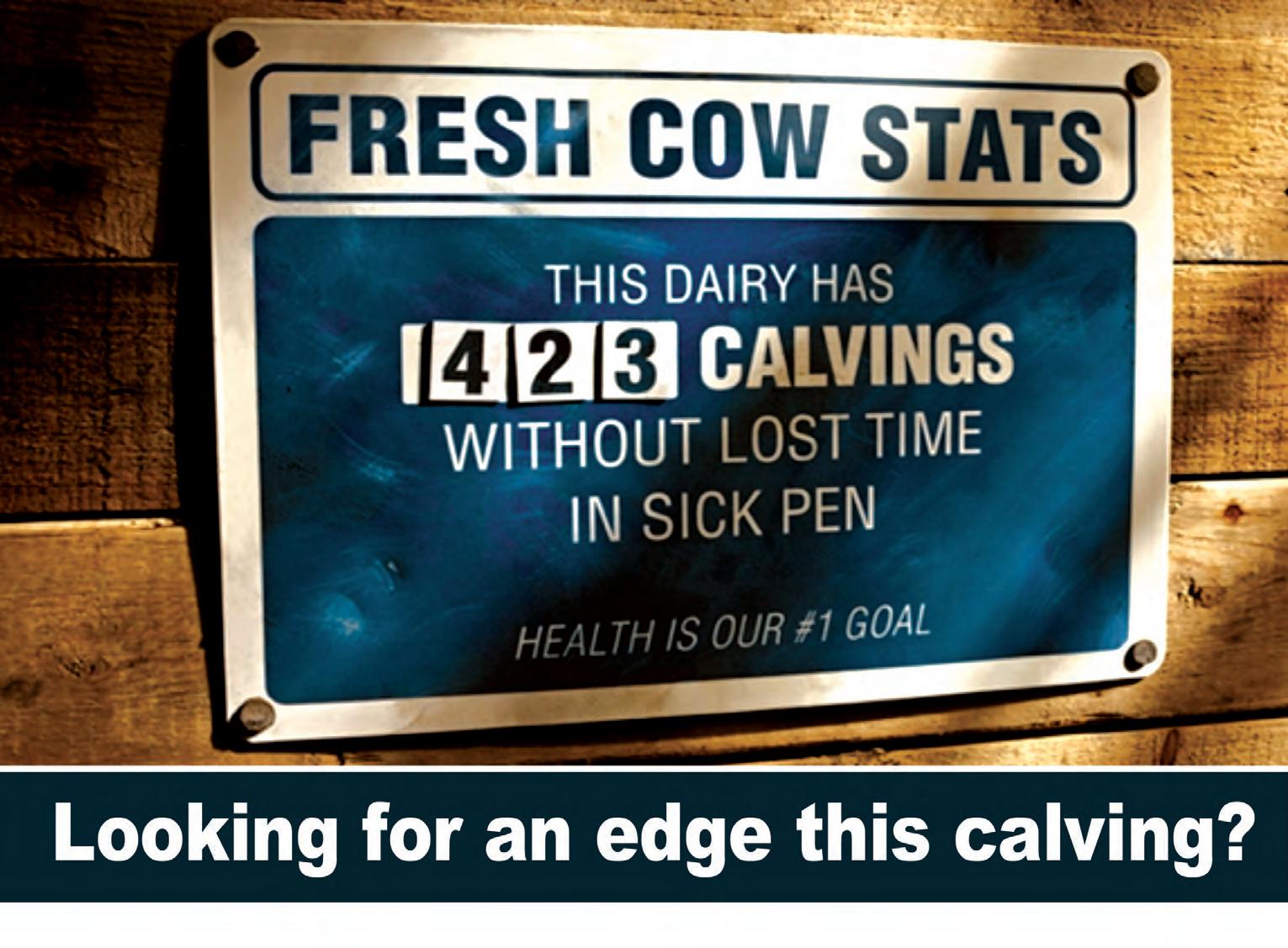
“We see our 2023 team members as emerging leaders so we, along with the other partners, will be working with them once they return from Europe to develop those skills further,” Rohan said.
An international event, the school was first established in 1999 with the main aim to teach young breeders about cattle preparation and showmanship.
The school starts on August 30 and finishes September 3.
WHEN IT comes to hitting targets, Jaimee Millar can boast of a Warrnambool children’s charity being able to surpass their 2023 goals.
Jaimee is the executive officer of Loved and Shared, a community organisation run by volunteers which re-gifts clothes and toys for children in need throughout the south-west of Victoria.

“We have collected 500 kilograms of goods this year for redistributing,” Jaimee said.
“Our original target was 300, so we definitely underestimated.”
The organisation’s target for distribution packs is well on its way to being reached, with 150 being distributed through selected agencies so far in 2023.
“Our target was 300, so we have also done well there.”
Loved and Shared has been awarded almost $5000 from the Foundation for Rural Regional Renewal (FRRR) and Gardiner Dairy Foundation grants, which will go toward maintaining the organisation.
The program this year awarded $120,000 to Victorian dairy communities statewide and attracted much interest from a variety of community organisations.
FRRR CEO Natalie Egleton said community groups had reported challenges in local fundraising following two years of COVID-19 interruptions and increasing operational costs.
“Despite this, these local groups show a determination to overcome challenges and
invest in projects and initiatives that enhance local opportunities or help fill gaps in service delivery,” Natalie said.
“This diversity of projects reflects that each of these communities is different and, therefore, so too are their needs and priorities.
“We are grateful to the Gardiner Foundation for recognising the importance of communities being able to access flexible funding to fill these gaps and for partnering with us for so long to provide this funding.”
The Gardiner Dairy Foundation invests in people, science and technology projects that aim to maximise benefits to all sectors of the Victorian dairy industry and Victorian dairy communities, and has contributed more than $85 million to dairy industry projects since 2000.

Loved and Shared relies on public donations from community members re-gifting their
Funding from the Foundation for Rural Regional Renewal has allowed a northern Victorian community centre to bring a new dimension to their community garden.
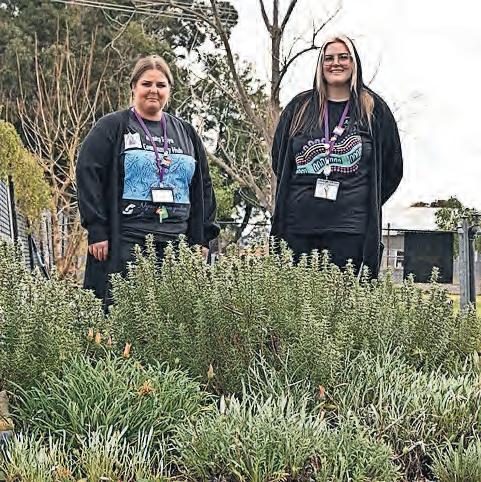
The Kyabram Community and Learning Centre (KCLC) has been successful in securing $5000 in funding from the FRRR and the Gardiner Dairy Foundation to establish an edible food and bush tucker garden at their Lake Rd headquarters and install some bench seating.
KCLC executive support officer Claire Perrella said the centre was humbled and grateful for the grant.
“The FRRR and Gardiner Foundation could see our vision and help us bring it to
life,” Claire said.
“We will be planting an edible and bush tucker garden around some of the latest art sculptures that have been a welcoming addition to the Community Garden and Traffic School.”
Claire said the KCLC garden will be planted by bringing together volunteers, young children and schools.
“This is such a valuable space and asset to Kyabram and it’s fantastic that we are starting to see the community get excited about it too.
“We have recently upgraded the pathways to incorporate a traffic school, added new native animal art sculptures thanks to
Very accurate animal identi cation system for Rotary and Herringbone dairies. Simple to use, this is the complete herd management system no dairy farm should be without.

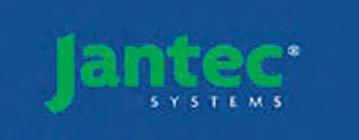
“It also fills a need when children might be taken for child protection reasons.”
The organisation has little resemblance to a typical op shop, operating as a professional outfit.
Rows of steel shelving hold 400 uniform recycled cardboard boxes donated by chemists in the region, housing the goods in a space that is as neat as a pin.
“We try to be very professional in how we operate and contemporary as well to appeal to a younger demographic,” Jaimee said.
“We incorporate sustainability in everything we do because that aligns with our values as well. So we use compostable tissue paper and stickers on the gifts.”
pre-loved toys and children’s clothing.
“We are different to an op shop because we book a drop-off session, so our volunteers can check through everything at the one time,” Jaimee said.
“We then do a little bit of refurbishments, mending clothing and nursery equipment.”
The charity is managed by 30 volunteers who have clocked up 500 hours so far this year and who take pride in “dressing up” packages for delivery.
“We beautifully pack everything to maintain the dignity of the recipient,” Jaimee said.
“Our impact is pretty significant, even though we have only just started distributing our stuff through social services.”
The organisation supports families in situations of domestic violence, under-employment, unplanned pregnancy, emergency relief and financial hardship.
Conception of the organisation came from four participants in the Leadership Great South Coast program two years ago.
“They did a research project and found that in 2018 there were over 4000 kids living in poverty in south-west Victoria and that 25 tons of toys were going to landfill every year,” Jaimee said.
“So we have addressed both the social and environmental impact of such research.”
Loved and Shared relies heavily on donations from families in which children have outgrown their clothes and toys and encourages parents to think of other children and the environment before disposing of such goods.
“Unless we have those donated goods then we don’t have stock to pass on.
“It takes a village to raise a child, so we need a local community to get involved in all of this.” ɋ Drop off days and financial donation details can be found at: www.lovedandshared.org.au
grant funding and now we will plant edible and bush tucker plants.
“We encourage community members’ involvement, by bringing people together to promote healthy lifestyles and social connections while showcasing this space.
“In addition, it also is nurturing traditional culture in Kyabram, supporting the flora and fauna themes of our streetscape.”
Species planned for the garden include native thyme, cinnamon myrtle, riberry and saltbush.
Native thyme (Prostanthera incisa), known also as cut-leaf mint bush, has been used in traditional First Nations’ medicine and for making herbal tea.

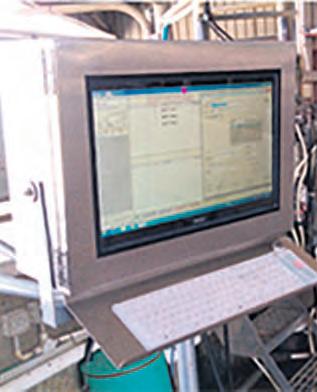 Laura Gordon and Tamara Kearns are looking forward to the Kyabram Community and Learning Centre planting a new edible and bush tucker garden.
Loved and Shared executive officer Jaimee Millar re-gifts toys and clothing to children in need throughout south-west Victoria.
Laura Gordon and Tamara Kearns are looking forward to the Kyabram Community and Learning Centre planting a new edible and bush tucker garden.
Loved and Shared executive officer Jaimee Millar re-gifts toys and clothing to children in need throughout south-west Victoria.
 BY ANDY WILSON
BY ANDY WILSON
TWO BRAND new bugles and an alto saxophone found their way to Wangaratta last month thanks to a $3000 grant from the Foundation for Rural Regional Renewal.
The Wangaratta Concert Band acquired the three instruments not only to bolster its ranks, but also bring a more authentic link to World War I for the band’s contribution to Anzac Day and Remembrance Day services.
Band contributor Ben Thomas regularly plays the Last Post at both services in Wangaratta, in north-east Victoria, and felt the need to give more authenticity to his contribution.
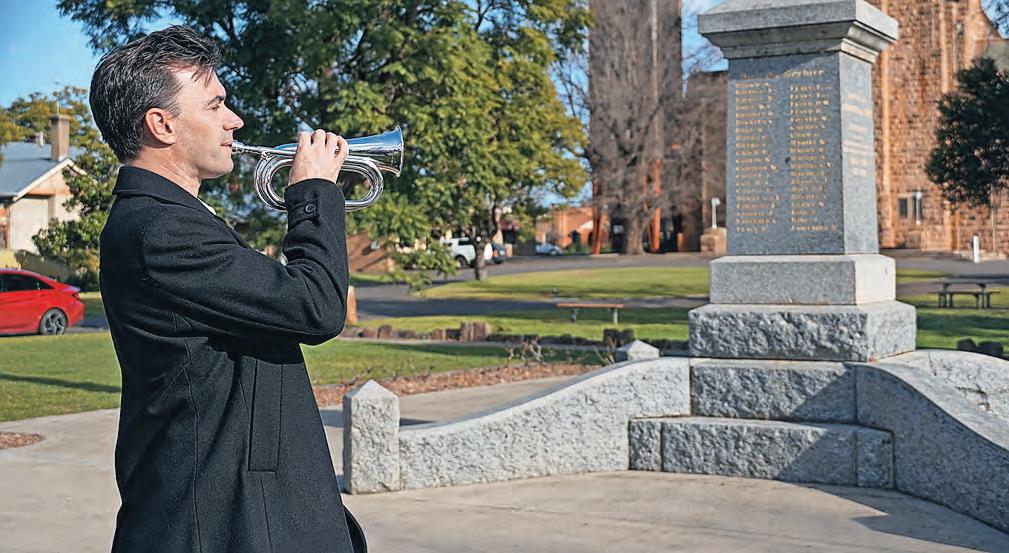
“I have been playing cornet at services for many years and wanted to get the right sound, so we got a bugle because it was what the troops used back then,” Ben said.
“The bugle is better at making the sound that the diggers knew.”


The second bugle purchased from the grant allows co-member Graeme Rourke to play simultaneously at the Oxley services.
“The other part to this story is that the concert band is looking for new members and wanting younger musicians to join up and play,” Ben said.
“The new instruments will go toward helping this, particularly the saxophone which is something that the band needs and is normally an expensive instrument to own or rent.”
The band was awarded the grant from the FRRR and Gardiner Dairy Foundation.
The program this year awarded $120,000 to Victorian dairy communities statewide and attracted much interest from a variety of community organisations.

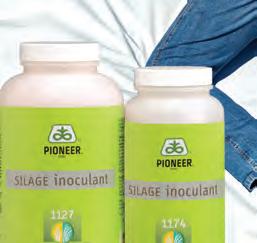
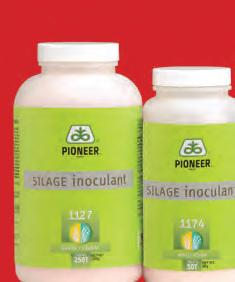
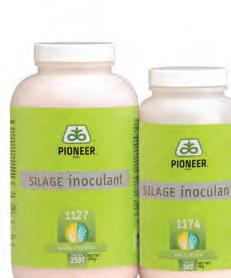



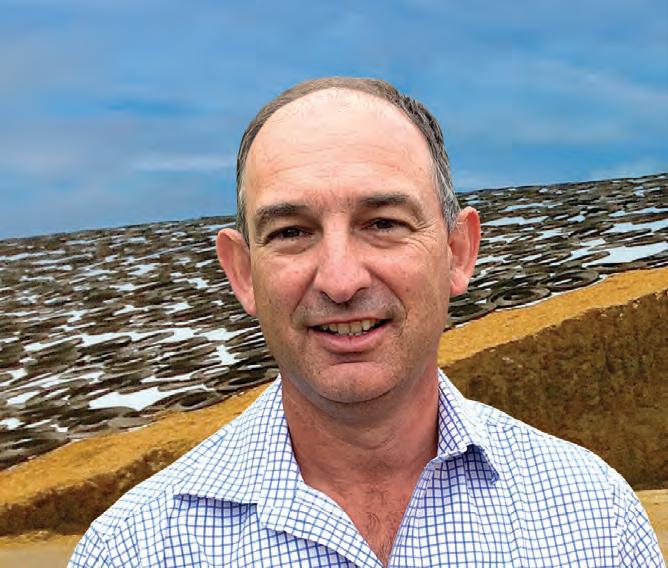

Ben was born into a musical family in Bairnsdale and followed in the footsteps of his father who played trumpet in the local brass band.
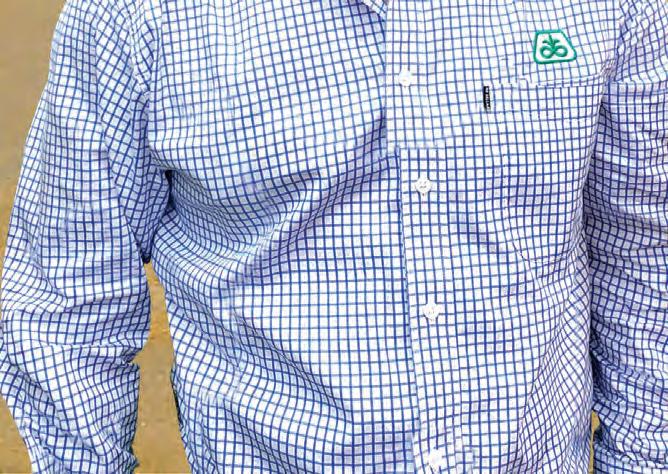
He has since travelled extensively, playing in bands in Melbourne and New Zealand and next February will be returning to Lucerne in Switzerland for their annual Fasnacht Festival, where musicians dress in costumes in a threeday parade designed to herald in fasting for Lent.
The Wangaratta Concert Band is one part of the local music scene and Ben also contributes to Project 365, a recently founded mental health initiative.
The band’s theme of ‘U Can Cry’ reflects a community need for mental health awareness.
The initiative was started by local drummer Peter Rourke who addressed his own experience with depression by bringing together 16 musicians to form a band of diverse artists and stage a concert to spread the word that ‘it’s OK to not be OK’.
Singer Lauren Grenfell said the band’s first show had been well received by the community and had found its place in the city’s music scene.
“The ripple effect around the community was huge,” Lauren said.
“We didn’t want to be a standard little rock band. We do cover songs, but each member chooses their own song and then adds their individual element to it.
“The brass section has grown and so the jazz element is definitely there and that’s thanks to Ben.”
Printed programs at their last concert had a brief outline of the mental health issue that touched people known to band members behind each song.

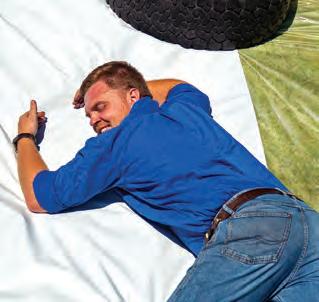
“Music is the perfect avenue for this.”
The Wangaratta Concert Band has been awarded $3000 to purchase two new bugles and an alto saxophone. Band member Ben Thomas plays at local Anzac Day and Remembrance Day services.

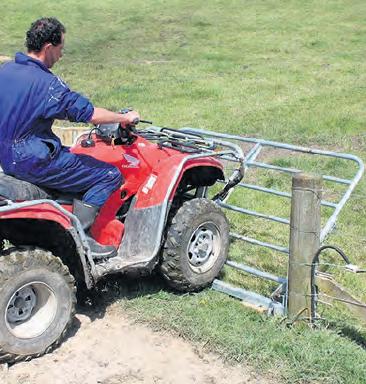

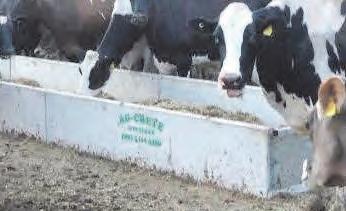
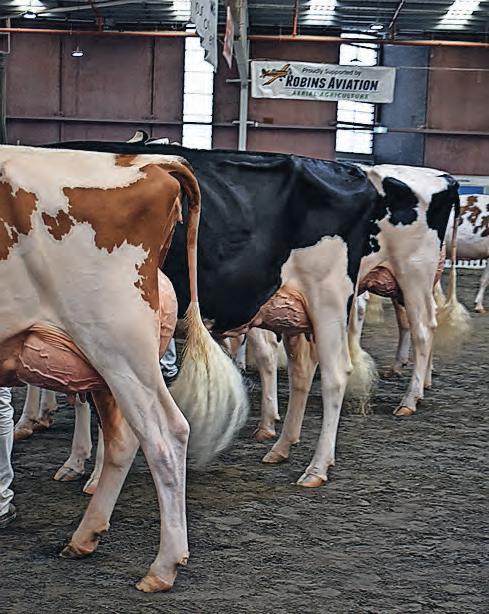

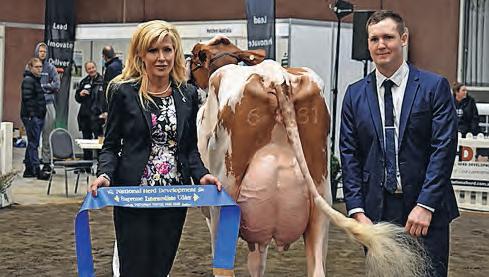 BY SOPHIE BALDWIN
BY SOPHIE BALDWIN
AS THE years pass by, the quality of cattle at the National Herd Development Winter Fair continues to impress.
This year’s principal judge, Mandy Bue from Wisconsin, said the cows were a credit to their owners and the show a credit to the organisers.
This was the first time Mandy had judged the Winter Fair and she said any one of the champion cows could comfortably compete on the world stage.
“All the cows right across every class, from heifers through to senior in-milk, were quality,” she said.







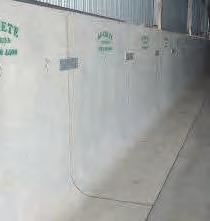
Mandy took a particular shine to three-yearold Supreme Intermediate Champion, Gorgala Unstopabull Tiffany, describing her as an outstanding and tremendous cow with an astonishingly great udder.
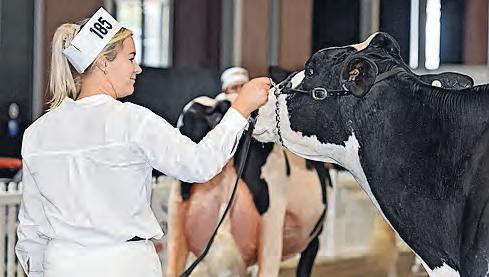
Owned by Chad and Kristen Gordon from Tongala, in northern Victoria, the couple was delighted with Tiffany’s win.
Reserve Intermediate Champion was Gorbro Sidekick Perfume, owned by K. and H. Jones, while Honourable Mention was Gorgala Arrow Charcoal.
For Stephen and Leanne Coombes from Tamworth, NSW, their Supreme Senior Champion cow win with Eclipse Alltheway Princess still hasn’t quite sunk in.
This is only the third time Princess has hit the show ring and the first time the family have been to the Winter Fair in a showing capacity.
Stephen said he was looking forward to seeing what the future had in store for Princess.
“Princess is a real pleasure to work with and she is such a great cow,’’ he said.

Reserve Senior Champion was Windy View Chief Justine, owned by Gorbro Holsteins, and Honourable Mention was Elm Banks Sidekick Daphne.
Senior Red Champion was Mosleigh Jacot Sylvia, owned by R. and A. Wilson.
It was another strong junior show, with organiser Clare Modra saying the junior judging had the largest number of participants in the history of the event.


“The handlers were well attended and we had so many heifers in the dry class, we struggled to fit the animals in the ring,” Clare said.
She said it was always great to see so many interested and keen young farmers.
“It gives me faith in the future of the industry when I see so many young kids out there in the ring having fun.”
This year’s Red Junior Champion was Lloyd
Star Moovin Princess, owned by Eastview and Lloyd Star Holsteins; Reserve Junior Champion was Impression Analyst Tulip, of Impression Holsteins; and Honourable Mention was Eclipse Moovin Falcon - RED, owned by Richard Hull.
Youth Junior Champion was Brindabella Chief S Nan, owned by Brindabella Holsteins; Reserve Youth Junior Champion was Eastview Chief Bonnie, of Eastview Holsteins; and Honourable Mention was Elm Banks Moovable Rose, owned by Elm Banks and Struan.
The Youth Encouragement Award was given to Abbie Robinson, while the Youth Excellence Award Winner was Angus Fraser.
The DataGene Limited BPI Award Winner was Emu Banks Lambda Carly 13614, shown by Leah Dickson.
It has been seven years since the Winter Fair hosted an auction.
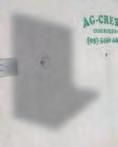
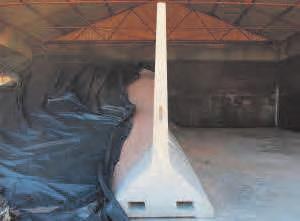
The Elders Winter Opportunity Sale saw 22 lots average $6825. Top-priced lot Brindebella Chief S Nan sold for $16,500 to the Coombes family from Tamworth.
Owner of the top-priced lot, Jade Sieben, was delighted with the sale of Chief S Nan and is looking forward to following her progress.
This year’s 2023 recipient of the Power of Women in Dairying World Dairy Expo Scholarship was Emmalea Wishart from Rowlands Park Holsteins, from Cohuna in northern Victoria.
The 24-year-old, who farms with her parents Rick and Tina and sister April, can’t wait to make her way to the expo later this year.
“This is such an amazing oportuinty
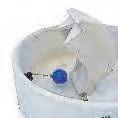


and I am very thankful to the committee,” Emmalea said.

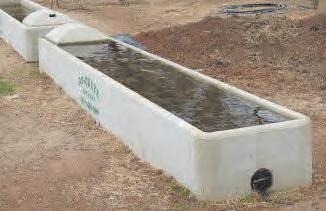
The committee said Emmalea was a hard worker right across all facets of the industry and was known for being a positive influence on the next generation.
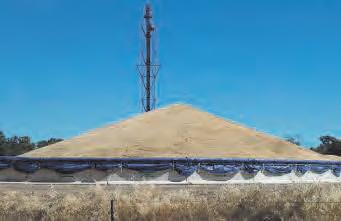
Holstein and Jersey Australia also announced the team for the 2023 Young Breeders School in Battice, Belgium, which included Kieran

Coburn, Horfield, Victoria; Jess Eagles, Moto, NSW; Angus Fraser, Tandarra, Victoria; Rebekah Love, Newry, Victoria; and Kyella McKenna, Warrnambool, Victoria.




The team will represent Australia against the best in the world over five days in August.
The National Herd Development Winter Fair was held in Bendigo, Victoria, from June 27 to 29.



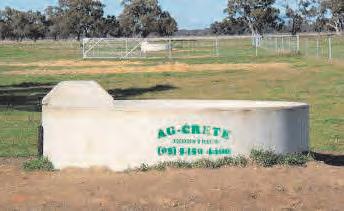 Power of Women in Dairy scholarship winner Emmalea Wishart in action in the show ring.
Supreme Intermediate Udder winner was Gorgala Unstopabull Tiffany.
Showing their class were the four-year-old in-milk entrants.
Another strong line-up at the Winter Fair.
Power of Women in Dairy scholarship winner Emmalea Wishart in action in the show ring.
Supreme Intermediate Udder winner was Gorgala Unstopabull Tiffany.
Showing their class were the four-year-old in-milk entrants.
Another strong line-up at the Winter Fair.
STEPHEN COOMBES is still processing his success at this year’s National Herd Development Winter Fair, after Eclipse Alltheway Princess was crowned Supreme Senior Champion.

This is the first year Tamworth’s Kalulla Park Holsteins family — Stephen, wife Leanne and children Hayden and Lara — have ventured further afield than their local shows, despite showing cattle for the past 20 years.
Stephen has always been a regular spectator at the Winter Fair in Bendigo, and he was ecstatic to take out the win in his first year participating in the competition.
“We sent Princess down to Daniel Bacon in early June and he did such a great job of preparing and getting her ready for us.”
The family did take Princess to the Sydney Royal Show earlier this year, where she received Honourable Mention Champion Cow.
“She is such a non-fuss cow. We are hoping she is in calf and if so we should be able to turn her around for Sydney again next year. If she is not in calf we will just have to see what happens,” Stephen said.
He bought the now five-year old from an online sale back in 2020.
At the time Princess was fresh after a second calving and, despite not being among his early picks, when she came into the ring, she immediately caught his attention.

“When she hit the ring she was reasonably priced so I thought why not. There was no real theory behind the purchase and now she has turned out to be a pretty cheap buy.”
The Coombes farm at Tamworth, in northeast NSW, where they milk a predominantly Holstein herd with around 50 Jerseys thrown in to up the fat and protein test.
“My mum’s family were successful Jersey breeders and I still like to play about with them, although over the last few years we have focused more on our Holsteins for showing purposes,” Stephen said.
They currently farm on 283ha, which includes 202ha of irrigation, although they have recently sold their farm and purchased a new one.
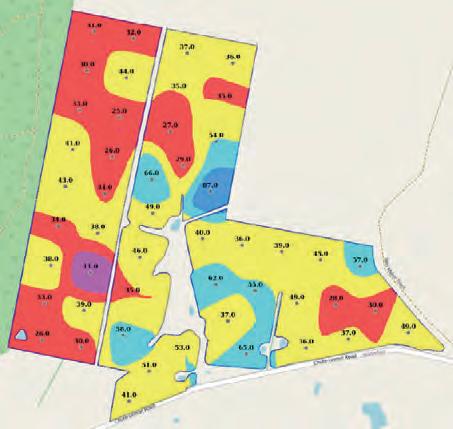
The new farm is slightly smaller at 133ha but does include two lease blocks which brings the total area up to 243 irrigatable hectares. The infrastructure includes a 15-a-side rapid exit dairy, self-locking feedpad, undercover cow yard, quality cattle yards and good irrigation infrastructure.
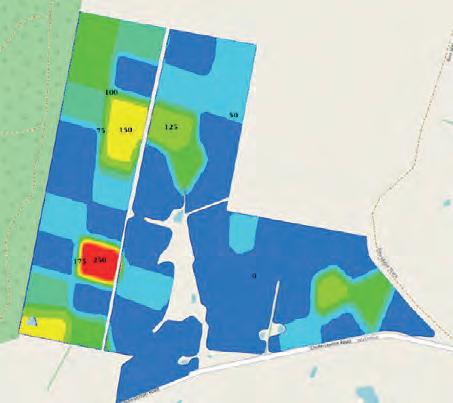
With the milk pool shrinking in NSW, Stephen said there were only about nine dairy farmers left in the Tamworth region.
About five years ago Lactalis came into the region looking to secure milk supply to Queensland, so the business jumped on board and has been supplying the company ever since.
“We get paid the Queensland price for milk, which is about three to four cents above NSW, so we are pretty happy where we are at pricewise, which always helps.”
He said the biggest threat to the future of the industry in Tamworth was water security.
“Our irrigation comes from the Chaffey Dam, which is also the main supplier of water to Tamworth. The previous government had committed to another dam but that has been scrapped now.
“Water never used to be a problem but in 2018-19 our irrigation supply was cut off and it was a pretty hard time for us.”
Largely self-sufficient for fodder except for grain, Stephen said that period emphasised the importance of establishing a feed bank — he currently has 12 months’ worth of hay and silage on hand.
‘’We try and grow as much feed as possible, which includes lucerne and annuals for hay.
“Weather conditions over the last couple of years have been pretty good so we have been able to cut and chop a fair bit of feed off our dryland country to put in the bunkers as well.
“Having hay and pit silage put away gives us confidence for the years ahead, particularly when it comes in dry and we face restrictions again.”
•GROW MORE GRASS
•OPTIMISE YOUR FERTILISER
•MAXIMISE YOUR LIME
•PROGRESS TO CARBON NEUTRALITY
• TARGETED EFFLUENT DISTRIBUTION
•USE YOUR WORST PADDOCKS
•REFORM YOUR LAND
•INCREASE YOUR DSE
•REDUCE WATER LOGGING

CHAD AND Kristen Gordon are pretty happy with this year’s National Herd Development Winter Fair.
Their three in-milk cows placed top-of-theline in their respective classes while Gorgala Unstopabull Tiffany took it a step further, winning Supreme Intermediate Champion and Supreme Udder.

The three cows — Gorgala Arrow Charcoal, Gorgala Docuno O Shimmer and Gorgala Unstopabull Tiffany — were all prepared by the team headed up by Daniel Bacon from Brookbora Jerseys at Tennyson.
‘’I just don’t have the time to prepare the cows myself these days and run the farm so it was just easier to send them to Daniel and his team and they did such a great job. We couldn’t be any more thrilled with the result,” Chad said.
He also thanked employee Brooke Hewett.
“If I didn’t have Brooke working for me I wouldn’t even have time to break a cow in. It has been so good having someone working with us who shares the same passion and interest for showing cows as us.”
Milking 360 cows at Tongala, in northern Victoria, Chad said Tiffany was a great no-fuss cow and a favourite of his children Zara, Matilda and William.
“We don’t have any specific plans for any of these cows really, we will just keep breeding

them back and see how we go.”
Chad said breeding quality cows was what it was all about — and showing was part of that.

“We follow a pretty strict criteria and I don’t

use negative DPR bulls. We focus on fertility and overall type and udder — for us it’s more about fixing structural weakness in the next generation of animal.”
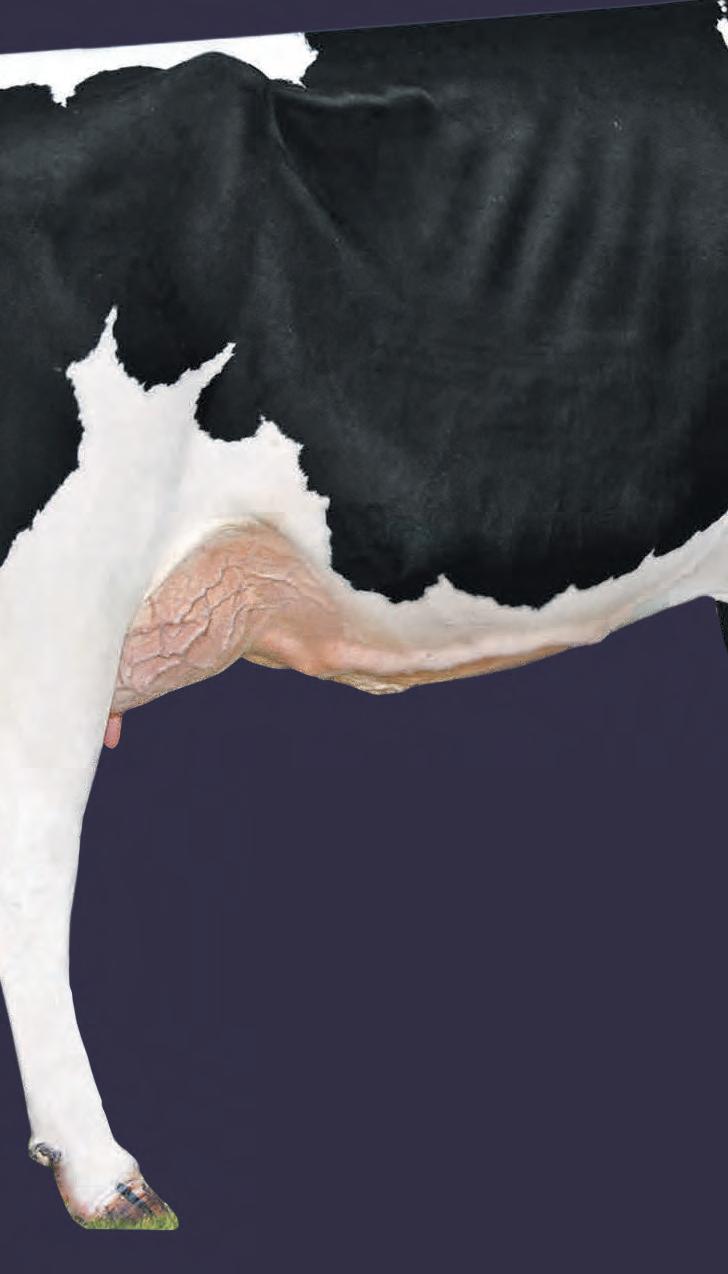
Chad and Kristen purchased their own 200ha farm in 2014, moving away from a family-operated dairy farm at Cohuna where Chad worked with his brothers Glen and Drew.
Chad said the past nine years had been a rollercoaster ride of everything from challenging seasonal conditions to milk price drops.
“We have farmed through dry years and wet years, high water prices and a Murray Goulburn milk price drop along with three kids, so you could say it has been a very challenging nine years,” he laughed.
Now supplying Bega, the couple are looking forward to the season ahead after losing some of their spring production and consequently profitablity last year due to wet conditions.
The poor spring did take away some of the cream of last year’s high milk price, although Chad said they were lucky to have a couple of good windows where they could harvest some quality silage.
“Last year was a bit of a catch-up for us and we are starting this year in probably one of the best positions we have ever been in — cheap water, affordable hay and grain prices and I am thinking if there was ever a year to get in front, this would be it.”

Chad said he and Kristen will continue to focus on showing cattle in the future and they will try to hit a few local shows and, of course, International Dairy Week in January.
“It is very rewarding when a cow you have bred yourself has the quality to win a show like the Winter Fair.”
Every farmer loves the cows that don’t get noticed. They come into your herd, get the job done, and do it well. With St. Jacob’s new line, Linear Choice, you can have a herd of healthy, balanced, and efficient cows: cows you can forget, but you won’t want to. Breed more efficient cows and develop a balanced, profitable herd.
THE NATIONAL Herd Development Winter Fair has always had a firm place in the calendar of the Dickson family from Emu Banks Holsteins.
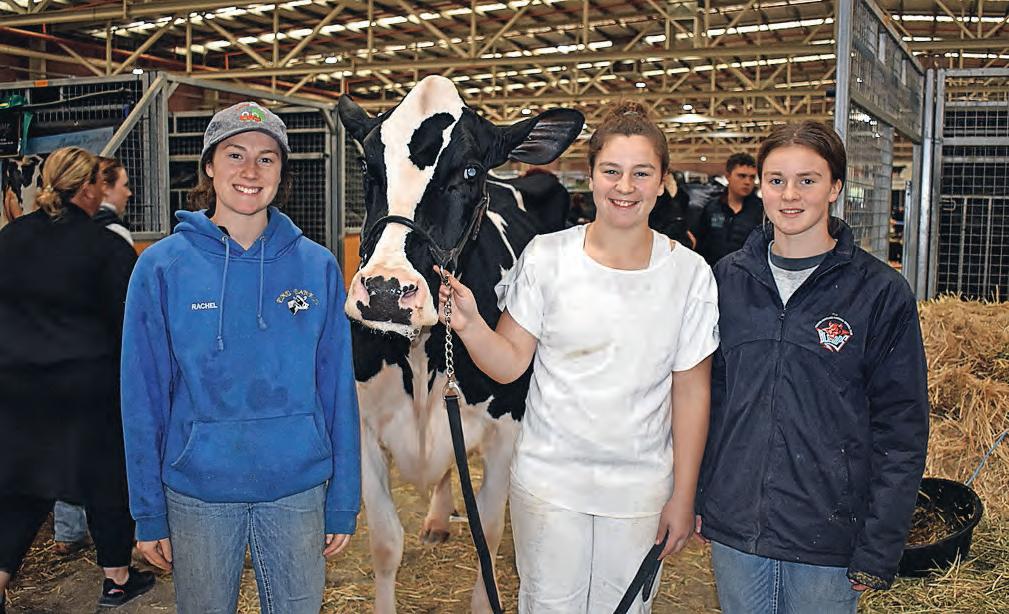
Sisters Rachel, Jacque and twins Anna and Leah haven’t missed an event, whether it has been showing their own cattle or working for Brad and Jess Gavenlock from Cherrylock.
“We have the spring country show season and International Dairy Week in January,” Rachel said.









“The Winter Fair is on at the perfect time when there is not much else happening on the show calendar and our whole family just loves attending.”
The Dickson girls’ love of showing was nurtured by their employee Beth Schultz.
“Our parents [Bryan and Joanne] just milked cows and were never into showing but they were very supportive of us once we took it on under Beth’s guidance,” Rachel said.
“Mum and Dad still come with us today and it has become a real family event for us all.”
While she is committed to the major show calendar, including International Dairy Week and Winter Fair, study and work commitments in Melbourne don’t always allow for more involvement.
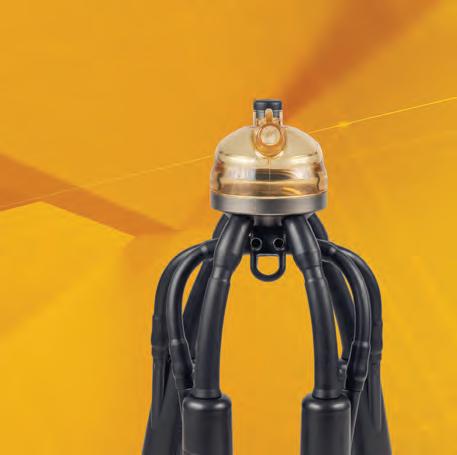


“Anna and Leah are definitely more involved in the showing, including sales and photography prep and all the local shows — they both
have a really deep passion,” Rachel said.

Growing up on the family farm at Terang, in Victoria’s Western District milking 750 cows, meant there was always cattle work to do — and the girls have always been involved in working hard alongside their parents.
This involvement has ensured the sisters have all developed a love of agriculture in some form or another.
For Rachel, 22, that has been working toward a veterinary degree specialising in large animals, while Jacque, 20, ditched her radiology course and is now working as a bull handler at TLG.
Anna and Leah are both still in secondary school, but Leah has started a veterinary nursing certificate.
“We have all developed our own independence,” Rachel said.


“Growing up on a dairy farm subjected us all to a diverse range of experiences and activities and when I moved to Melbourne, I soon came to realise how great it was to have had an opportunity to grow up in the country.
“My prior experience with cows has certainly helped me out when it comes to working and studying large animals; animal behaviour is sort of universal and farming has certainly helped me hone my skills in that area.”
In 2020, Rachel took a gap year in her studies and headed over to Chester in the United Kingdom to work at Grosvenor Farm, a largescale dairy operation milking 2200 cows.
She found it quite a contrast to her home farm.
“They had a 60-unit rotary that ran for 21 hours a day servicing six herds. The cows weren’t fed any grain on the platform, that was fed out through the TMR.”
Being a commercial farm and because the cows didn’t have to walk too far, she said there was little emphasis on cow confirmation including leg structure or hoof trimming.

Rachel said cows were calved in maternity wards and taken into boxes, and the colostrum was pasteurised before it was fed.
“It was interesting to see the different

diseases the cows under that system were exposed to, especially when it came to the high stocking rate.”
Rachel finds the physiology of cows fascinating and she has spent six months at the University of British Columbia as part of a study exchange for her degree looking at reproductivity in cattle.
She is passionate about the dairy industry and all the opportunity it provides, and she is looking forward too seeing where her own career goes in the future.
CALLING THE transition period a make-orbreak moment is quite an understatement.
A troubled, stressful and unhealthy transition period can have serious consequences for the health of both a cow and her calf after calving. Extra stress for cows in the dry period could be detrimental to their health.
And on top of that, the negative effects could become a factor for multiple generations to come.
A whopping 80 per cent of diseases occur during the transition period, which means a lot of recurring herd issues stem from that time. So, what if you could spot the signs of a cow being at risk before it all goes downhill? That’s where cow data comes in.

Identifying a cow that’s at risk without the use of technology is a time-consuming task. On large dairies the number of fresh cows you need to monitor can easily reach 150.

But early identification of cows at risk can save you a lot of time, trouble and money. Cow monitoring and cow data can marry these two. It can save you the time of having to check up on your cows in transition, as well as spot them for you so you prevent any issues and losses.
A cow monitoring system recognises symptoms you would never be able to identify with
the naked eye. On top of that, health problems with fresh cows are usually results of issues that have gone on for much longer.
In addition, nutrition can be one of the reasons why cows become sick after calving. Cows that eat less before calving and become sick after calving already had an inflammatory response before calving.
According to Dr Peter Hut, seasoned veterinarian as well as product manager for CowManager, there are three reasons for this.
“The first is inflammation, like mastitis.
Second, pain like lameness. Stress also gives this reaction. Especially chronic stress, such as with ranking or heat stress from which cows cannot recover at night,” Dr Hut said.
Dr Hut said all these uncertainties can be identified with CowManager’s Nutrition Module, which sends out transition alerts, heat stress alerts and group stress alerts to its users.
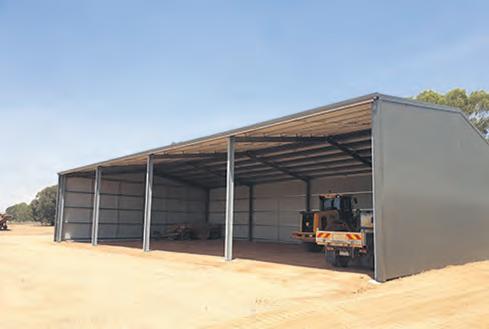
Transition alerts can pinpoint ‘at risk’ cows, indicating the cow could be at risk for health issues after calving. So essentially, transition alerts indicate which cow is underperforming during the dry period.

“Cows are reported showing abnormalities in their behaviour and feed intake from 50 days before the calving date,” Dr Hut said.
“These cows are at risk to become sick after calving. More than 85 per cent of these cows become really sick within 30 days after calving.
You want to have these cows’ insights, so you can apply interventions to prevent them from becoming that sick.”
Prep for postpartum health issues
The alerts don’t indicate that an animal is actually sick; it notifies you that this specific cow is spending less time eating and ruminating compared to normal behaviour and the average of herd mates. This makes her an easy target for any postpartum health issues.
Dr Hut emphasises the transition alerts aren’t cause for alarm, just cause for care.
“You may think you need to do something today with an alert. With transition alerts this is not the case. Transition alerts aren’t ‘act now’ alerts, but ‘underperforming, keep an eye on her’ alerts.”
From the moment a cow gets her first transition alert, she remains ‘at risk’ for diseases until after calving.
Cows that start a treatment plan after the transition alert, can be monitored easily using the module. This helps farmers as well as their vets and other staff keep a close eye on a cow’s recovery process.
The cow monitoring module gives dairy farmers an overview of underperforming cows to keep an eye on and take extra care of, and it prepares you for which cows will be struggling after calving.
This gives farmers time to adjust their herd management plans accordingly, and not have any unwelcome surprises after an already busy period.

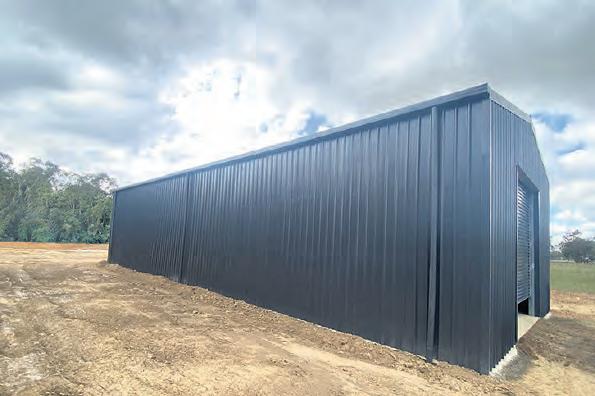
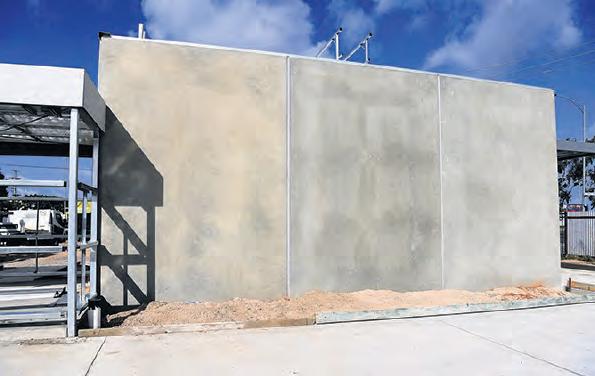
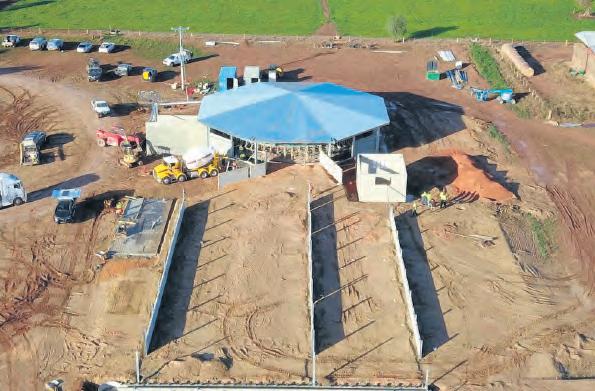
AUSTRALIAN GENETICS are set to conquer new worldwide markets following the launch of a major international joint venture.
The joint venture between Genetics Australia Cooperative (GAC) and global herd improvement leader URUS Group LP (URUS) is expected to take existing Australian products into many new international markets.
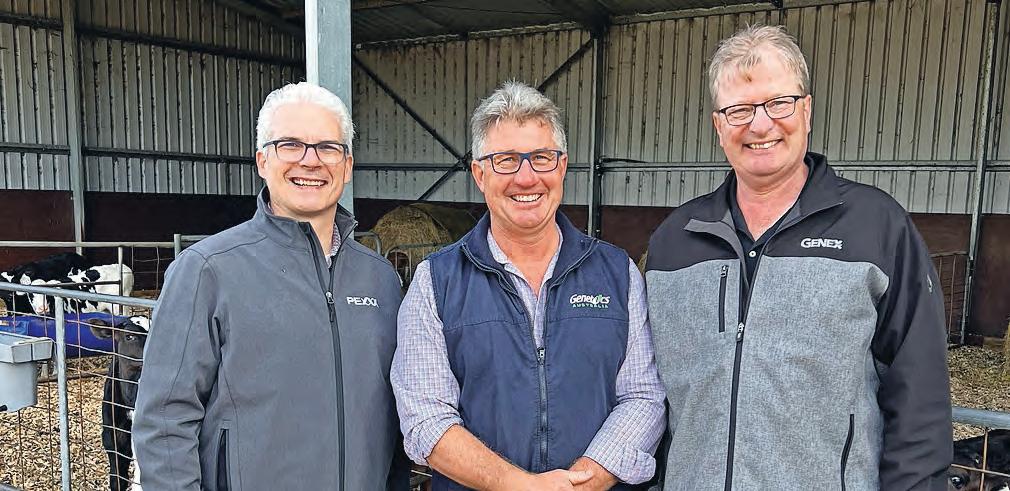
The new entity will be formally known as Genetics Australia Holdings Pty Ltd and will continue to trade as Genetics Australia. It officially launched on July 1.
Genetics Australia CEO Anthony Shelly says the joint venture will have huge benefits for Australian farmers, not only offering them an expanded product portfolio but in helping their genetics to reach new markets.
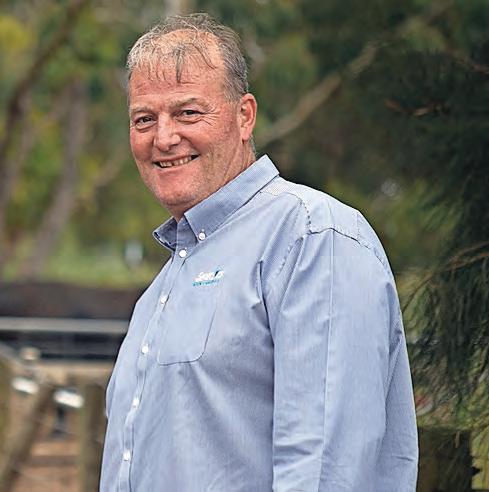
“We’ve had planning sessions with the global sales teams and it is clear there is a lot of interest in Australian genetics,” Mr Shelly said.
“The exposure Australian semen is receiving even before the joint venture starts is quite overwhelming. We are very excited and confident that new orders will come.”
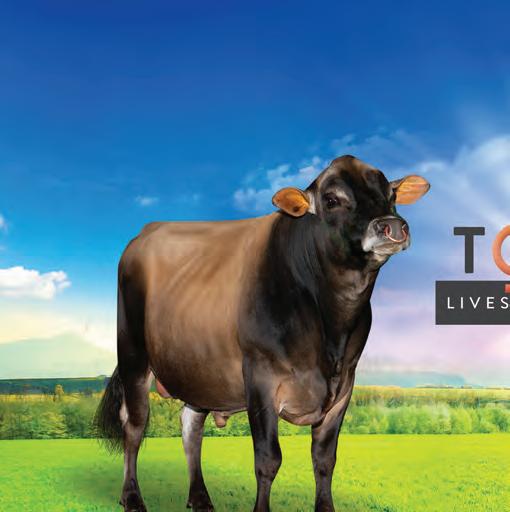
Mr Shelly said the interest was based on the excellent reputation enjoyed by Australia’s grazing genetics.

“People see what is happening in Australia and want to be part of it. This new joint venture will open many new markets for us.”


Mr Shelly said interest was particularly strong in South America.
“We will be following up opportunities in the near future and this promises to be an exciting time for Australian farmers.”
The joint venture received overwhelming support from Genetics Australia Cooperative members and formal approval from the Registrar of Co-operatives.
URUS is a global leader in products and services for dairy and beef producers for artificial insemination, genetics, reproduction and farm management systems, servicing more than 80 countries with brands such as GENEX, PEAK, VAS and Trans Ova among many others.
GAC is the leading Australian-owned artificial breeding supplier, supplying genetics and herd improvement merchandise products used by Australian dairy farmers and to several international markets to improve their herds.
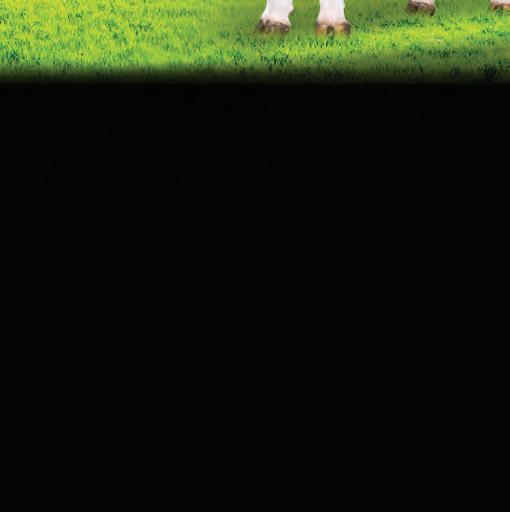
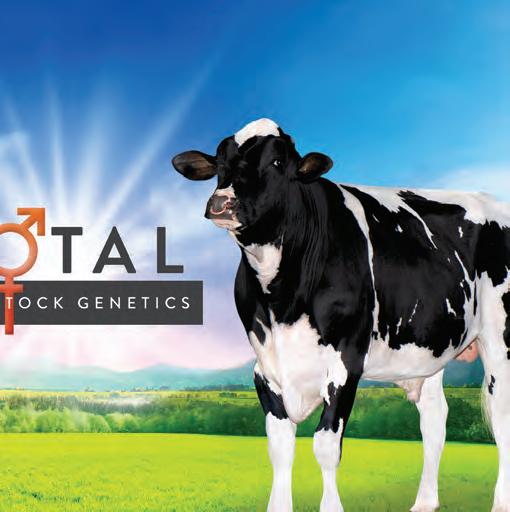
The joint venture will be 60 per cent owned by URUS and 40 per cent owned by GAC. It will have access to the full suite of GENEX products and access to the PEAK breeding program.
Mr Shelly said the partnership with the GENEX co-operative was particularly helpful and sat well with GAC’s history as a co-operative.
GENEX CEO Huub te Plate described the joint venture as a testament to the cooperatives’ commitment to drive innovation and deliver top-notch genetic solutions to members and customers.
“Genetics Australia Cooperative shares our passion for excellence, and we are excited to combine our expertise and resources to shape the future of the cattle genetics and reproductive services industry,” he said.
“GENEX and Genetics Australia Cooperative have a deep history and passion for our members and customers, this joint venture makes perfect sense.”
Genetics Australia CEO Anthony Shelly.SOUTH-WEST VICTORIAN dairy farmers have learnt about the potential benefits of virtual fencing to manage herd grazing and movement during a New Zealand study tour.
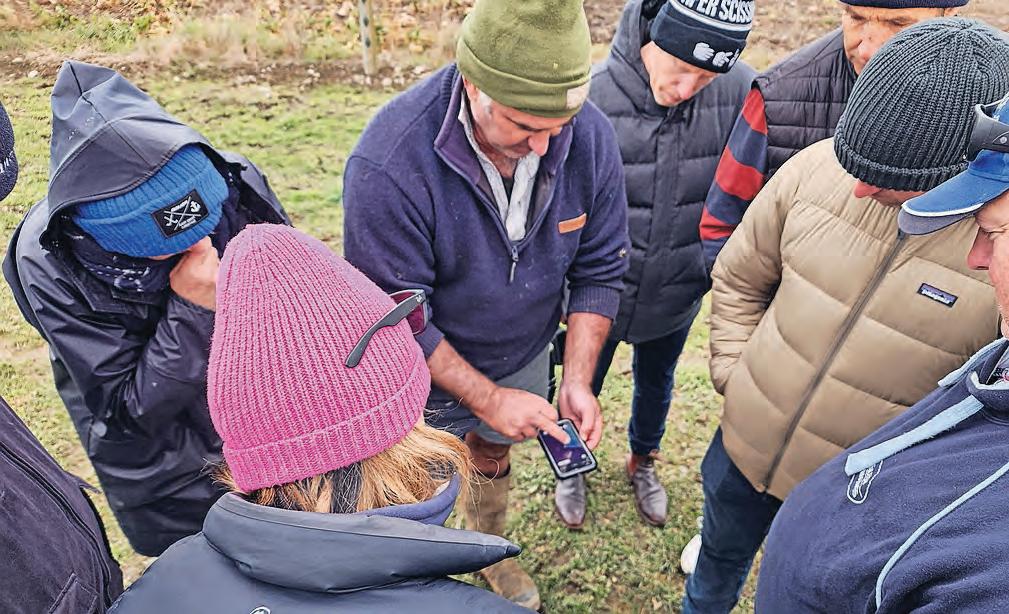
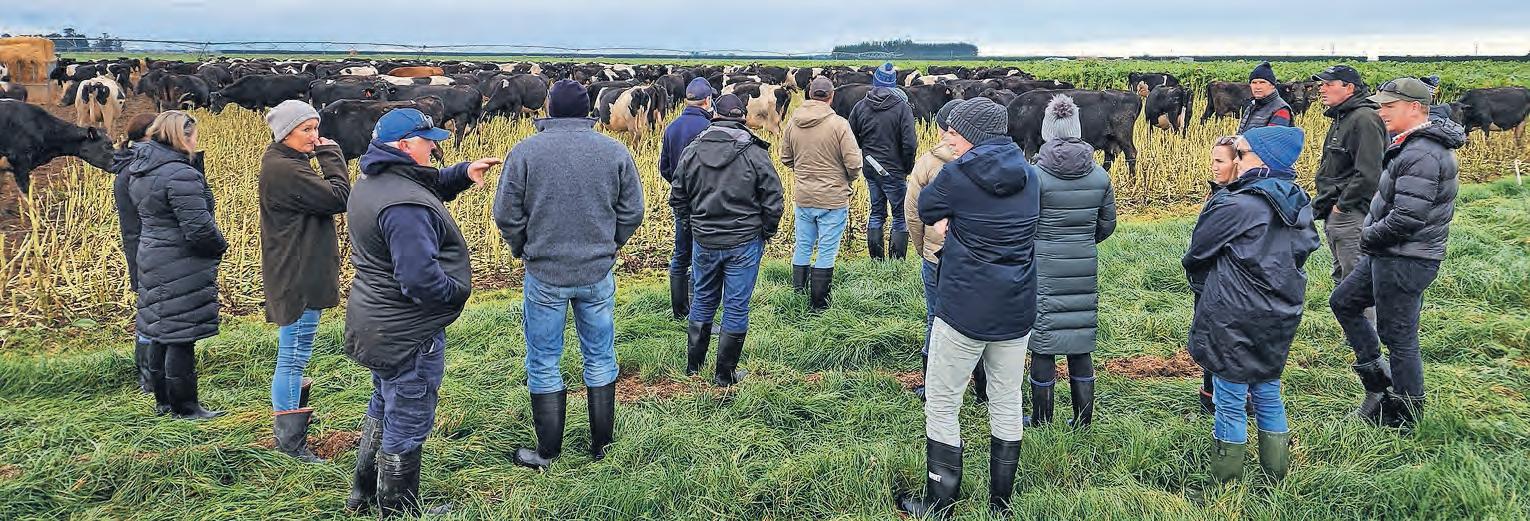
Farm consultants Angus Drummond and Fiona Smith organised and led the tour of the SW Farm Business Discussion Group to Christchurch, NZ.
One of the highlights was visiting a large farm of 1800 cows using Halter collars on three herds, prompting a suggestion to lobby the Victorian Government to allow their use in Victoria.
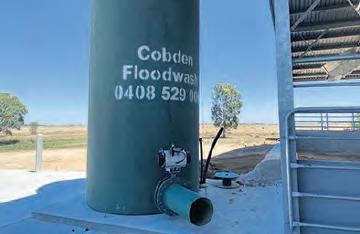
DemoDAIRY Foundation funded six southwest Victorian farmers to be part of the tour which also looked at how farmers are coping with the lower nitrogen requirements and mitigating options, irrigation trials looking at application rates and timing and the effect on nitrogen leaching and a visit to Lincoln University to talk about a study on regenerative farming and 10-in-7 milking intervals.
Angus said there was a lot of interest in the Halter collars.
“The farmer took us to a 59ha paddock of kale and fodder beet and simultaneously moved two large groups of animals, at either end of the paddock, up to the eating face from either side of the paddock,” Angus said.
“All cows moved quietly, none broke out and crossed the virtual fence and then after a while the herds were moved back again, with no fuss.”

Angus said farmers might want the virtual fencing but the price was currently prohibitive.
“They are a very powerful tool and the demonstration showed there was no evidence of cruelty,” he said.
“The two herds were very relaxed and happy to take and obey the sound cues given to them.
“We need to be lobbying the Victorian Government to allow these collars onto our farms.”
Angus said the collars had reinvigorated the farmer’s interest in the herds and pasture management.
“The app allows for pasture allocation and as the area is drawn into the app, it shows the

pasture kgDM/cow allocated and the rotation length the herd will be on,” he said.

“The farmer can review the grazed area throughout the day and allocate more feed if required without needing to run a new strip fence.”
Timboon farmers and SW FBDG participants Matt and Renee Whitehead, who were supported by DemoDAIRY Foundation to join the tour, said it was a real eye-opener.
“It got us thinking about the impact government regulations can have on farming for better or worse,” Renee Whitehead said.
“We wanted to see different farming systems and how they are managed and it was interesting to learn about the Halter collars.”
Matt said he had been following the Halter collars for a couple of years.
“It was nice to see them at work,” he said.
“We could save a heap of labour by using them.”
They would support a push to the Victorian Government to legalise their use in Victoria.
“The cows respected the collars and the farmers respected what was expected of the cows,” Matt said.
They thanked DemoDAIRY Foundation for the opportunity and recommended other

farmers seek support for similar study tours.
“It’s always worth looking a bit further than your fence to see what’s going on,” Matt said.
DemoDAIRY Foundation is keen to support south-west Victorian dairy farmers to improve their knowledge and advance their careers.
More information about support from the DemoDAIRY Foundation can be found at https://www.demodairy.com. au/scholarships-and-grants/ or from DDF secretary Ian Teese on 0427 358987 or email itag@bigpond.com
South-west Victorian dairy farmers on the New Zealand study tour.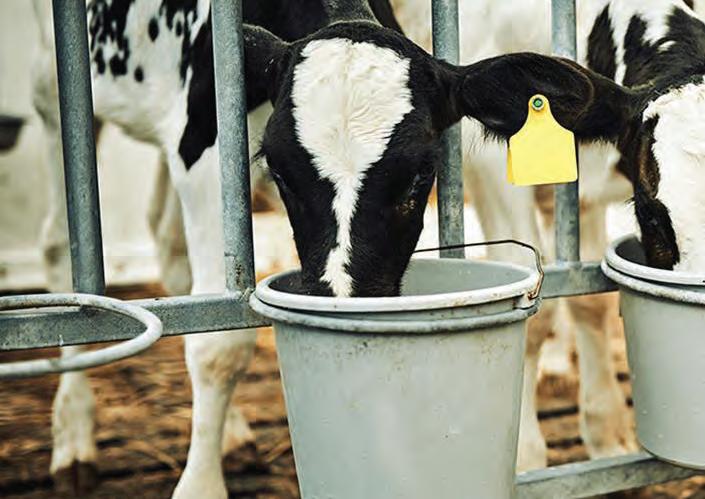

THE AUSTRALIAN dairy industry has again taken the lead on sustainability in agriculture by publishing a sector-wide action plan to reduce food waste.
Dairy is the first Australian agricultural sector to take this significant step.
Dairy Australia managing director David Nation said food waste from the dairy supply chain had previously been identified as one of the six highest Australian food waste sources.
A video is available at: https://www.youtube. com/watch?v=Z_S6VwRjZaY
This project was supported by the Victorian Government’s Circular Economy Business Support Fund as part of the Circular Economy Business Innovation Centre.
The Dairy Sector Food Waste Action Plan was developed by Dairy Australia in collaboration with the Australian Dairy Products Federation and Stop Food Waste Australia, and with input from dairy businesses across the country.
Australian Dairy Products Federation executive director Janine Waller said sustainability and good practices were important for dairy farms, dairy manufacturers, and for the future of the planet.
“Developing the Dairy Sector Food Waste Action Plan has given us unique insights into where, what, and how much food waste is occurring across the dairy supply chain, which is particularly important when we’re managing the challenges of food inflation and a declining raw milk pool,” Ms Waller said.
“Together, we have identified 10 key actions to reduce waste — from investing in R&D and technical solutions, to effective inventory management systems to monitor and report on waste, partnering with food rescue organisations, promoting sustainable packaging solutions, and educating consumers through product labelling and storage advice.”
Stop Food Waste Australia chief operating officer Mark Barthel said food waste was a $36 billion challenge in Australia and if successfully implemented the initiatives in this plan would deliver significant economic, social, and environmental benefits.
“Reducing dairy food waste across the supply chain can save millions of dollars annually. Studies show that just a one per cent reduction in food waste could result in savings of up to $10 million for dairy manufacturers, which would increase their ability to remain competitive in local and international markets.
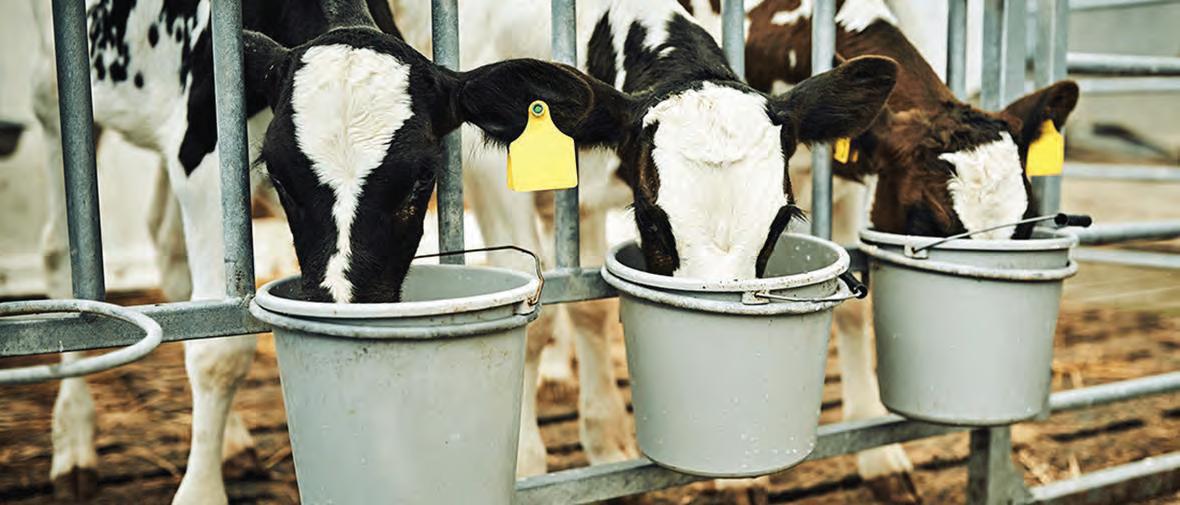
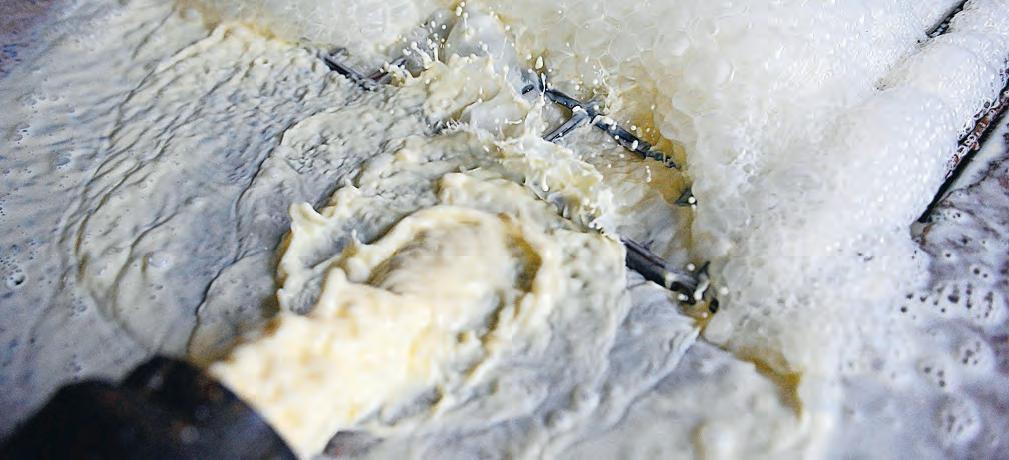
“The benefits of reducing food waste go beyond financial gains. Effectively preventing and managing dairy food waste can reduce associated greenhouse gas emissions by up to 20 per cent, while also conserving water and energy and significantly reducing ecological footprint,” he said.
The plan aligns with the goal of the Federal Government and Australian Dairy Industry Council to halve food waste by 2030. The Australian dairy industry’s commitment to sustainable practices, including reducing waste, is highlighted in the 2021 Australian Dairy Sustainability Framework report.
The Dairy Sector Food Waste Action Plan is available on the Dairy Australia website.
IMPROVE HEALTH
What if you could proactively improve calf and cow health sothey can better withstandchallenges, including those caused by mycotoxins?
REDUCE PATHOGENIC BACTERIAL LOAD
What if you could control calf diarrhea before an outbreak, and reduce the incidence, severity and duration of other common diseases that affectthe feedconversion efficiency of lactating cows and your bottom line?
PROMOTE PRODUCTIVTY
What if you could add nutritional insurance to every stage of your cattle’s lives resulting in healthier heifer calves that join the milkingherd ready to contribute at a high level, and lactating cows that spend less time off feed.
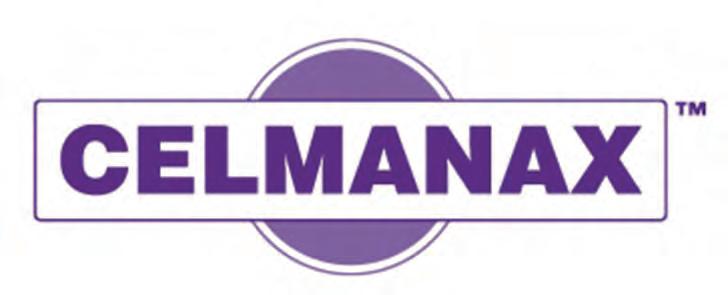
Has been shown to:
•Agglutinates and binds E. coli and Salmonella enterica.
• Agglutinate and bind E. coli and Salmonella enterica
•Reduces the incidence, severity and duration of mastitis and cryptosporidiosis infection.
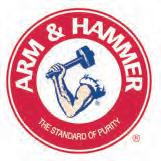
• Reduce the incidence, severity and duration of mastitis and cryptosporidiosis infection

•Reduces blood stress markers during and after transport and temperature stress.
• Reduce blood stress markers during and after transport and temperature stress
•Minimises cytotoxic damage caused by a variety of mycotoxins and carryover of aflatoxins in milk.
• Minimise cytotoxic damage caused by a variety of mycotoxins and carryover of aflatoxins in milk
• Improve weight gains and performance in calves and milk yields in lactating cows
•Improves weight gains and performance in calves and milk yields in lactating cows.
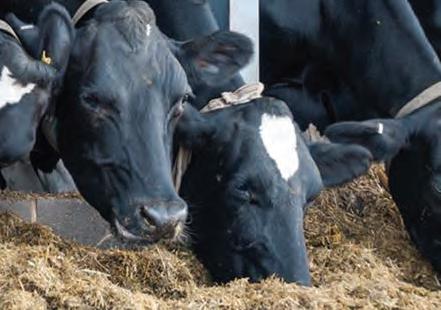
A TRIAL adding a bespoke blend of Australian seaweeds to the diets of cows at a south-west Victorian farm has shown early promise in improving cow health and milk production.
The research by the DeakinSeaweed Research Group also has the potential to improve sustainability and reduce the industry’s environmental impacts.
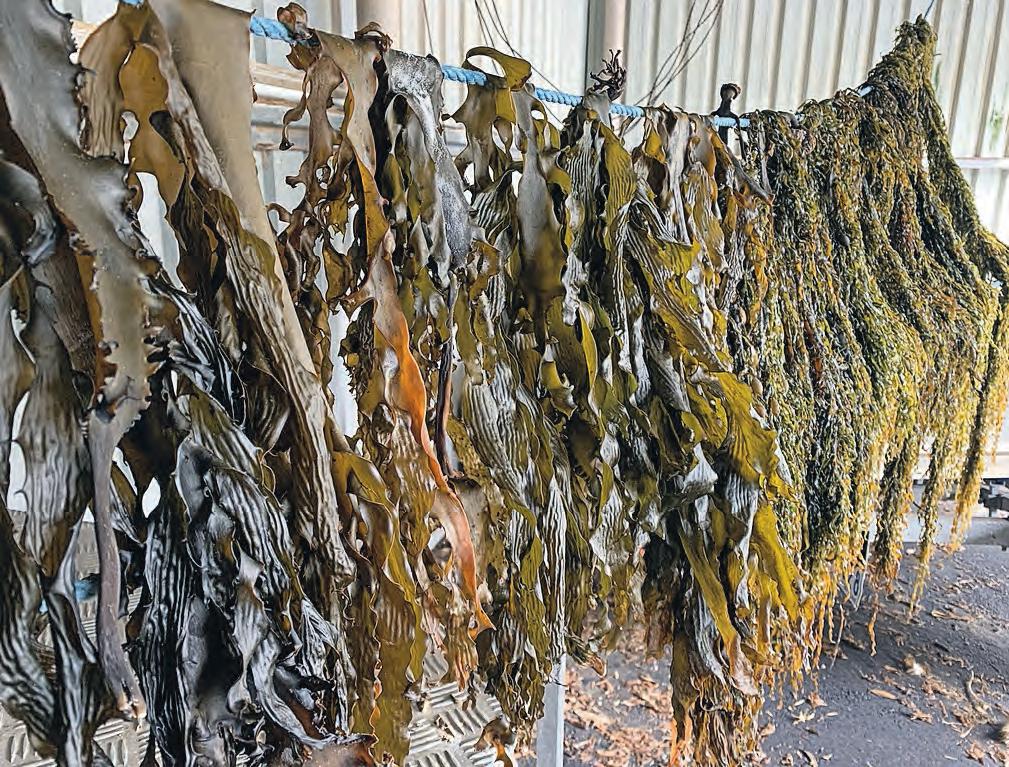
The research is being led by Senior Lecturer in Marine Biology and Ecology at Deakin University’s Warrnambool campus, and head of the DeakinSeaweed Research Group, Alecia Bellgrove.
“We think this could be a win for the environment, a win for the cows, a win for the farmers,” Dr Bellgrove said.
Fifty-six cows at the Eastern Creek Road farm near Port Campbell were each fed one of four different diets including a mixed seaweed supplement and a biochar supplement, each in isolation and in combination, along with a base control diet as part of the field research.
The research aims to see if the changed diet can improve milk production and quality, as well as animal health and in doing that, potentially reduce methane and nitrous oxide greenhouse gas emissions through changes to the gut microbiome.
The study didn’t measure methane production directly but looked at changes in the gut microbiome. This data is still to be analysed.
Dr Bellgrove emphasised that there are thousands of different seaweeds in our oceans, but relatively few are available in the quantities required for agricultural supplements, and imported seaweeds carry significant carbon miles and potential toxicity risks.
The bespoke mixed seaweed supplement used in this study was blended from a range of Australian seaweed species for which large amounts of biomass could be sustainably sourced from existing or emerging aquaculture production or sustainable wild harvest.
SKIOLD VMS
CLASS LEADING GRAIN MILLING TECHNOLOGY
UNPARALLELED MILLING EFFICIENCY AND ENERGY CONSUMPTION
BETTER UTILISATION OF YOUR GRAIN EUROPEAN QUALITY AND MANUFACTURED MULTIPLE DISC MILL SIZES AVAILABLE
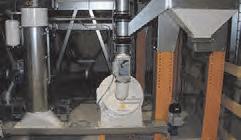

While lab and data analysis won’t be completed until at least the end of 2023, preliminary results look promising.
“The cows lost weight across the course of the trial which was expected at that stage of their lactation, but the preliminary results suggest those supplemented with both seaweed and biochar lost less than the control cows,” Dr Bellgrove said.
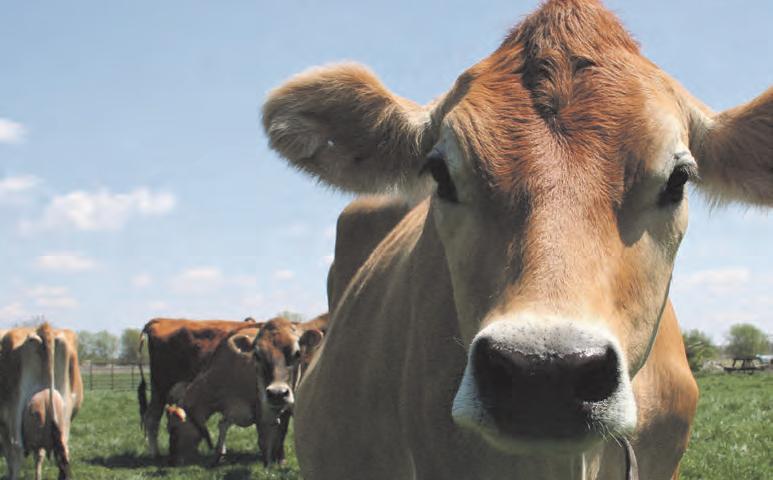
“That is possibly linked to changes in metabolic activity within the rumen.”
After some initial hesitation, the cows soon accepted the seaweed and biochar supplements into their diet.
The cows were fed the supplements at each afternoon milking for 30 days.
The 60-cow rotary dairy at the Eastern Creek Road farm enabled the researchers and farm staff to work safely while minimising impact on the animals.
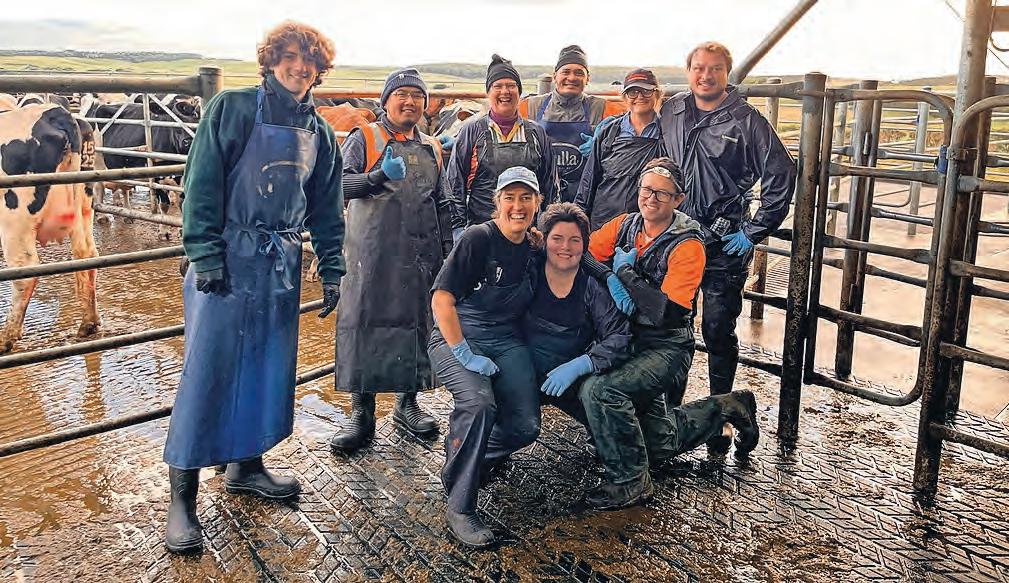
The computerised dairy measured daily milk yields and allowed safe and easy drafting of the cows in the experiment from the main herd when sample collection was required.
“The farm staff were all incredibly helpful and flexible in enabling our team to conduct this research around their daily activities, and enthusiastic about the research and potential impacts. We are really grateful for their support,” Dr Bellgrove said.
“We’re looking at species that we know have good nutritional quality and the potential to improve the nutrition of the cows and potentially the nutritional quality of the milk, creating a cost benefit to the farmer rather than a financial cost,” Dr Bellgrove said.
The seaweeds’ biochemical composition was tested from nutritional and food safety perspectives for the cows.
“We looked at their nutritional profiles and palatability of individual seaweeds to develop an optimised mixed seaweed supplement,” Dr Bellgrove said.
“Seaweeds are a fantastic source of trace minerals, for example, which are important to animal and human health, but if they are too high, they can become toxic, so we needed to find the sweet spot.
“Seaweeds are known to have antibacterial, antiviral and antioxidant properties so we also predict that they could improve animal health, which could increase production and reduce veterinary costs.”
The supplements could also improve the nutritional value of milk for human consumption, including increases in important trace minerals commonly deficient in Australians and omega-3 fatty acids for improved brain health, among other benefits.
Dr Bellgrove said seaweed supplements could offset some of the environmental impacts of terrestrially-produced feed, given that seaweeds don’t require freshwater or fertiliser inputs.
SPEAK TO A SKIOLD VMS REPRESENTATIVE ABOUT YOUR NEXT FEED MILL


Flexible Augers • Pencil Augers • Mixers • Cleaners • Control Systems Complete feed systems also available

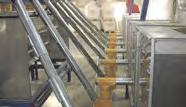 “The farm staff were all incredibly helpful and flexible in enabling our team to conduct this research around their daily activities, and enthusiastic about the research and potential impacts,” Alecia Bellgrove says.
“The farm staff were all incredibly helpful and flexible in enabling our team to conduct this research around their daily activities, and enthusiastic about the research and potential impacts,” Alecia Bellgrove says.
“We expect the manure from cows will have a relatively high carbon load compared to normal feed, meaning it could enhance the quality of the soil and potential carbon sequestration,” she said.
Milk, urine and faecal samples were taken during the trials and are being analysed, along with a suite of animal health and production data. Milk taste trials will also be conducted to ensure the supplements don’t negatively affect the palatability of the milk for consumers.
“We are looking at a holistic approach to make it a cost benefit to farmers with healthier and more productive animals, which could mean less animals to produce the same volume of milk,” Dr Bellgrove said.

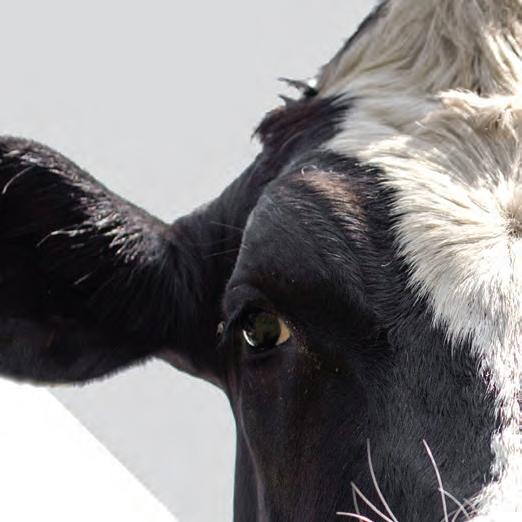
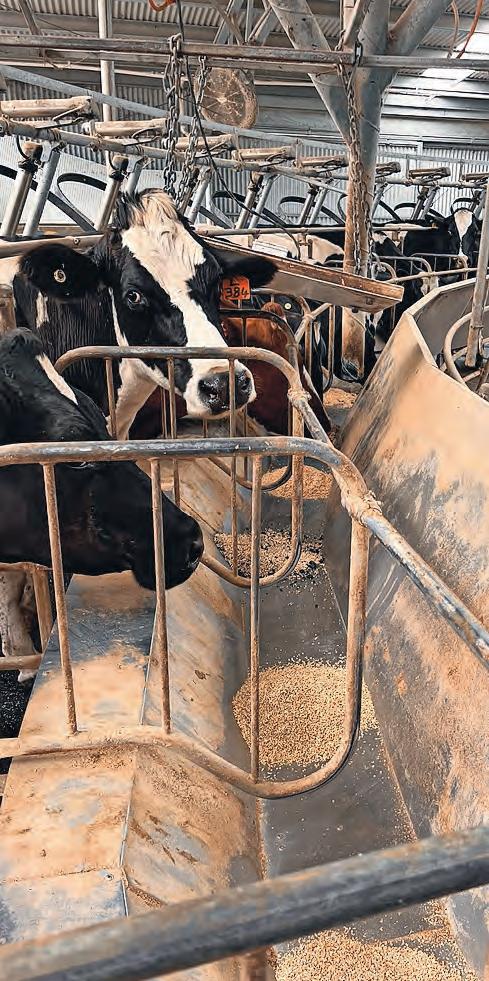
“Another potential benefit of the nutritional seaweed supplement could be to reduce heat stress which will become increasingly important in a warming climate, via changes to the gut microbiome.”
Although still early days with a lot of results to analyse, the initial results are encouraging.
“Even after a 30-day field trial, we’re seeing significant changes in the microbial metabolism within the gut,” Dr Bellgrove said.
“We are still trying to determine what those changes mean for potential improvement to animal health and potential reductions in methane and nitrous oxide production, but if it does end up being as positive as initial results suggest, there are opportunities to scale up and create demand for Australian seaweeds.

“We have incredible biodiversity of seaweeds in south-eastern Australia and they may be significantly high in favourable molecules that have the potential to improve human and animal health, whilst also being grown in some of the cleanest waters globally.”
Dr Bellgrove said that humans benefit from a “rainbow” on their dinner plate, and cows could do the same.
“There is a higher diversity of seaweeds compared to plant life on land, and nutritionally they offer something very different. If you can eat a number of seaweeds, it’s likely to do different and better things for you.”
Dr Bellgrove said the study had potential to improve soil structure, animal health, milk production and reduce greenhouse gas emissions.
“If our hypotheses are supported, this research has the potential to future-proof Australian dairy farming in a warming climate by improving sustainability in the context of environmental impacts, animal health and wellbeing, and productivity (yields, quality and value).”
The farm used for the research is managed by AAG Investment Management, who wanted to participate in the trial to help them achieve their carbon neutral target.
The Deakin University research has been in partnership with Heytesbury District Landcare Network and AAG Investment Management, and partially funded by the DemoDairy Foundation, the Federal Government Future Drought Fund and Deakin University.
WHICH IS THE IDEAL COW FOR YOUR HERD:
Top 10% PTAT
• Amazing type cows, getting taller each year
• Making enough milk, with respectable fat & protein
• Only lasts as long as the average cow, but more likely to die on farm
• Struggles to get pregnant on time, and consistently struggles with mastitis
Top 10% Productive Life



• Moderate sized cows not getting any taller, with functional udders
• Making industry leading production with high solids

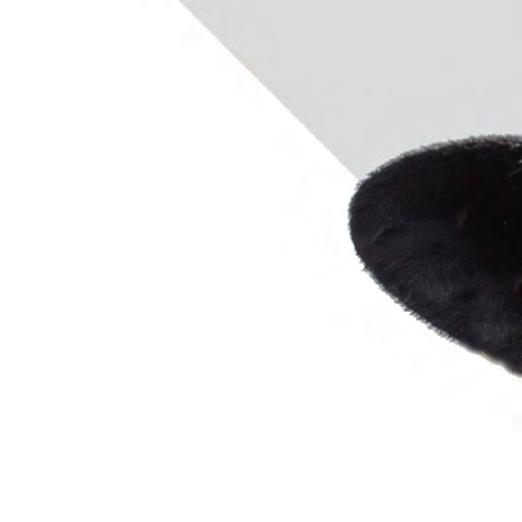
• Lasting nearly five months longer in production than the average, and being a valuable cull cow
• Extremely fertile and having less mastitis than others
Bottom 10% Productive Life
• Cows with plenty of frame, strength and getting taller each year
• Struggle to keep up with average milk production
• Last barely long enough to cover rearing costs, and potential to die before being culled
• More mastitis and cell count than the factory wants, has significant struggles with becoming pregnant
We have evaluated over 13,000 bulls born since 2010, who have had the benefit of being selected using genomic data, and now with historical and actual production, classification, herd records for mastitis and culling, using over 15 million cow records.
BROWNES DAIRY has welcomed former truck driver Glen Adams to its network of dairy producers in Western Australia’s South West.
Glen is a former truck driver, who was seeking a “farm change” so he could spend more time with his young family.
However, to become a farmer in WA, most people either inherit the family farm, or need significant capital to be able to buy a farm.
Glen and a friend are jointly leasing the
There's always room for improvement
Set up for success this coming season and order your heat detection patches early.
LIC Scratch Patch heat detectors are cost-effective and efficient aids. When mating activity occurs the silver layer rubs off to reveal a fluorescent colour.
Email admin@licaus.com.au or call your local District Manager today. 1800 454 694 | www.licnz.com.au

162ha Capel farm from an elderly couple, who are still living in the traditional farmhouse on the property.
“I grew up in Boyanup and used to have a job feeding calves before school,” Glen said.
“This gave me a love of farming, and until we came to this leasing arrangement I didn’t think it would be possible to manage a working farm.”
Brownes Dairy said it was delighted to welcome a new entrant into the dairy industry, which is under threat from its ageing demographic of suppliers.
“If the next generation doesn’t want to take over the farm, it’s often sold or the dairy operation is wound down,” Brownes CEO Natalie Sarich-Dayton said.
“We are very pleased to see new business models and new approaches to succession keeping WA’s dairy industry thriving.”
Glen is now arriving at the Capel farm at 4.30am in the morning to milk the cows, and finishing at about 1.30pm. He is supplying 2500 litres of milk/day to Brownes.
“I’m loving the farm life, and my family is loving having me back closer to home,” he said.
“Being a truck driver is hard work, long hours and time away from the family.
“The ‘farm change’ has been the best decision I’ve ever made in my life.”
Brownes Dairy is Western Australia’s oldest dairy company, established in 1886.
Brownes Dairy operates out of its main site in Balcatta with a second site in Brunswick, collecting about 150 million litres of milk each year from more than 50 dairy farms located in WA’s South West.

The company has a diverse portfolio of dairy and other products including milk, cream, yoghurt, flavoured milk, juice and desserts, and has been innovating in dairy across product, packaging and sustainability.
It was named as one of the country’s most innovative companies as part of the Australian Financial Review’s 2020 BOSS annual awards, and was also the only dairy company to make the list.
More recently, Brownes Dairy was awarded Best Sustainability/CSR Initiative by the World Dairy Innovation Awards in 2022.
Improved export conditions for Australian farmers are being dampened by lower commodity prices and drier conditions in some parts of the country.
Rural Bank analysed six industries — cattle, cropping, dairy, horticulture, sheep and wool — and found producers were well-positioned following a good start to the year.
The bank's head of agribusiness development, Andrew Smith, said the outlook for farmers was broadly good.
“We are seeing some positive signs across all six industries, but it is a mixed bag, with increased supply for some sectors while there is easing demand for some Australian commodities,” Mr Smith said.
"Most of the commodity groups have seen a reduction in prices over the last six months, particularly across the beef and dairy market, but we are seeing some positive signs with regard to access into some diversified countries.”
WA’s newest dairy farmer is Glen Adams, a truck driver looking for a lifestyle change.The heat is on dairy farmers.





 BY DR LES SANDLES
BY DR LES SANDLES
LAST MONTH I made clear why the dairy industry needs to evolve to more sustainable practices, hopefully provoking you to contemplate that pastures can save the planet, and concluded with a promise to explain how to achieve highly productive, earth-friendly pastures.
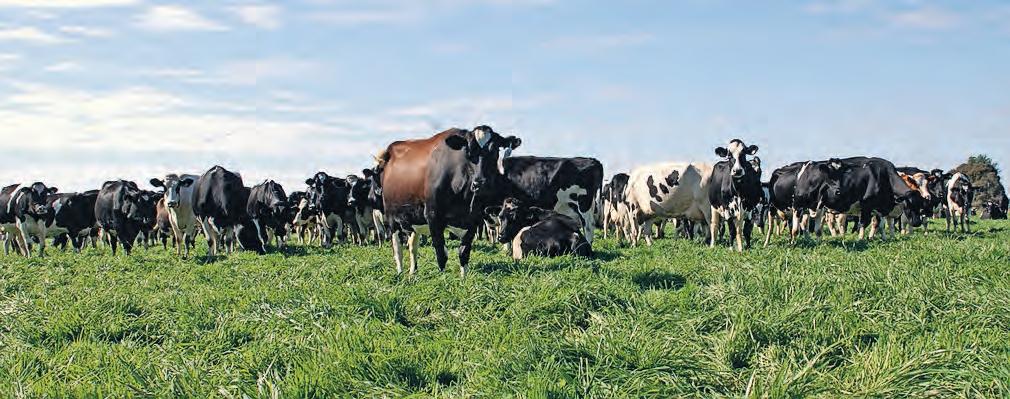
Before we launch into the ‘how’, I feel compelled to introduce you to some of the ‘who’ behind the groundswell of regenerative agriculture, that is, the giants on whose shoulders we stand.
Conventional agriculture, which has got us into the strife we are now in, is rooted entirely in a single voice — that of Justus von Liebig.
He was the guy who offered the ultimate reductionist theory that underpinned all of agriculture henceforth — that organisms perform only to the limiting nutrient. Liebig’s deathbed remorse was that he had led agriculture down the wrong path.
There is a growing cohort of scientists, advisers and farmers around the world, trained (as we all were) in Liebig’s reductionist theory, exposing its weaknesses and converging on the principles and practices that comprise modern regenerative agriculture.
I am talking of the likes of Rudolph Steiner, Bill Mollison, Graeme Sait, Christine Jones, Elaine Ingham, Nicole Masters and Hugh Lovel, to name just a few.
These independent thinkers are united in their willingness to embrace the dreaded ‘C’ words — Confrontation and Change, and they have done the hard yards.
Agricultural change-makers have gifted us tried and true methods for soil and pasture improvement. I do not need to tell you how difficult change is.
Nevertheless, we may need a further push and numbers talk, so let’s start with the maths.

Begin with the total cost of all your fertiliser, chemicals, fuel, labour, irrigation, pasture-related maintenance. Without exception, the recurring number shocks the pants off farmers.
This is just the cost of maintaining pasture yield, and most of these costs are incurred simply compensating for degraded soil.
Now examine the tools in the regenerative
toolkit — mixed swards, compost, soil/plant stimulants, plant growth promoting microbes, strip till, lime and gypsum, and so on — and decide which best fits your system as a first step in the transition; a toe in the water.





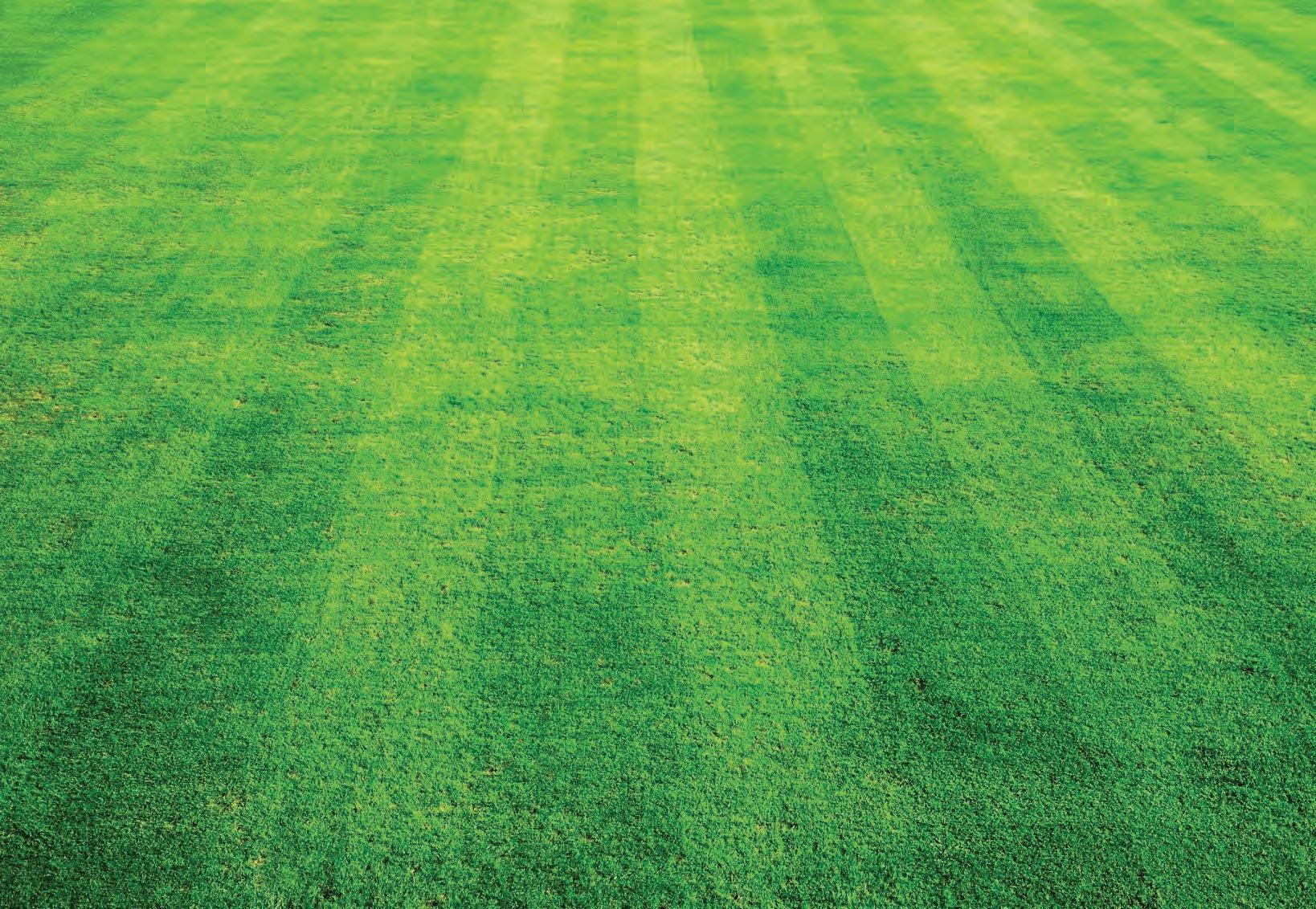
The goal is diversity as it leads to directly to the holy grail, ‘biodiversity’, so mixed sward options are a great starting point. Plant growth promoting microbes are another sure bet.
They are inexpensive and easy to implement, there is no wrong way to do either of these, and no such thing as a bad outcome from their uptake.
Just get more microbe diversity into your soil and more unrelated species into your pastures to support them (your weeds will tell you which ones to include) — the soil will respond, the pastures will improve, and animal health and production will lift immediately.
The cost of implementation of regenerative ag tools is offset by the massive savings: P fertiliser is gone and N will drop significantly, and herbicides are massively reduced. (And you must stop using glyphosate. Yes, it is convenient, but the damage it does to the world of microbes — a cow’s, the soil’s and our own — is devastating.)

Once the soil microbiome regenerates, plant yield and quality improve and this leverages into other benefits — further reductions in fertiliser, no cultivation, reduced irrigations, more soil water retention, improved animal health, improved plant health, lower P&E maintenance, and ultimately more C sequestered and less fossil fuel consumed, directly and indirectly.
In summary, there is ultimately no choice in matters soil and environment, just a matter of when. We must change. We will be forced to change!
It is much better to do so on your own agenda while your dairy business is thriving providing the time and money to transition on your terms. The enviro-wolf is at the door, and it is hungry!
ɋ Dr Les Sandles is a renowned thought leader and provocateur in the dairy industry Best known for his role in revolutionising nutritional and pasture management practices, Les has turned his attention to the ‘last frontier’ — transmogrifying the forage production system into a C-munching machine.
IMPORTANT TRACE elements or ‘micronutrients’ required by pasture-based dairy cattle include the minerals copper (Cu), selenium (Se), cobalt (Co), iodine (I) and zinc (Zn).
They are needed for the function and metabolism of many enzymes as well as some vitamins.
Deficiencies occur due to insufficient levels of the actual trace element in the diet (‘primary’ deficiencies) or when the pasture contains something else that reduces the uptake of the trace element (‘secondary’ deficiencies).
Copper
Copper is required for the development of bone and connective tissue, growth, skin and hair pigmentation, immune function and reproduction.
Although primary deficiencies are not common, secondary deficiencies due to a high intake of molybdenum, sulphur and iron often occurs in pasture-based diets, especially in winter and spring.
Clinical signs of copper deficiency include ill-thrift, poor hair coat, anaemia, suppressed immune system, bone abnormalities and diarrhoea.
A veterinary diagnosis is required through blood and liver samples along with a thorough investigation of other contributing factors.
Selenium
Selenium is required for normal growth, fertility, disease resistance, passing of foetal membranes after calving, milk production, calf viability and immunity.
Primary deficiencies can arise in areas with sandy or volcanic soils with high-risk regions being those with higher winter rainfall or areas with more than 500mm annual rainfall.
Clinical signs of selenium deficiency include white muscle disease in calves (sudden collapse, weakness, diarrhoea), ill-thrift, anaemia, poor milk production, poor fertility, retained foetal membranes, abortion and stillbirth.
A veterinary diagnosis is required through blood and liver samples.
Cobalt
Cobalt is required for production of vitamin B12 and B1, energy metabolism in the rumen, fibre digestion and immunity. Deficiencies are most common in regions with volcanic soils or those rich in igneous rocks.
Clinical signs of cobalt deficiency are related to lack of vitamin B12. These include ill-thrift, poor appetite, diarrhoea, suppressed immune system, anaemia, neurological abnormalities and death.
A veterinary diagnosis is required through blood and liver samples.
Required for thyroid hormone function, iodine is needed for energy metabolism, milk production, growth and reproduction.
Primary deficiencies occur in regions where soil concentrations are low and secondary deficiencies occur in cattle grazing forages that contain substances that inhibit uptake, for example brassicas, sorghums and white clover.
Clinical signs of iodine deficiency include poor growth, reduced milk yield, infertility, abortion, stillbirths and retained foetal membranes.
A definitive diagnosis is difficult and veterinary advice should be sought for further advice.
Zinc is required for growth and production, reproduction, skin, hoof and hair strength, and immune function.
Primary and secondary deficiencies can occur and the need for zinc supplementation
will vary from farm to farm. Excess dietary copper and iodine can interfere with dietary absorption of zinc.
Clinical signs of zinc deficiency include deterioration of hair, skin and hooves, poor growth and infertility.
A veterinary diagnosis is required through sampling of available feed, blood and liver samples.
Trace element deficiencies can be treated and prevented using a variety of options.
It is important to obtain a veterinary diagnosis of trace element deficiency prior to any supplementation as toxicity of some trace elements can occur where supplementation is not necessary.
Options for supplementation include top dressing of pasture, oral mineralised drenches, pour-on products, injectable products, in-feed supplementation and sustained release intra-ruminal pellets.
If you are concerned about trace element deficiency in your herd, please discuss diagnosis, treatment and prevention options with your veterinarian.
Reference: Diseases of cattle in Australasia / edited by T.J. Parkinson, J.J. Vermunt, J. Malmo, R. Laven. Massey University Press, Auckland, New Zealand, 2019.
Dr Gemma Chuck works for Apiam Animal Health in the dairy operations team where she writes technical service programs for farmers and vets.

BEC Feed Solutions has started distributing two Idena France products in Australia.
Vertan and Valkalor are popular, natural, feed ingredients for dairy cows that have been used for years throughout Europe.
Vertan is a natural product made up of plant extracts and essential oils. It slows protein degradation in the rumen allowing more metabolisable protein and results in less ammonia in the rumen and less waste ammonia.
Valkalor is a combination of specific essential oils and plant extracts providing more energy in the ration more efficiently. It stimulates rumen metabolism resulting in better use of digested starch cereals.
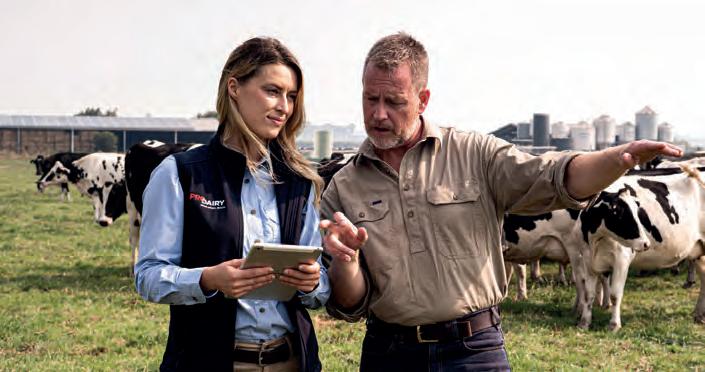
ProDairy can assist you with the development of a tailored plan:
• On-farm visit by a ProDairy veterinarian.
• Review of the current biosecurity principles, the major risks and actions taken to reduce those risks.
• Development of a customised biosecurity plan. Visit prodairy.com.au for more information.

John van Sliedregt is a market milk supplier who milks 135 Friesians on his dairy farm north of Toowoomba in Queensland, in a PMR system with 10kg of concentrates.

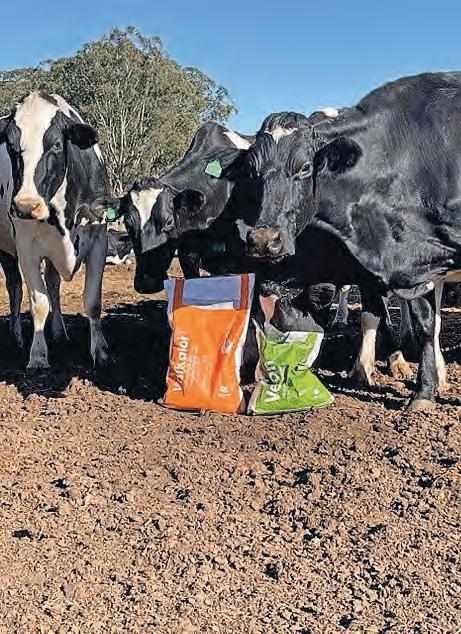
John said the past few years had presented many challenges in feed sourcing and costs, with a range of feeds used including triticale, sorghum and corn, molasses, proteins, chick peas, mung beans, whole cottonseed, cereal and lucerne hay. Summer pastures are Rhodes grass and Kikuyu-based.
That’s meant lots of changes in diets and quality of ingredients received.
Hoping to stabilise production increases and composition components, in mid-March John started feeding 20g/cow/day of Valkalor and 10g/ cow/day of Vertan.
He said there was a slight change in dung at about day four and then by 10
Queensland cows enjoy their new feed additives.
days the fat and protein percentage had both lifted 0.15 per cent (without feeding a bypass protein source like soy or canola meal) and maintained this for the next six weeks despite changes in rations, weather, paddock and hay quality.
Milk production has increased and milk payments have increased, John said.
“The products have a distinctive sweet smell which acts like a feed flavour. Cows love how the feed masks any changes to diets. Calves also like it.”
John said it was worth the investment and he planned to keep using the products.
ALTHOUGH PASTURES may be longer than desired for silage cutting in a wet winter/ spring, best management principles still hold.
The aim is to make the best quality silage from the pastures that are available, accepting that the pastures may already have a reduced quality.
At this time of the year, digestibility is dropping three to five per cent and protein by one to three units every seven to 10 days.
So if paddock damage is avoidable, cutting earlier with only a small amount of rain damage will produce a better quality silage than cutting later after forage quality has dropped.
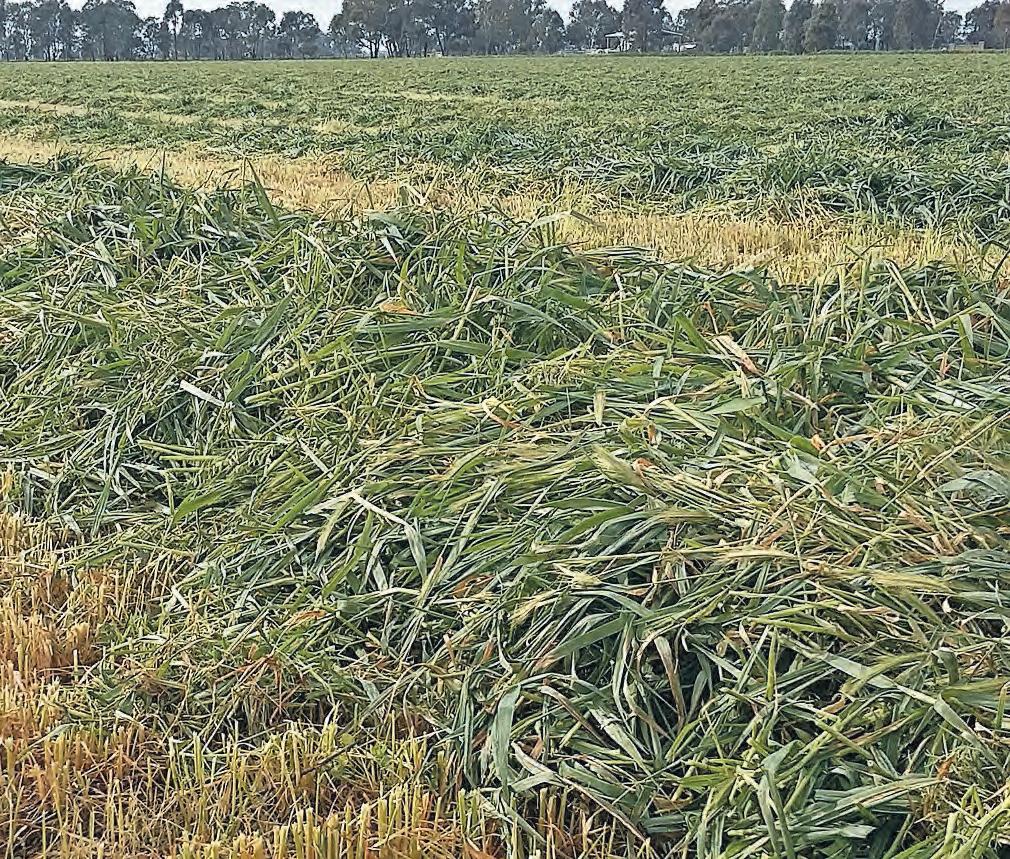
In very wet weather conditions, cutting silage early to maximise quality is often not an option, however even in wet conditions it is recommended to still follow these steps to making high quality silage as closely as you can.
Cut as early as is possible while limiting damaging the paddocks.
Ted or use a mower conditioner to speed up the wilting process.
Harvest into a stack or bale within three days of cutting if possible. Forage dry matter should range from 30 to 38 per cent for stack or pit silage and 40 to 50 per cent for bales. Aim for densely compacted bales and a tightly rolled pit. Chop the forage short and layer thinly in the pit and roll until compacted. Seal bales and pits airtight as soon as possible after harvest.
If harvest is interrupted by rain, move bales to an undercover area if possible to wrap so that the seal is airtight. Cover the pit in
plastic until harvest can continue and consider if further silage is going to be of poorer quality, sealing this stack and starting another one.
Label and store bales in quality groupings so that they are easily identifiable for feeding to different classes of stock.
These practices will ensure you make the best quality silage you can from the pasture you started with.
In long rank pastures, beyond canopy closure, sunlight does not reach the base of the plant and the growing point moves up the stem. These pastures tend to thin out as tillers weaken and die without sunlight and no new tillers are generated. Some rye-grass tillers form seed heads and these move up the stem also.
Cutting these pastures down to 5cm removes the growing point, reducing tiller and plant density.
The green leaves can be so high off the ground that often almost all the green leaf is removed even if the mower is set to higher cutting settings, leaving a ‘white’ paddock after mowing.
These pastures risk ongoing viability and persistence challenges and the risk of weed infestation is higher post harvest.
In summary, in excessively wet conditions, silage quality will be reduced and perennial rye-grass paddocks will be compromised.
Managing paddocks to regenerate the perennial rye-grass is essential, however if the
pasture base has been thinned out too much, or significant damage to the soil has occurred, then summer cropping and autumn renovation, or over-sowing, may be the best option.
Maintaining a grazing residual of 4cm to 6cm throughout is the best management for the pasture.
– Dairy Australia







Right now, Massey Ferguson has an unbeatable 0% P.A FINANCE * offer on MF 4700, MF 5700, and MF 6700 tractors. Enjoy interest-free repayments for the entire loan term. Get in quick. This offer is limited so you have zero time to lose.

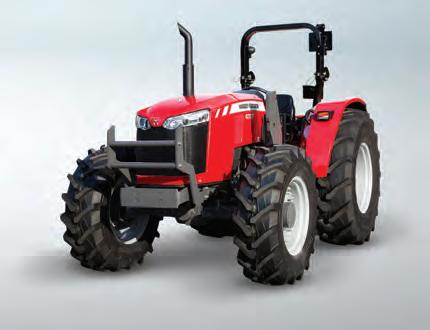
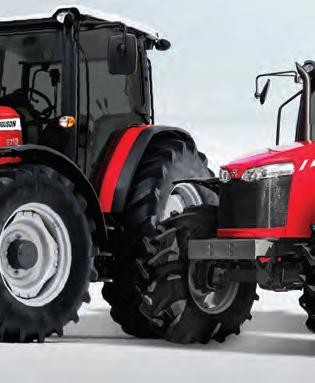
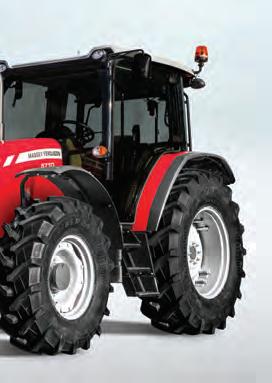
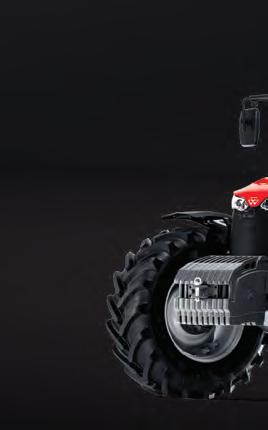


IN 2021, agricultural machinery brand Case IH embarked on its first brand campaign in many years, and from July the third instalment of the ‘It’s what we do’ story has hit Australian screens.

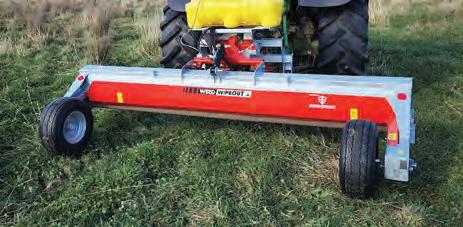
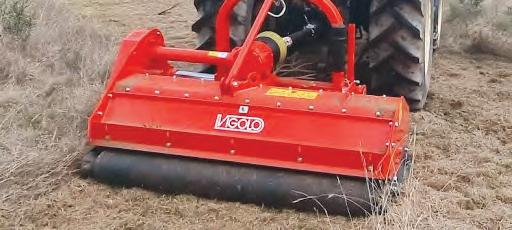
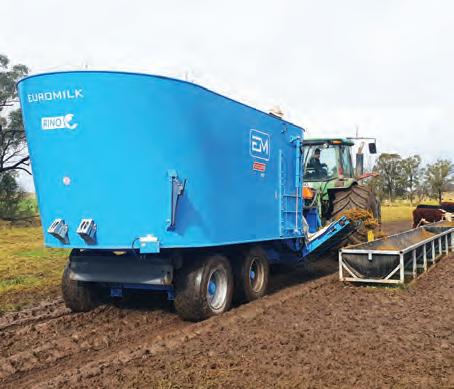
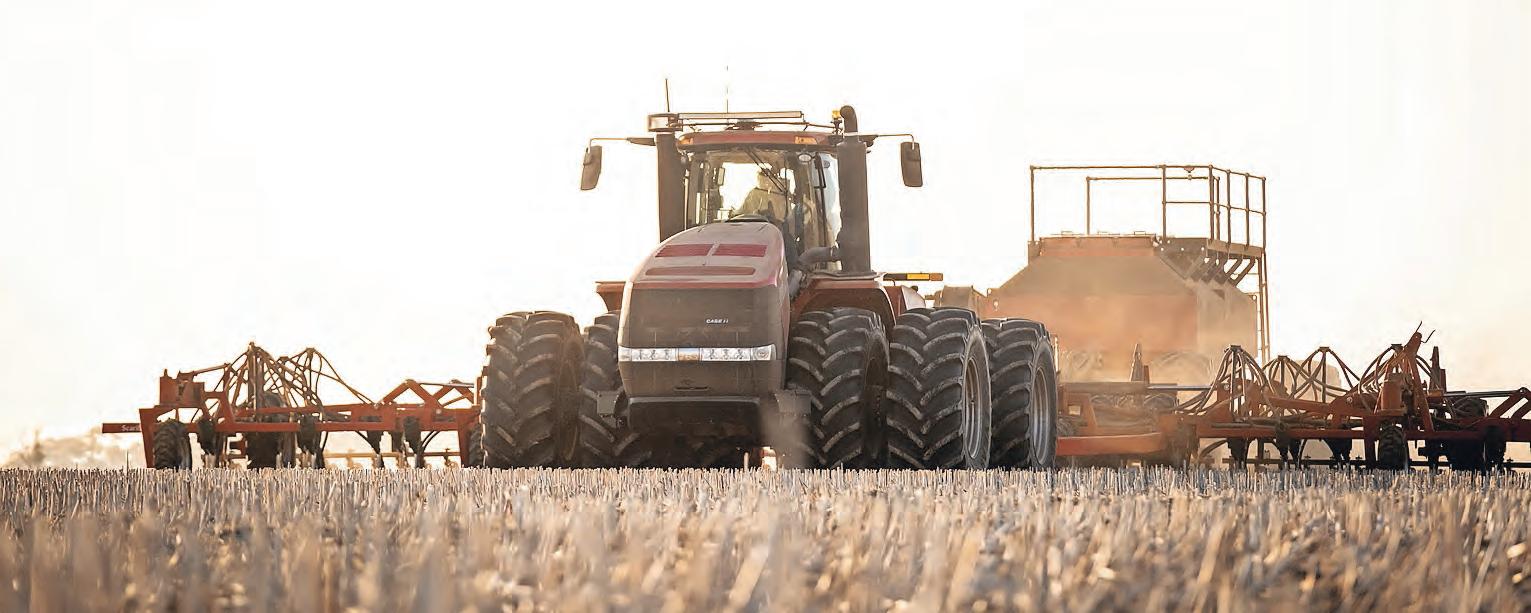
This time around, the focus is on the evolution of the machinery, “From horse. To horsepower. From monstrous. To autonomous.
From fierce continents. To frozen ones. And we plan on staying here…”
Farmer and scientist Anika Molesworth narrated the first instalment of the campaign, which highlighted Case IH customers, while Mick Brennan, via Case IH dealership, Intersales, voiced the second part of the story paying tribute to the efforts of the Case IH dealership network and the service they provide.
Now, West Australian indigenous artist Taminga Connell brings this stage of the campaign to life, taking the viewer through the development of the Case IH portfolio of products over the past 180 years.
It’s the first time Taminga, who created a major artwork as part of Case IH parent company CNH Industrial’s initial Reconciliation Action Plan (RAP) launched in May, has been part of a brand campaign.
“It’s all been new to me but I’ve always called rural and regional Australia home, so I was keen to be involved,” Taminga said.



“I appreciate the contribution agriculture-focused companies like Case IH make to our communities and the passion they feel for regional Australia, and I feel honoured to be an
indigenous voice in this campaign.”
Taminga, a Bunuba/Kija woman, and her family live in Kununurra in Western Australia’s Kimberley region where she and husband Scott operate Kimberley Spirit Tours, and the associated not-for-profit Kimberley Spirit Foundation, which aims to help reduce rates of youth suicide in the region by empowering and equipping children with the skills to reach their full potential.
Case IH Australia/New Zealand general manager Aaron Bett said the campaign was adding the third pillar, product, to Case IH’s focus on
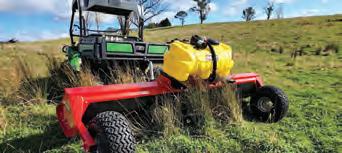
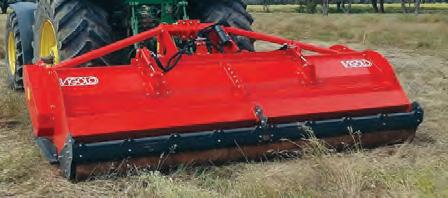
the critical aspects of the business — customers, dealers and products — and they were thrilled to have Taminga as part of the story.
“Taminga lives in one of the most remote regions in our country, which went through its own challenges early this year with catastrophic flooding, so she knows first-hand the challenges of the likes of isolation and weather events, and the resilience that’s often needed, like our customers in every corner of the nation,” Aaron said.
“Case IH, and our dealer network, work hard every day to support our customers and the
regions they call home.
“The ‘It’s what we do’ mantra highlights the legacy of the brand, the dedication of our customer-focused dealers and celebrates everything that our hard-working farming communities do to grow our food and fibre.
“The Case IH team remains committed to playing our role in contributing to greater productivity and sustainability outcomes for agriculture and the ongoing growth of regional communities.”
The campaign is airing across television, out of home (OOH) and digital channels.
JOHN DEERE is urging customers to upgrade now to a 4G LTE JDLink modem, so they’re ‘all G (good)’ for ongoing collection and transfer of machine data and remote diagnostics, before the 3G network is shut down mid-next year.
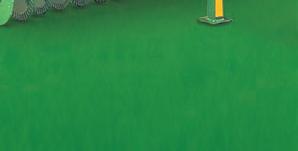
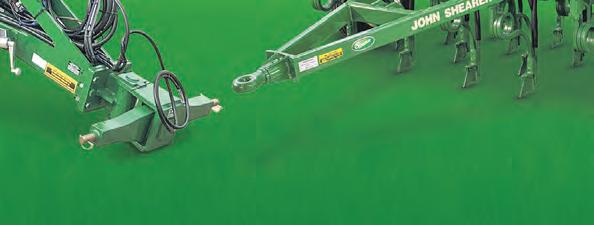
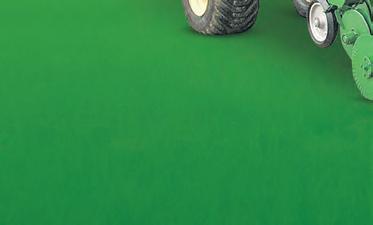







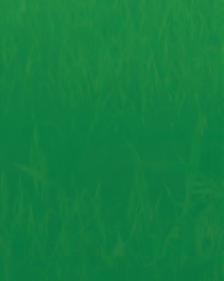

Mobile provider Telstra will switch off 3G on June 30, 2024, with others to follow, making it critical customers move quickly to upgrade modems to 4G technology to ensure continuity of services.
Already, customers using 3G modems may be experiencing problems due to reduced network coverage, decreased transmission speeds, or complete loss of function where 3G technology has been decommissioned from specific towers by telcos.
John Deere production system manager Ben Kelly said while the loss of 3G networks in Australia could put agriculture’s connectivity at risk, customers can avoid disruptions to services by upgrading to 4G now.

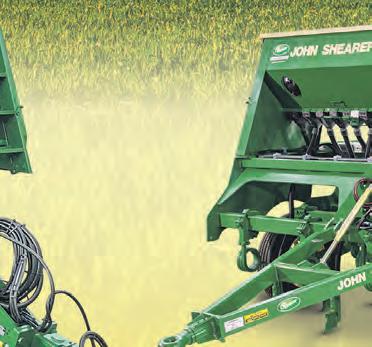


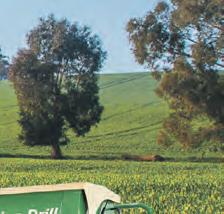
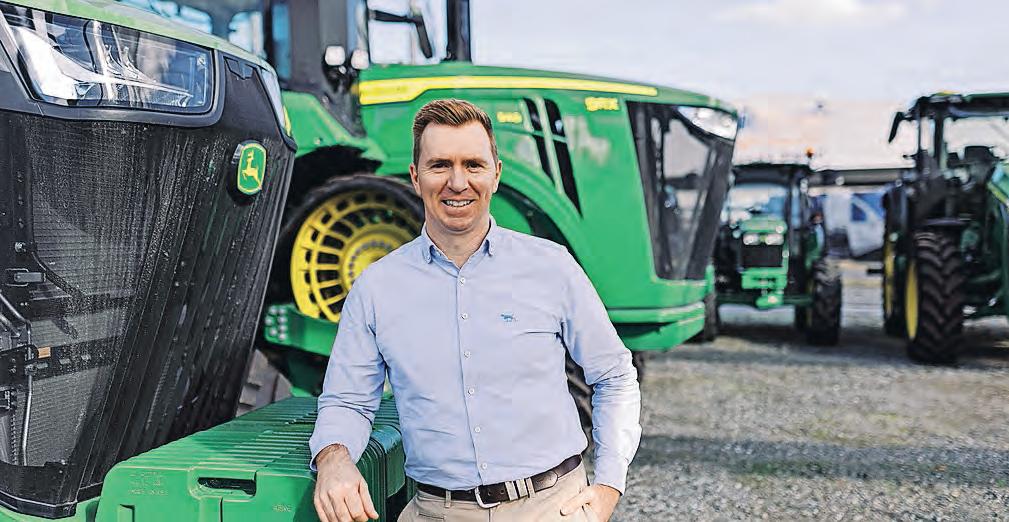
“Connectivity is foundational to today’s agricultural production, enabling growers to connect their people, equipment and data to make more effective decisions, in real-time,” Mr Kelly said.
“As technology continues to improve at a rapid rate, we are seeing customers look to retrofit their existing equipment to take advantage of the latest tools and innovation available.
“Ideally, we would prefer the 3G network stayed in place, but this is not something that












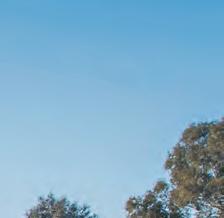


can be controlled, so we are looking at this as an opportunity to provide farmers with a better experience, particularly given the improved coverage and speed offered by 4G.
“Over the next 12 months we’ll be telling our valued customers ‘Upgrade to 4G, so you’re all G’.”
Mr Kelly said the upgrade process was relatively simple.
“The existing 3G modem and antenna can be upgraded to 4G quickly and easily ensuring farmers receive continued connectivity, as well as access to some new functionality.
“While there will be a hardware cost to
upgrade to 4G, JDLink connectivity to John Deere Operations Center remains free, meaning farmers can continue to connect to equipment with no ongoing cost.”



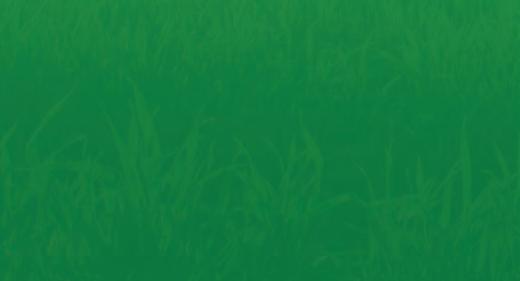

Growers with 4G modems can process and transfer more data from their machines through increased processing, memory and storage capacity, and connect wirelessly to a user-provided hotspot device for data transfer, or use Bluetooth to connect to portable devices.
“June 2024 may still be 12 months away, but we’d encourage customers to start speaking to their local John Deere dealer now about
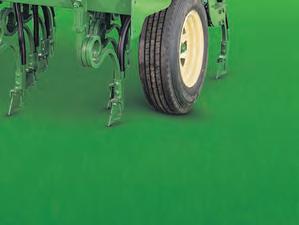

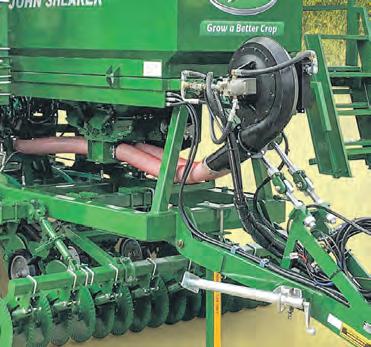
their options to upgrade from 3G to 4G,” Mr Kelly said.
“Never before has on-farm connectivity offered such significant gains to efficiency and productivity for farmers, so we urge customers not to leave it to the last minute and upgrade now to keep their farm connected.”
John Deere production system manager Ben Kelly.
FARMSAFE AUSTRALIA used National Farm Safety Week during July to speak to farmers about the importance of tractor, vehicle and machinery safety.
In particular, emphasising the importance of staying on the safe side by utilising and maintaining tractor safety systems as intended and refraining from any practices that compromise the effectiveness of these mechanisms.
Agriculture is currently the most dangerous Australian industry to work in, with the most recent Safe Work Australia benchmarking statistics showing an average of 10.4 fatalities per 100,000 workers (2021).
Fifty-five farmers lost their lives on Australian farms in 2022, with tractors accounting for 20 per cent of these fatalities and quad bikes accounting for 14 per cent.

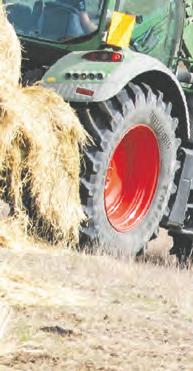




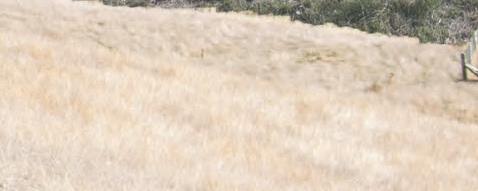

Tractor safety systems are specifically designed to protect operators and reduce the risk of injuries and fatalities by overriding the one commonality across all injuries and fatalities: human error.
These systems include roll-over protection structures, seat belts, power take-off guards, and other safety features integrated into modern tractors.
If farmers modify or disable these safety mechanisms, they unnecessarily expose themselves to risks and hazards.
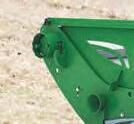

“While we understand that farmers have reasons for modifying safety systems on tractors, it is crucial to acknowledge the risks involved,” Farmsafe Australia chair Felicity said.
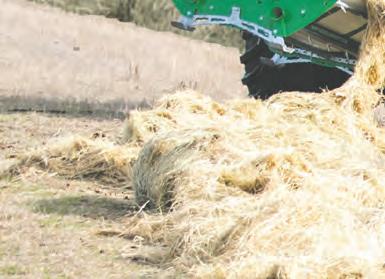

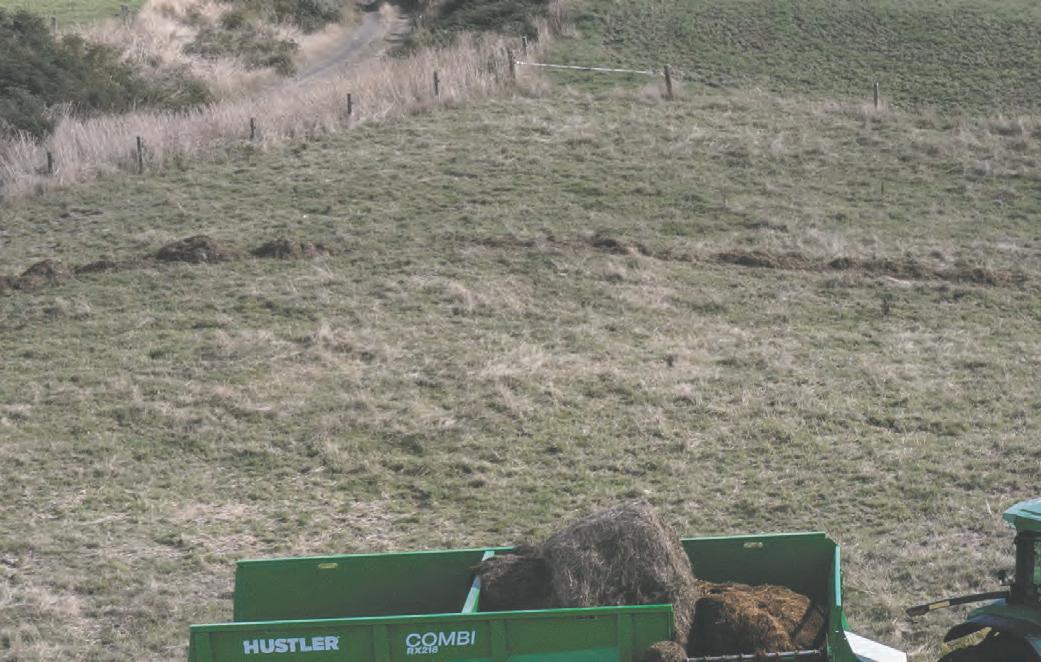
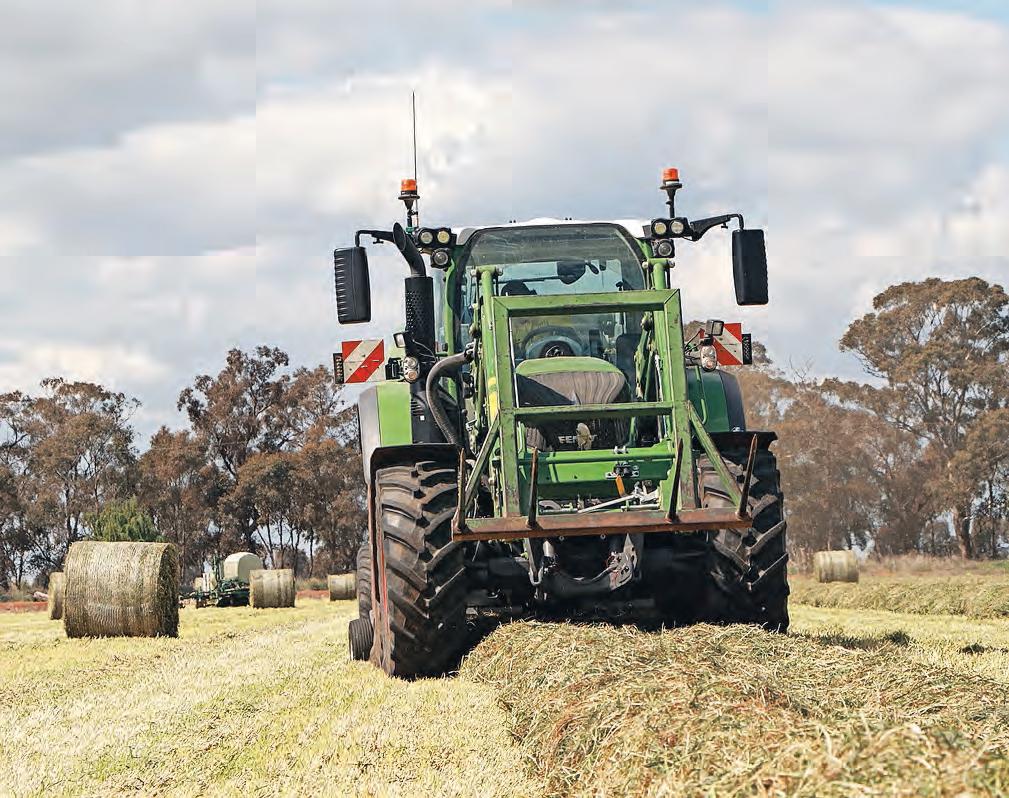
“These safety measures are not arbitrary; they have been implemented to safeguard the lives and wellbeing of farmers, farm workers and their families.”
Tractor-related incidents can result in severe injuries, loss of life, property damage and financial burden. By adhering to proper safety practices and utilising the provided safety systems, farmers can significantly reduce the risk of such incidents.
Prior to the 1980s, tractor fatalities on farms were primarily attributed to rollovers.
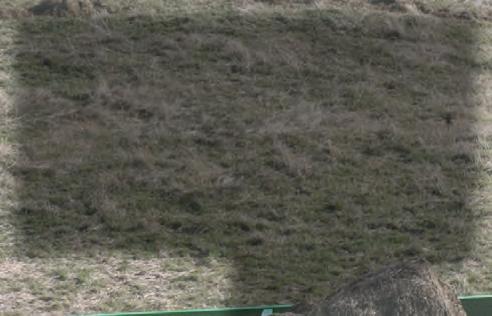
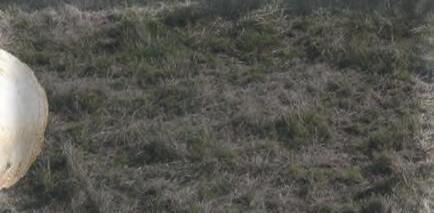



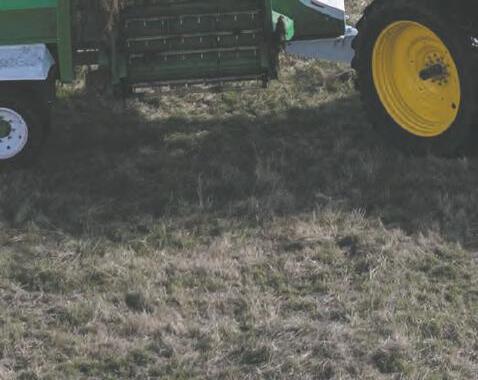
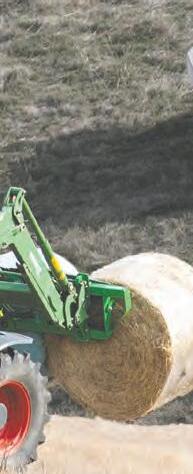
However, the implementation of legislation requiring the use of rollover protection structures on tractors resulted in a remarkable reduction of more than 70 per cent in rollover-related fatalities.
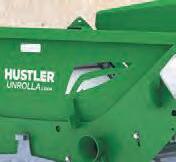

This significant decline stands as one of the most impactful and pivotal safety advancements in modern agricultural practices, highlighting the significance of embracing safety technology.
Farmsafe Australia recommends the following to promote tractor safety and discourage the circumvention of safety systems:



ɋ Understand the purpose: Familiarise yourself with the safety features installed on your tractor and recognise their importance in preventing fatal incidents and minimising injury.

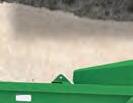


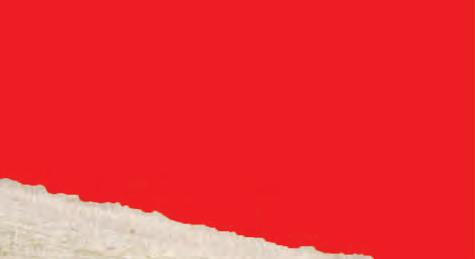
ɋ Resist modifications: Avoid altering or disabling safety systems.




ɋ Advocate for education: Encourage discussions within the farming community about






the importance of tractor safety. Share information and resources to raise awareness and promote responsible practices.

ɋ Stay informed: Regularly check for safety updates and recall notices provided by tractor manufacturers. Stay updated on new
safety technologies and guidelines that can enhance the protection provided by your equipment.



ɋ For more information and educational resources on tractor and machinery safety, visit: www.farmsafe.org.au

